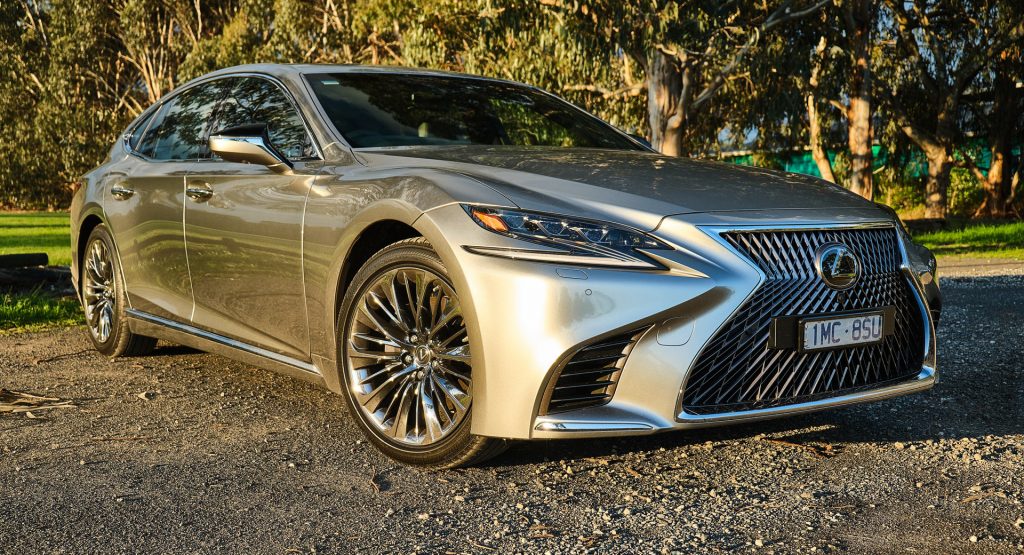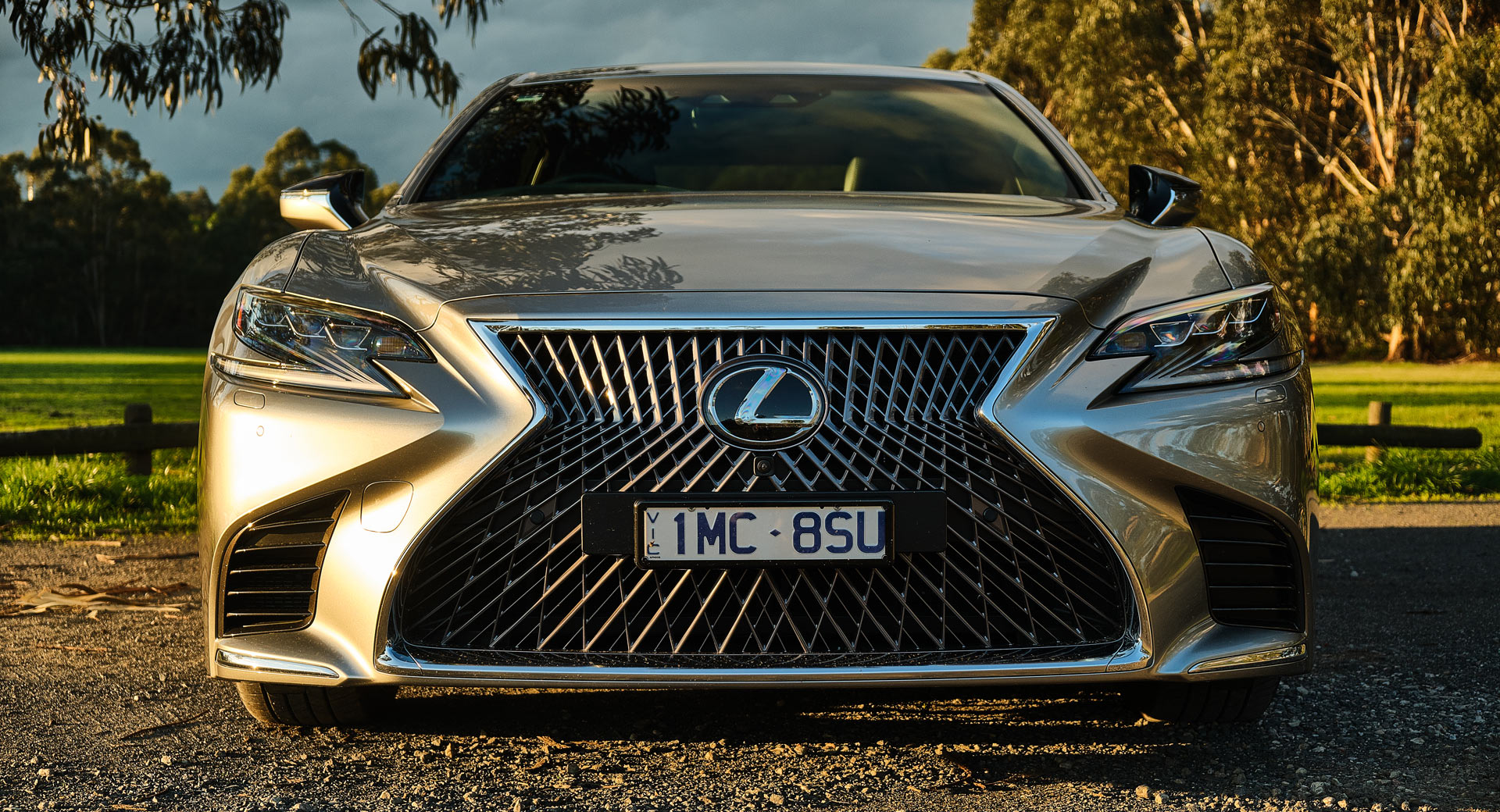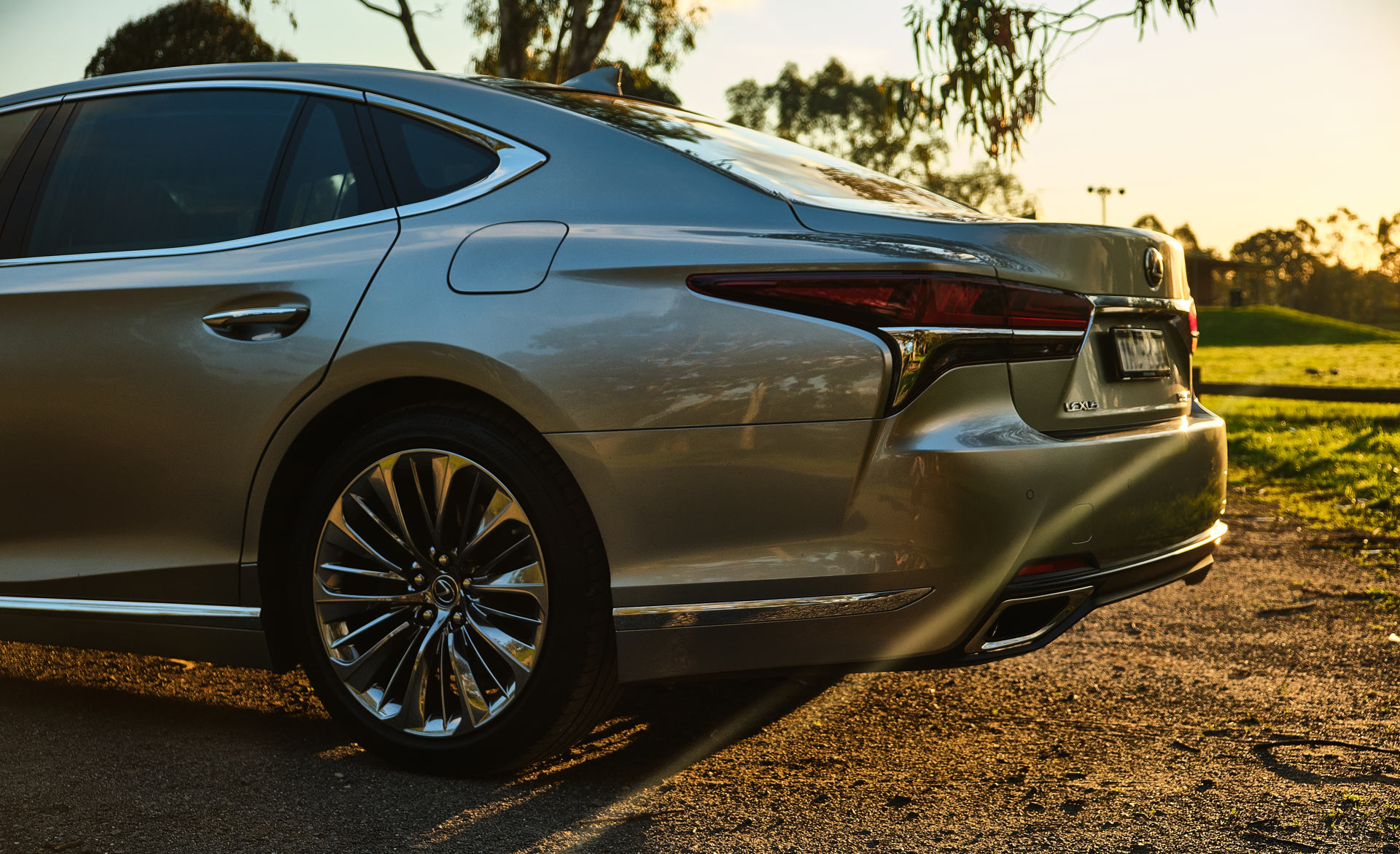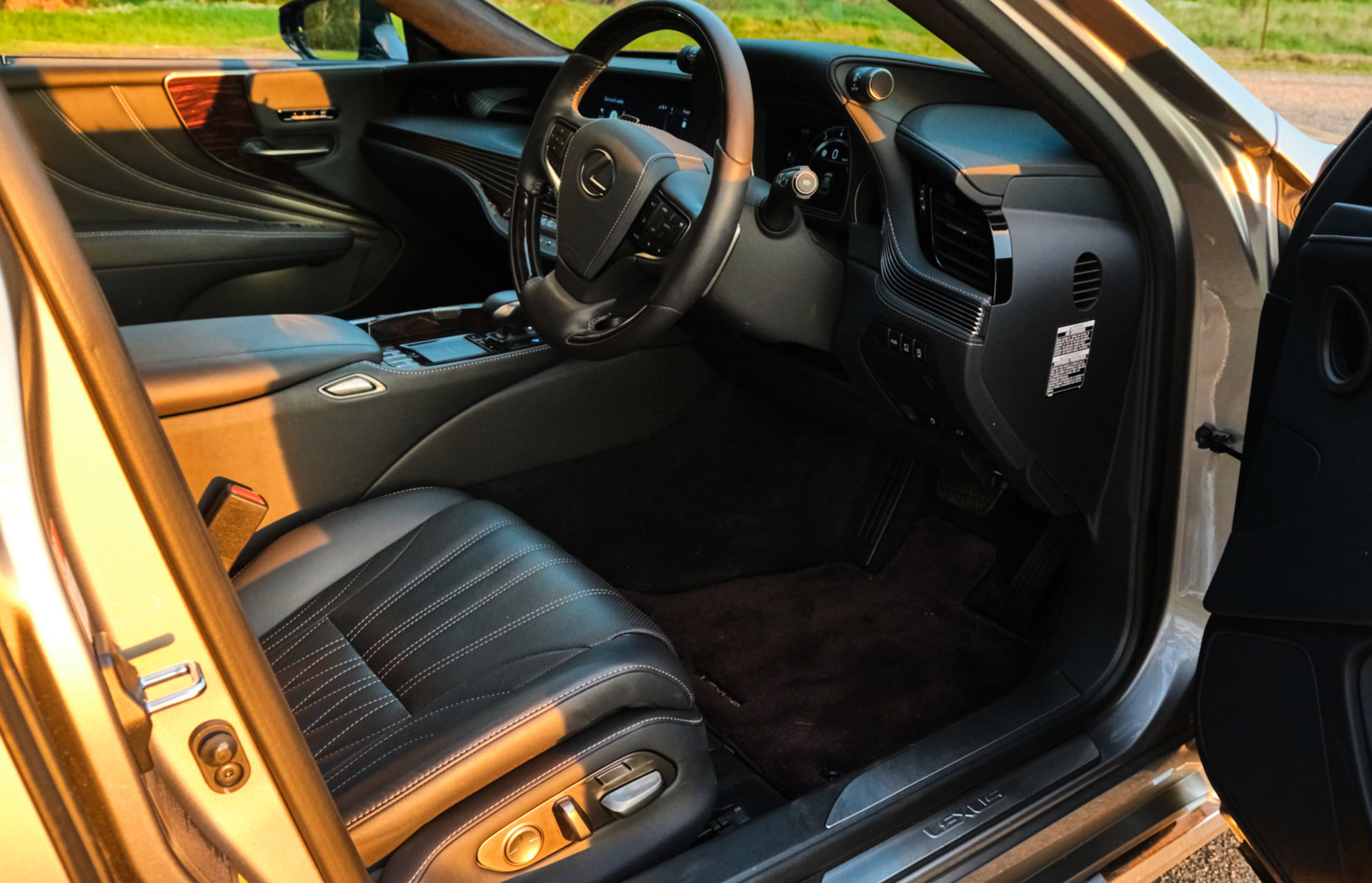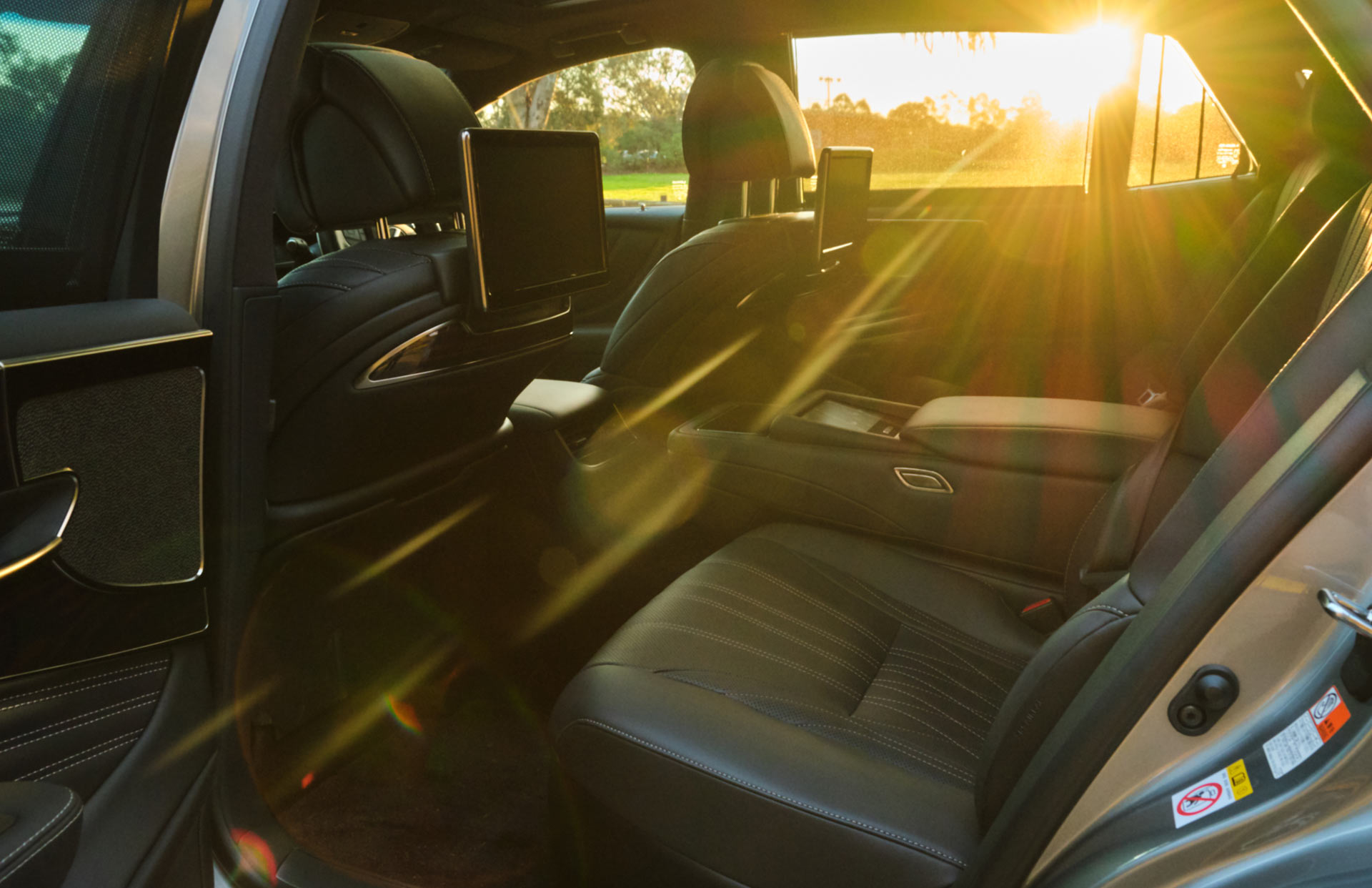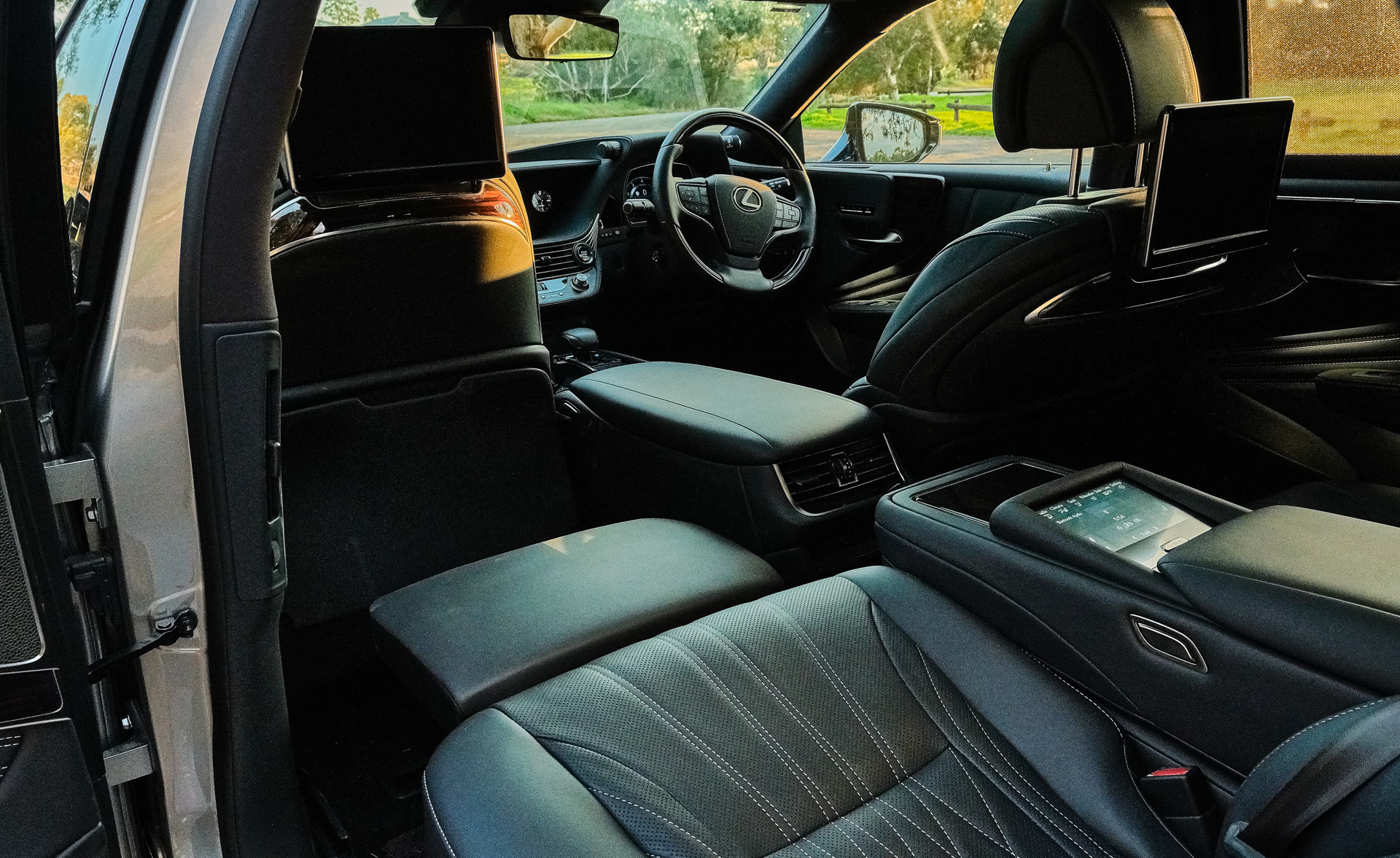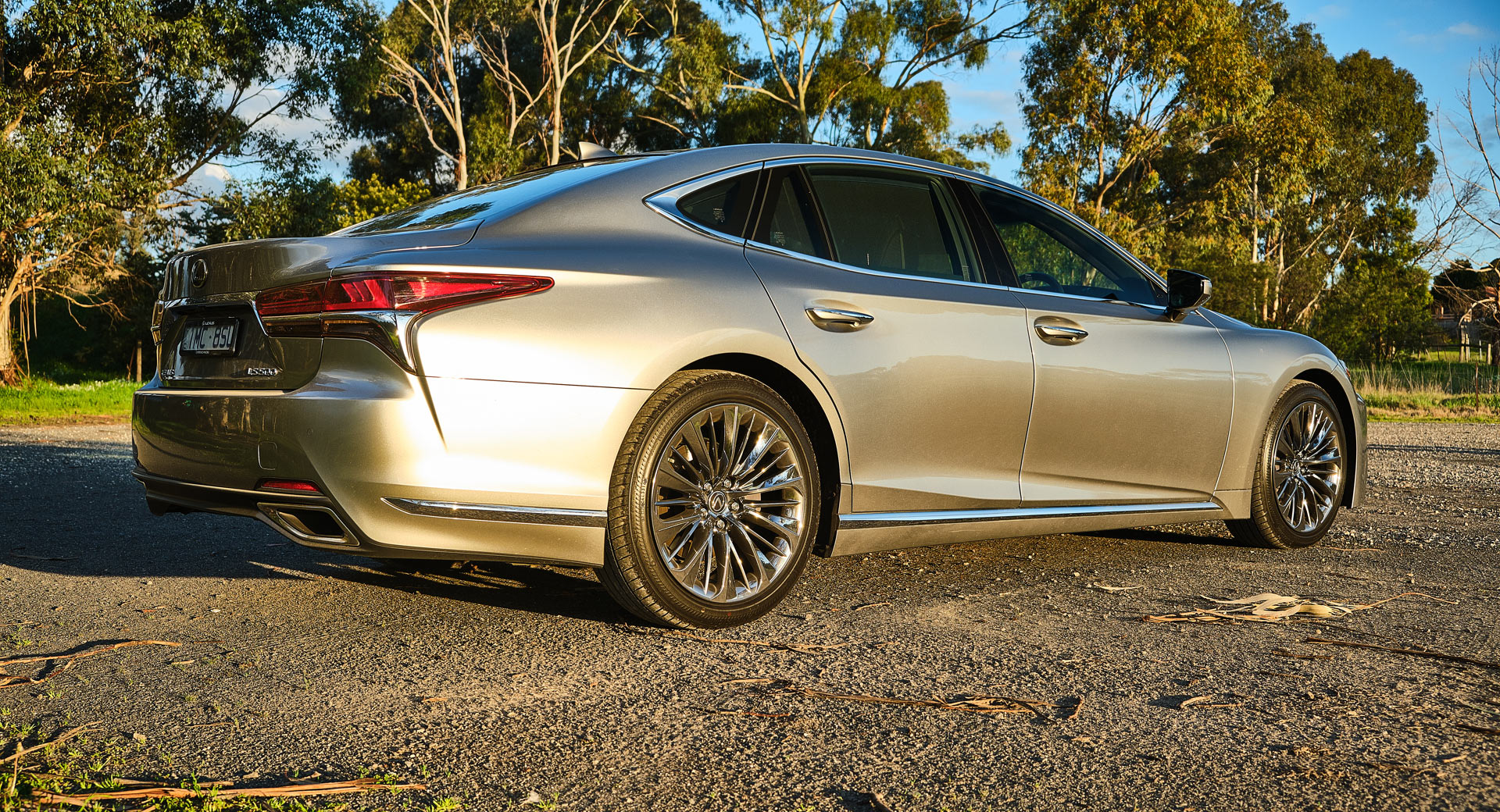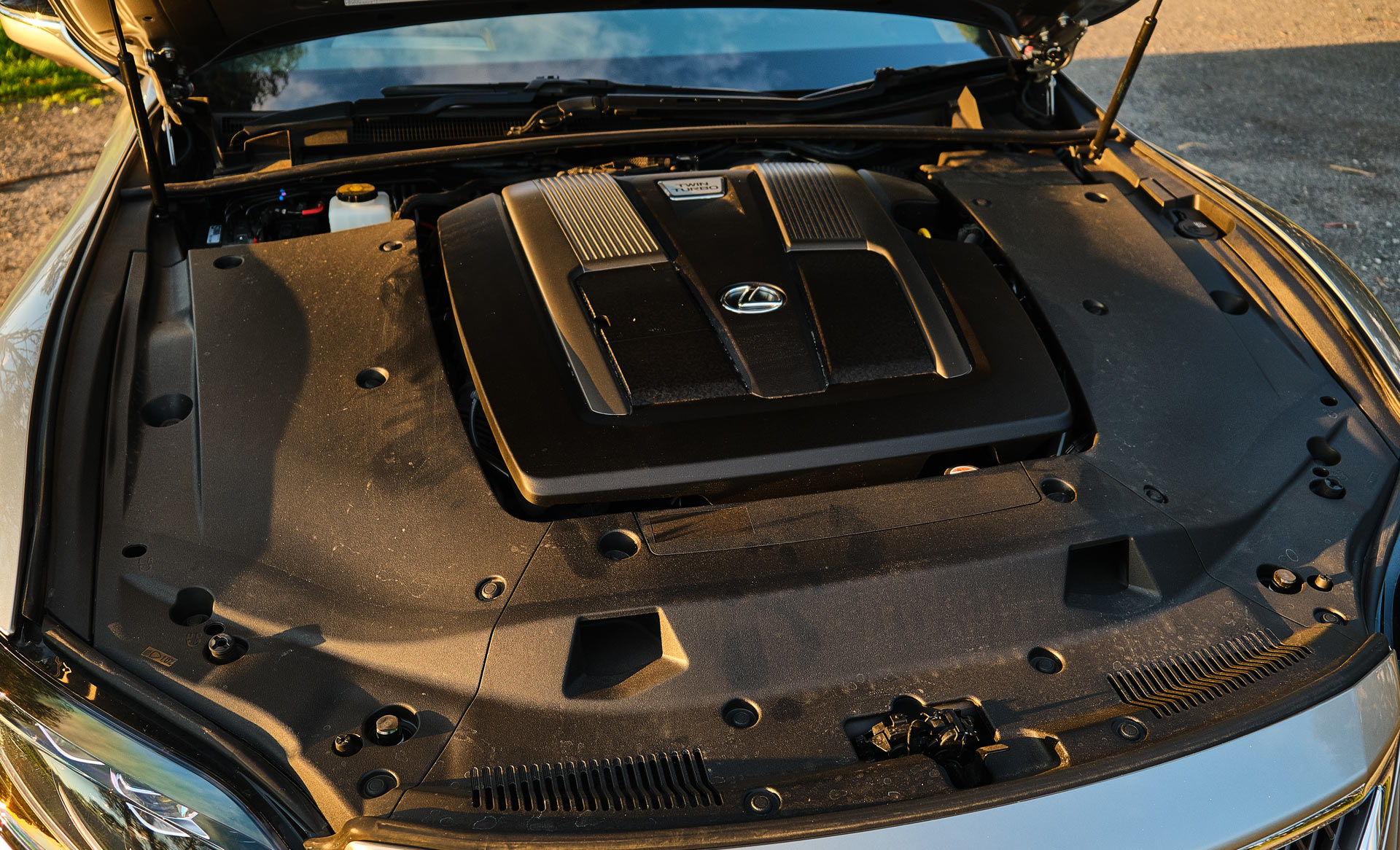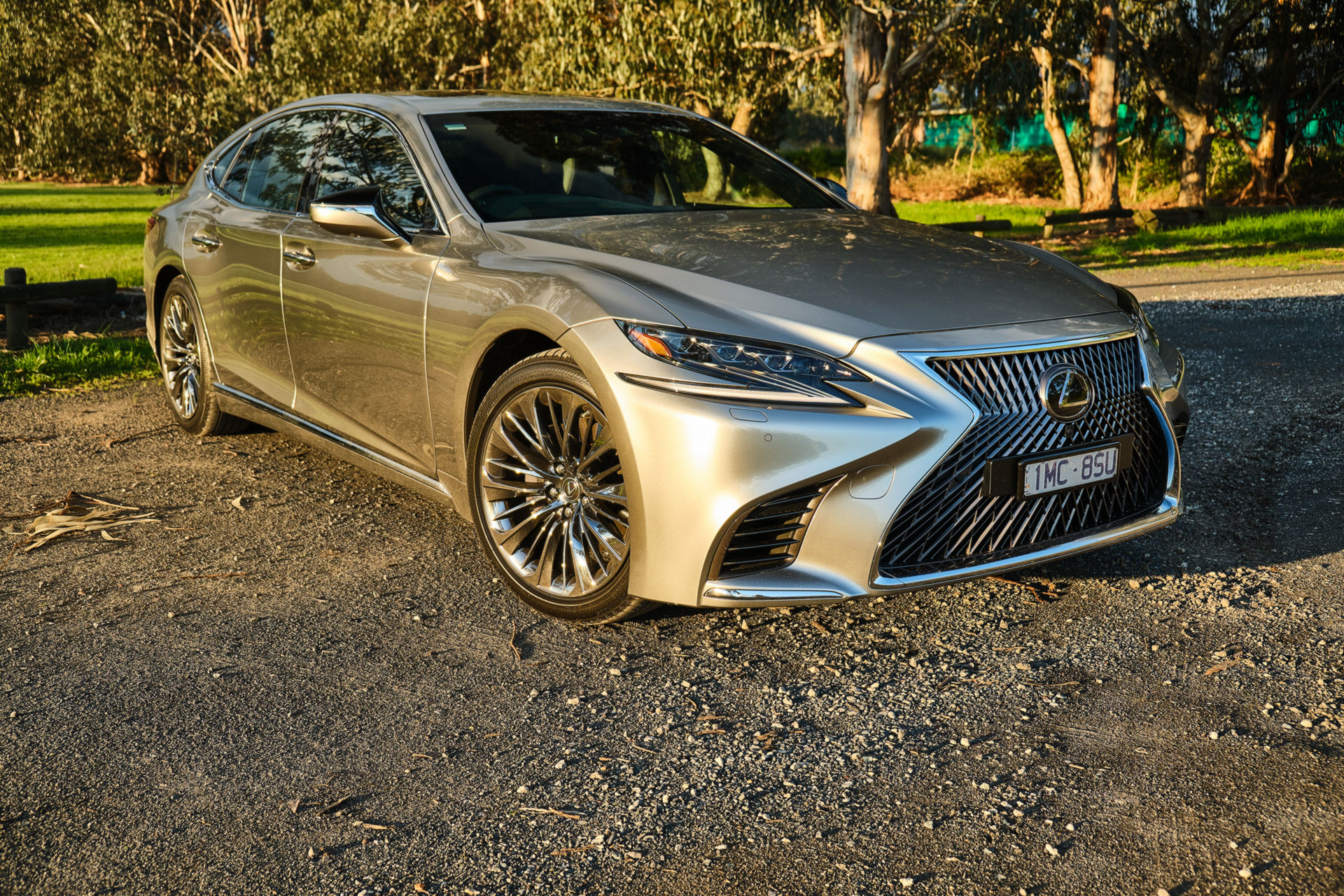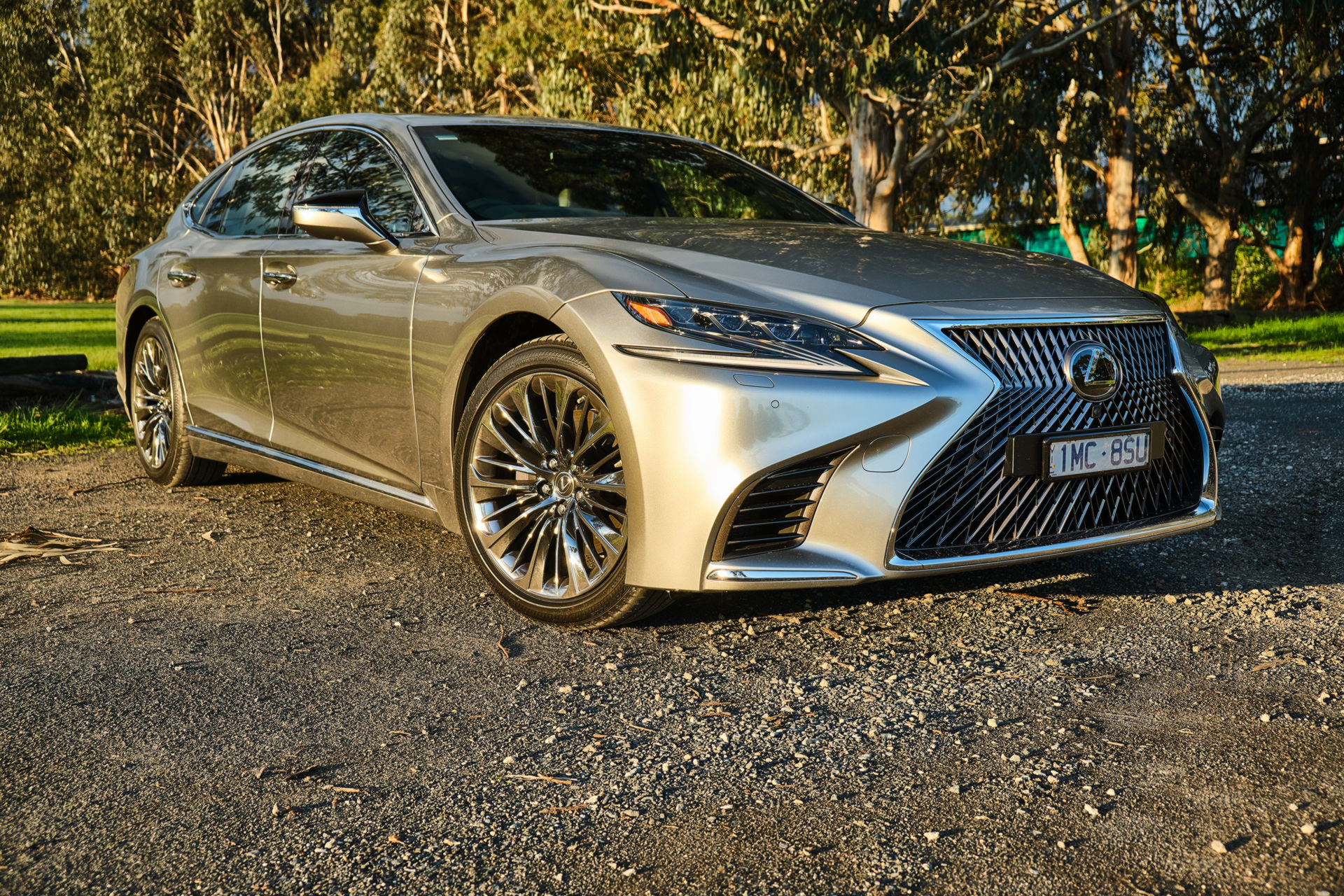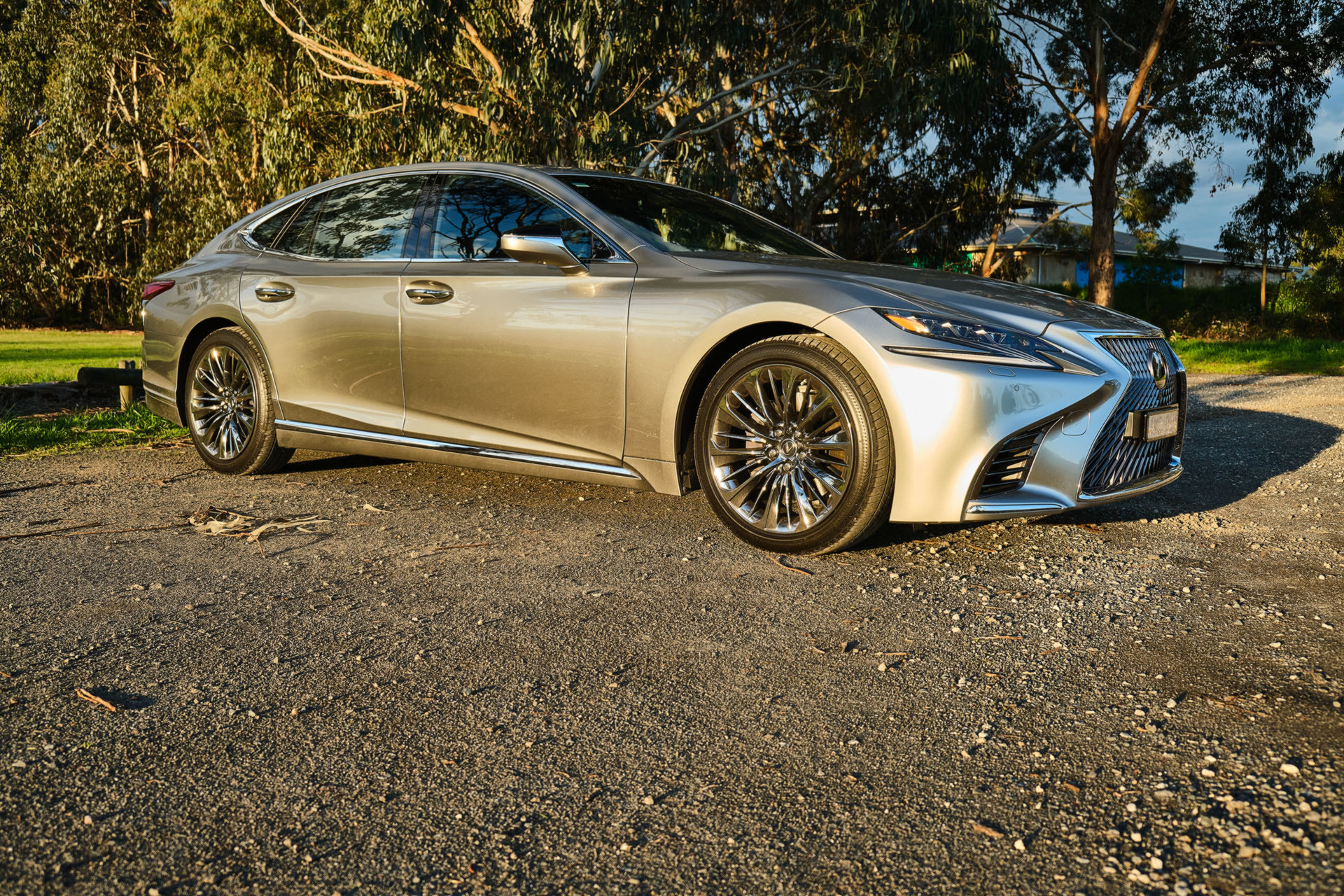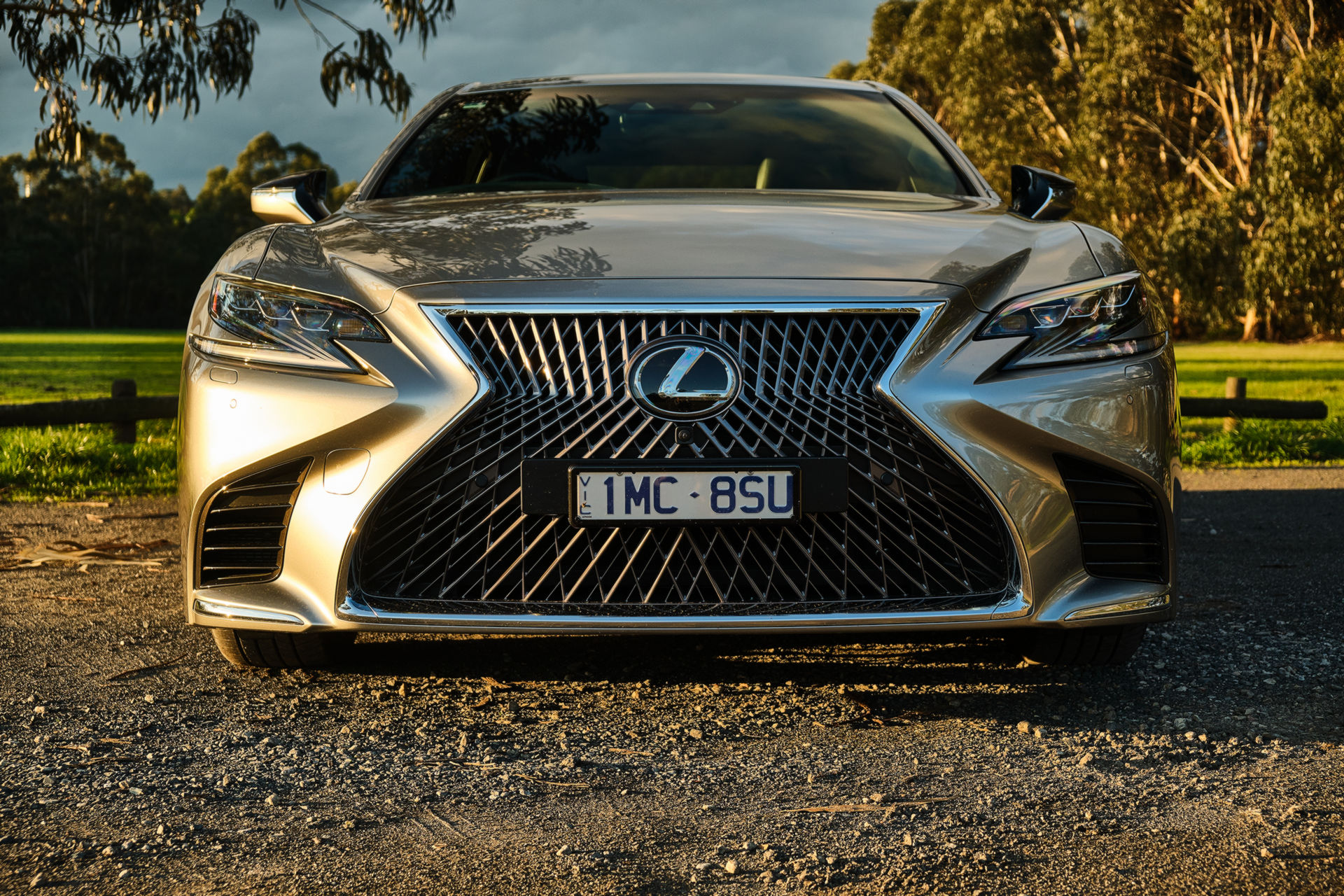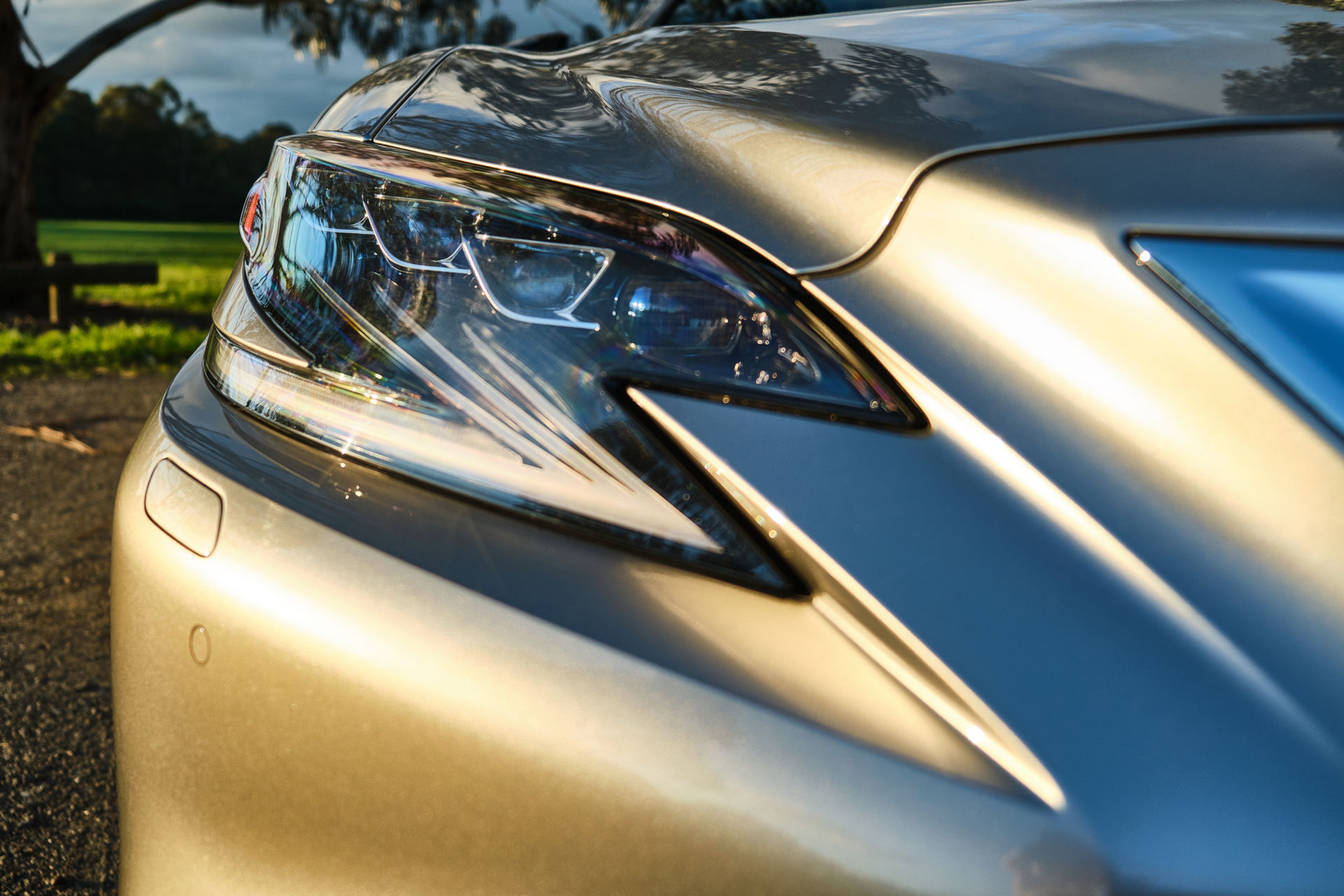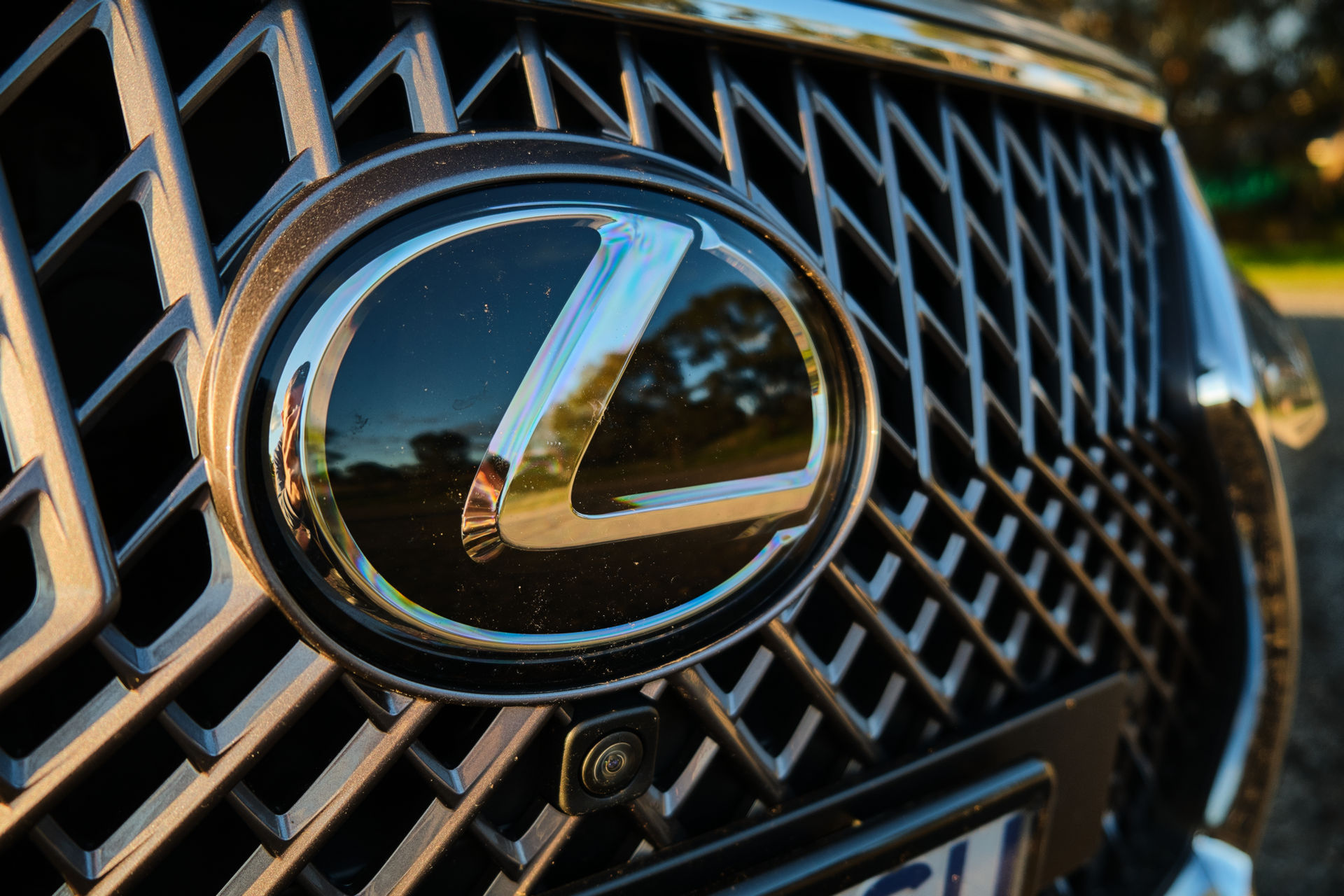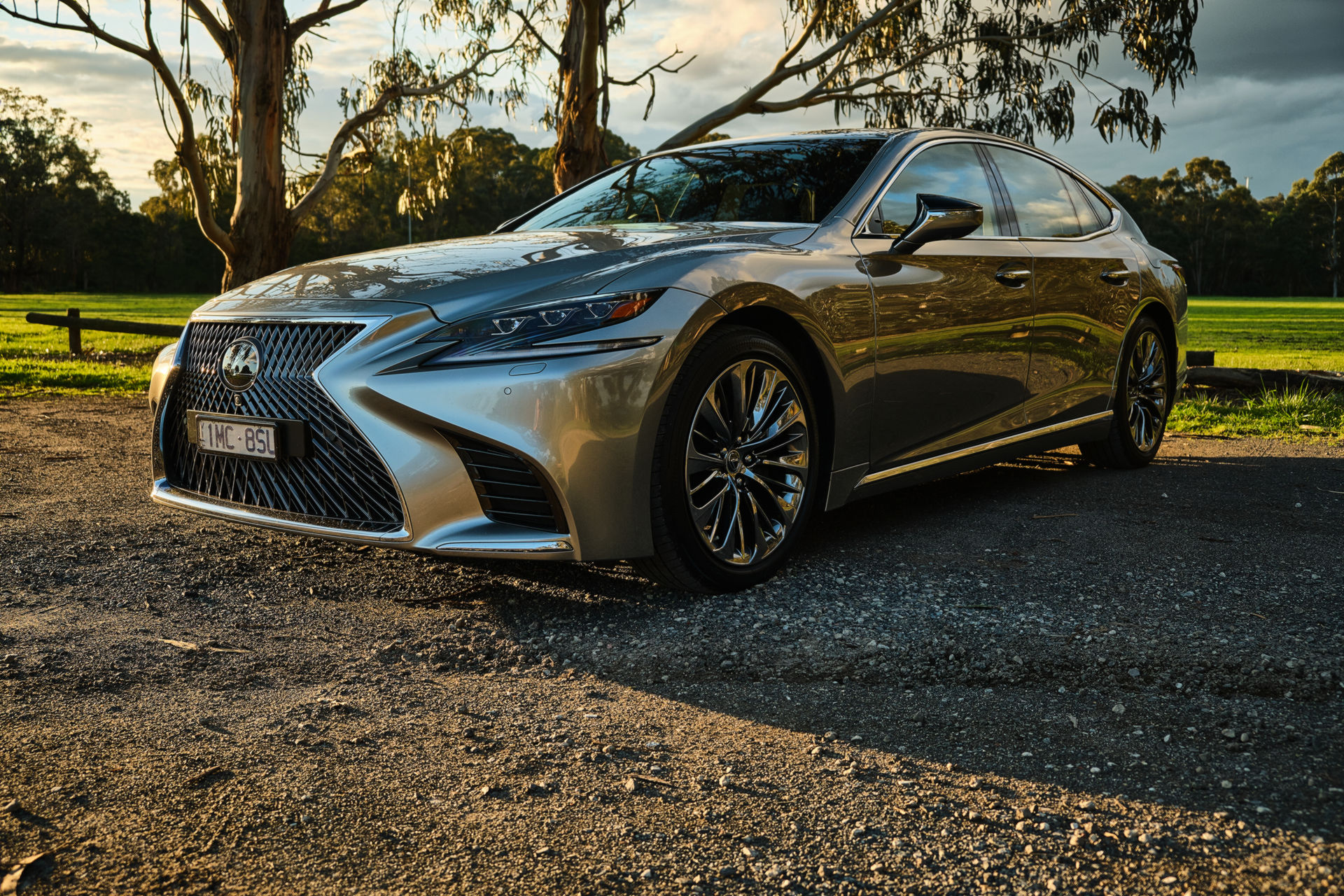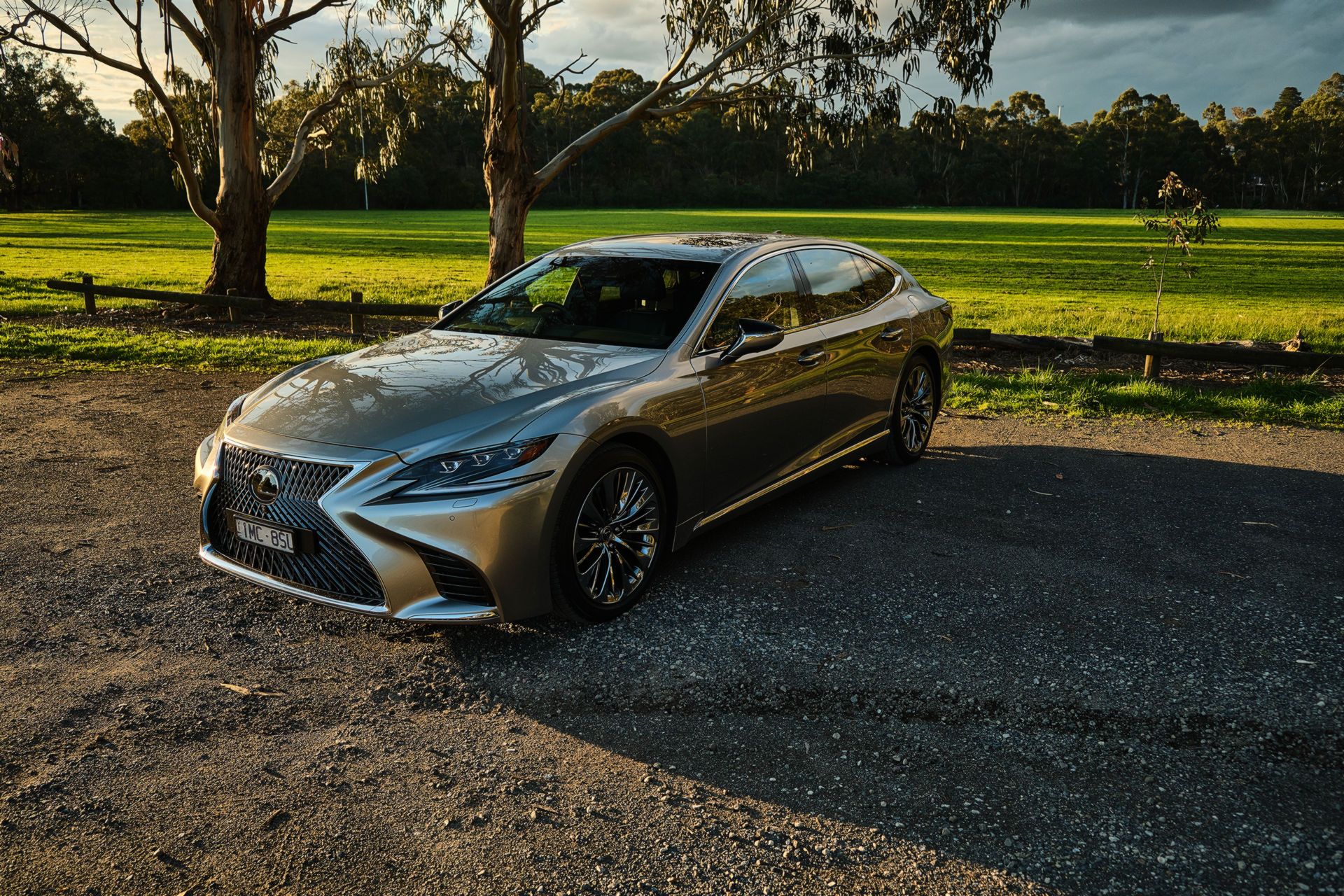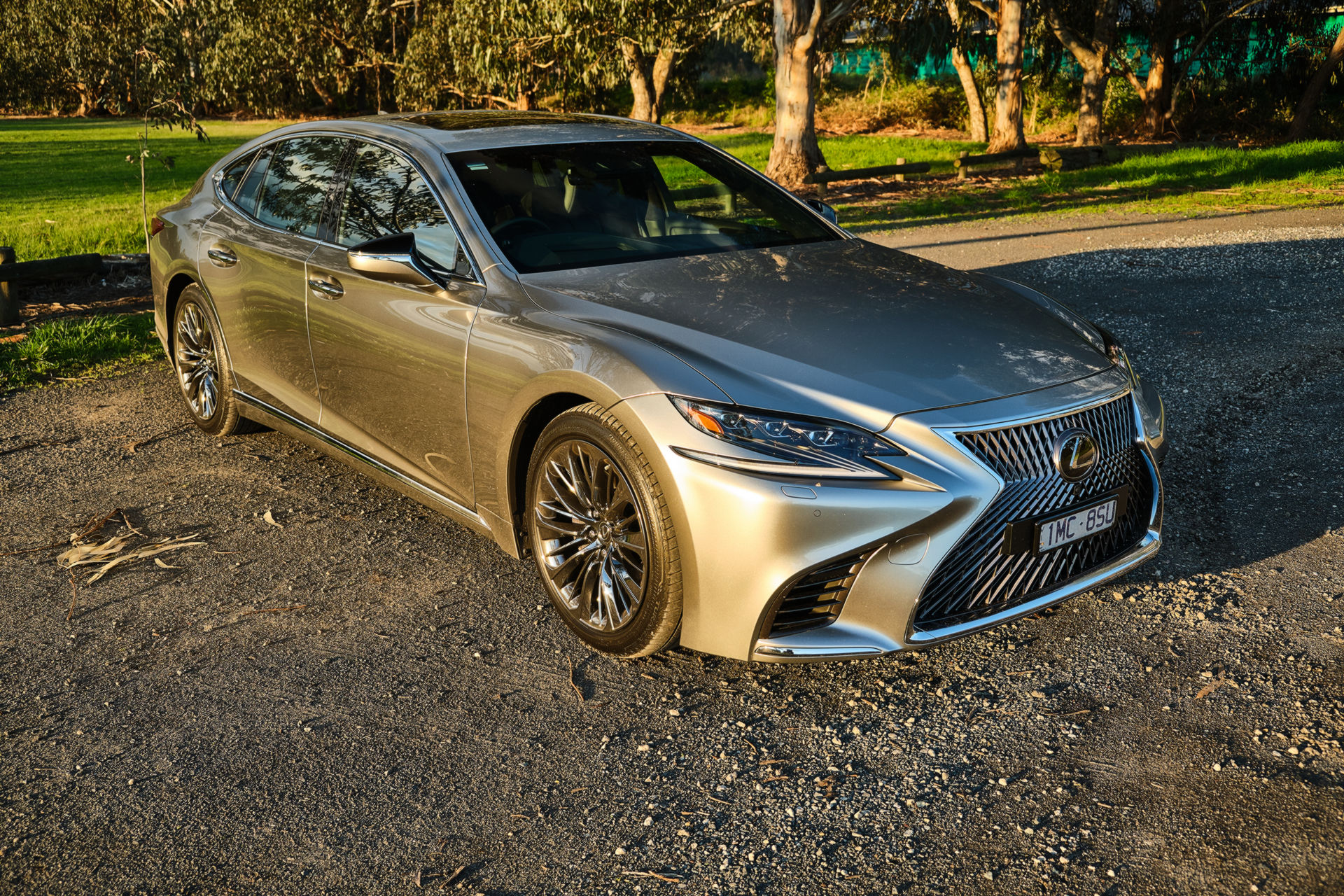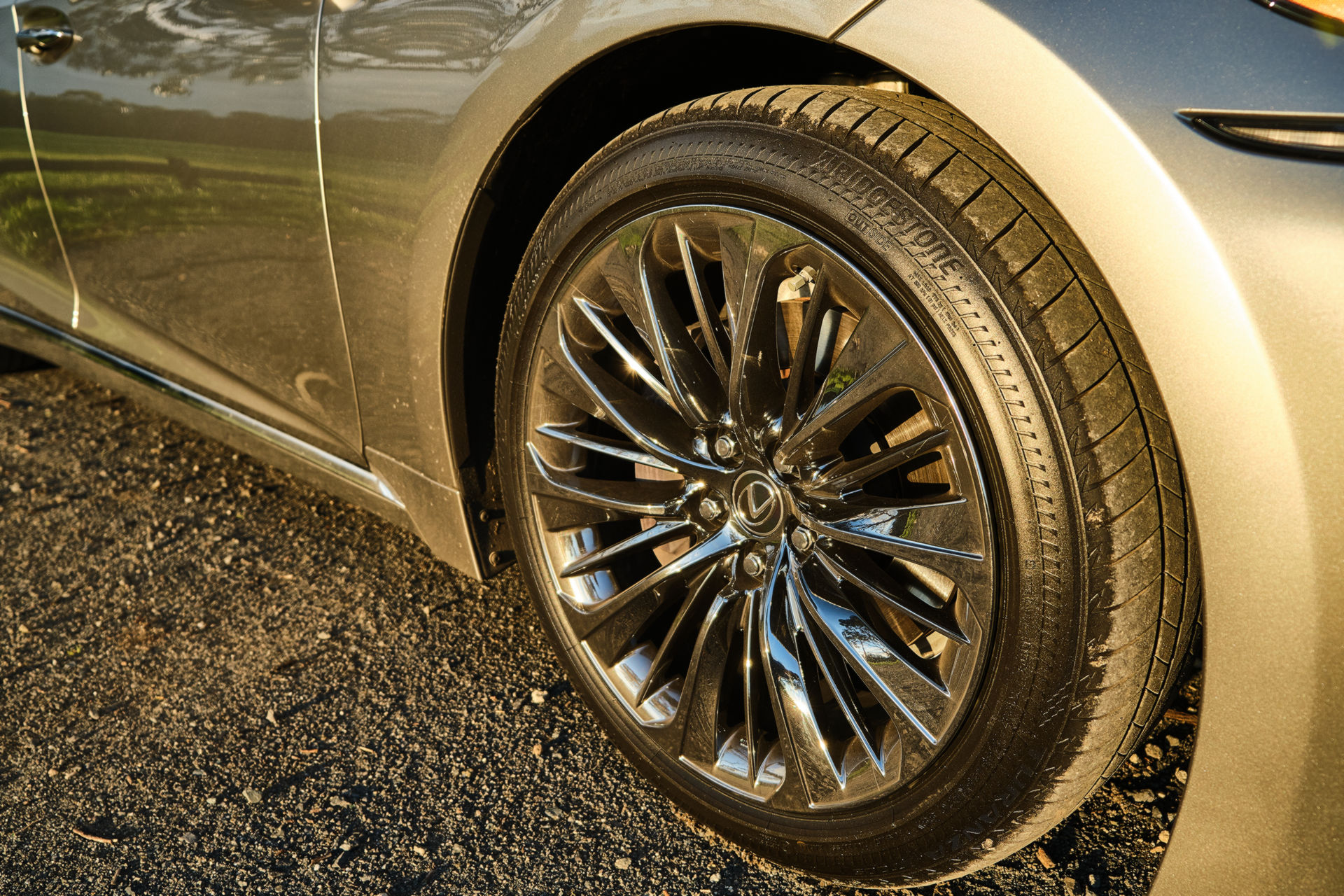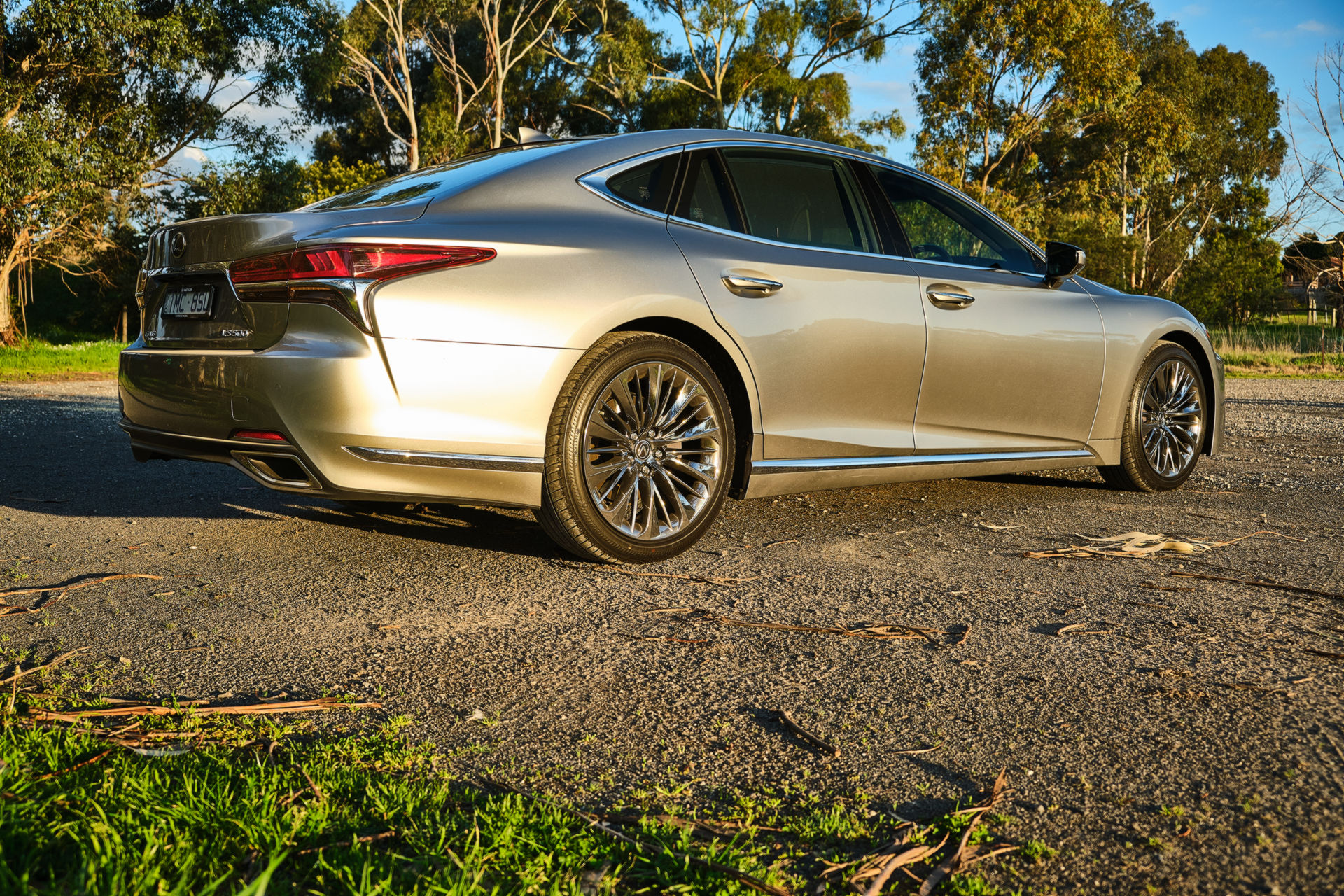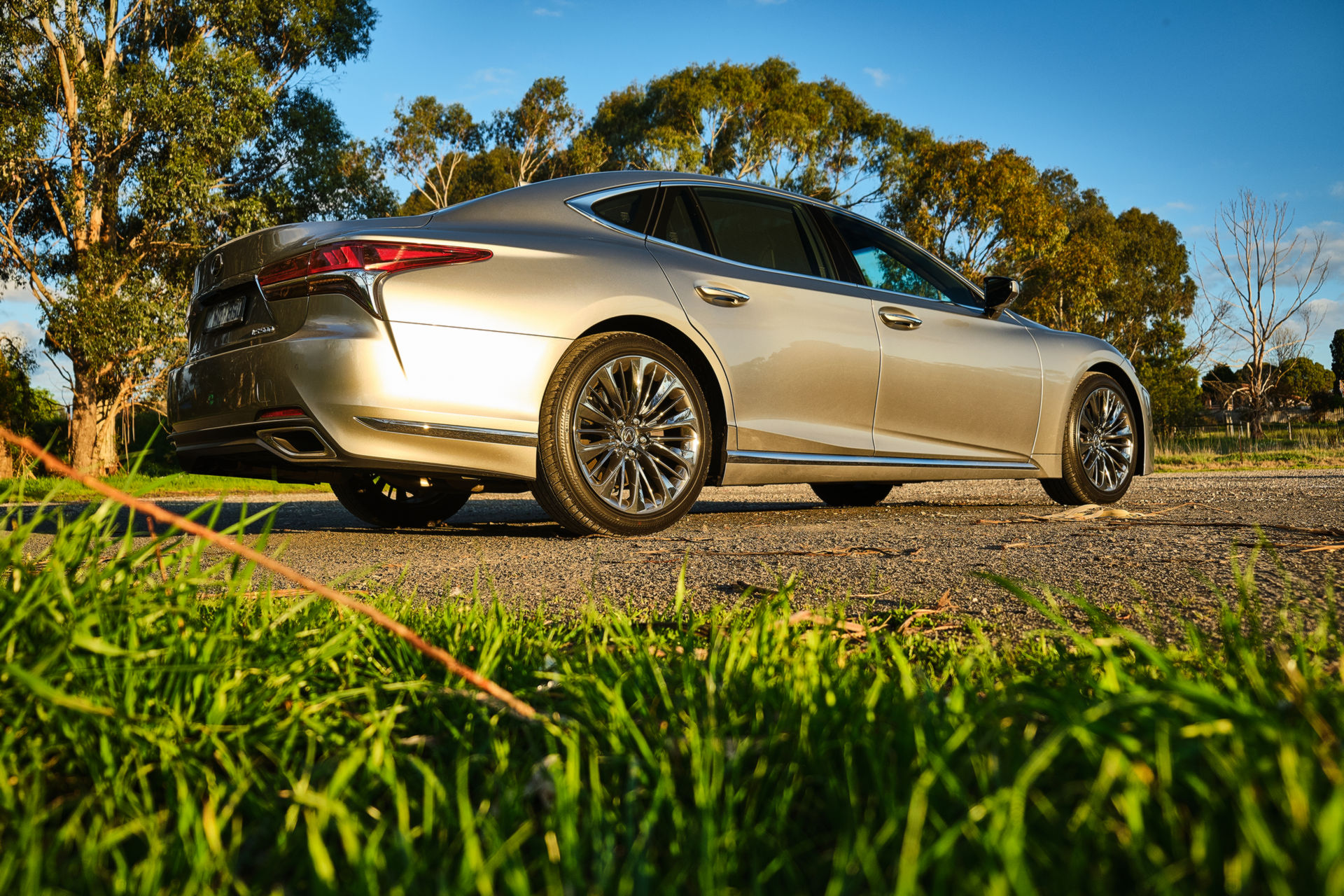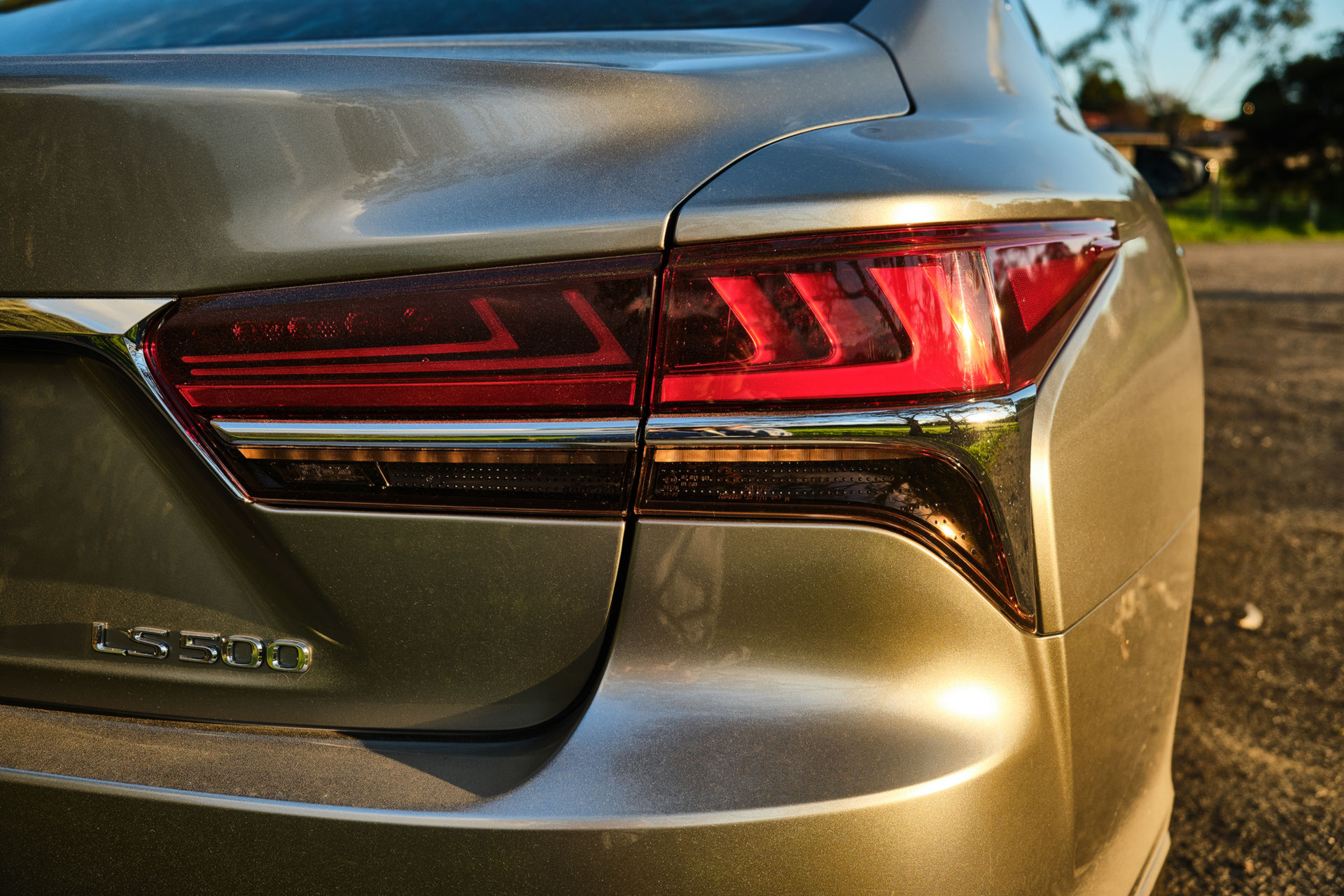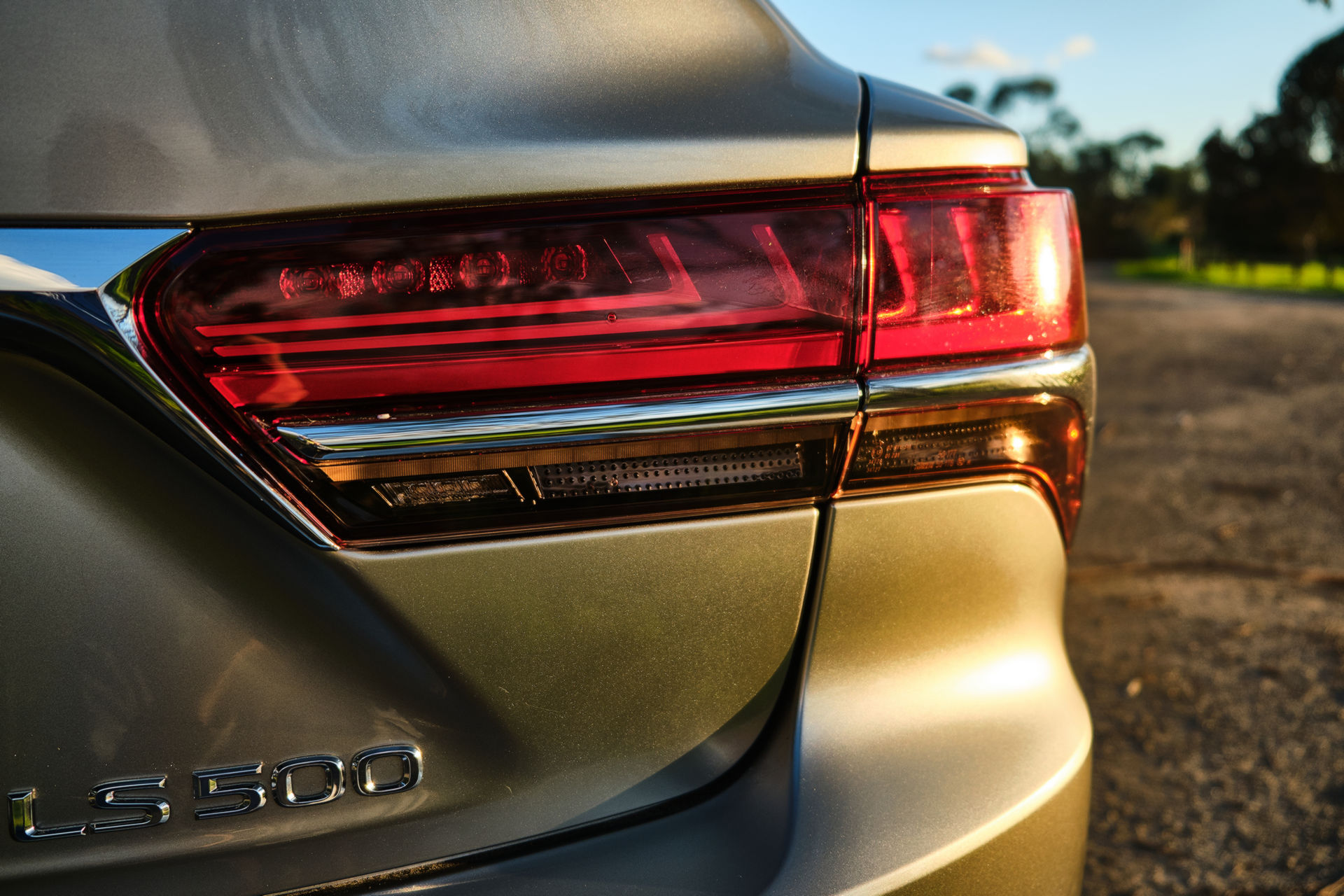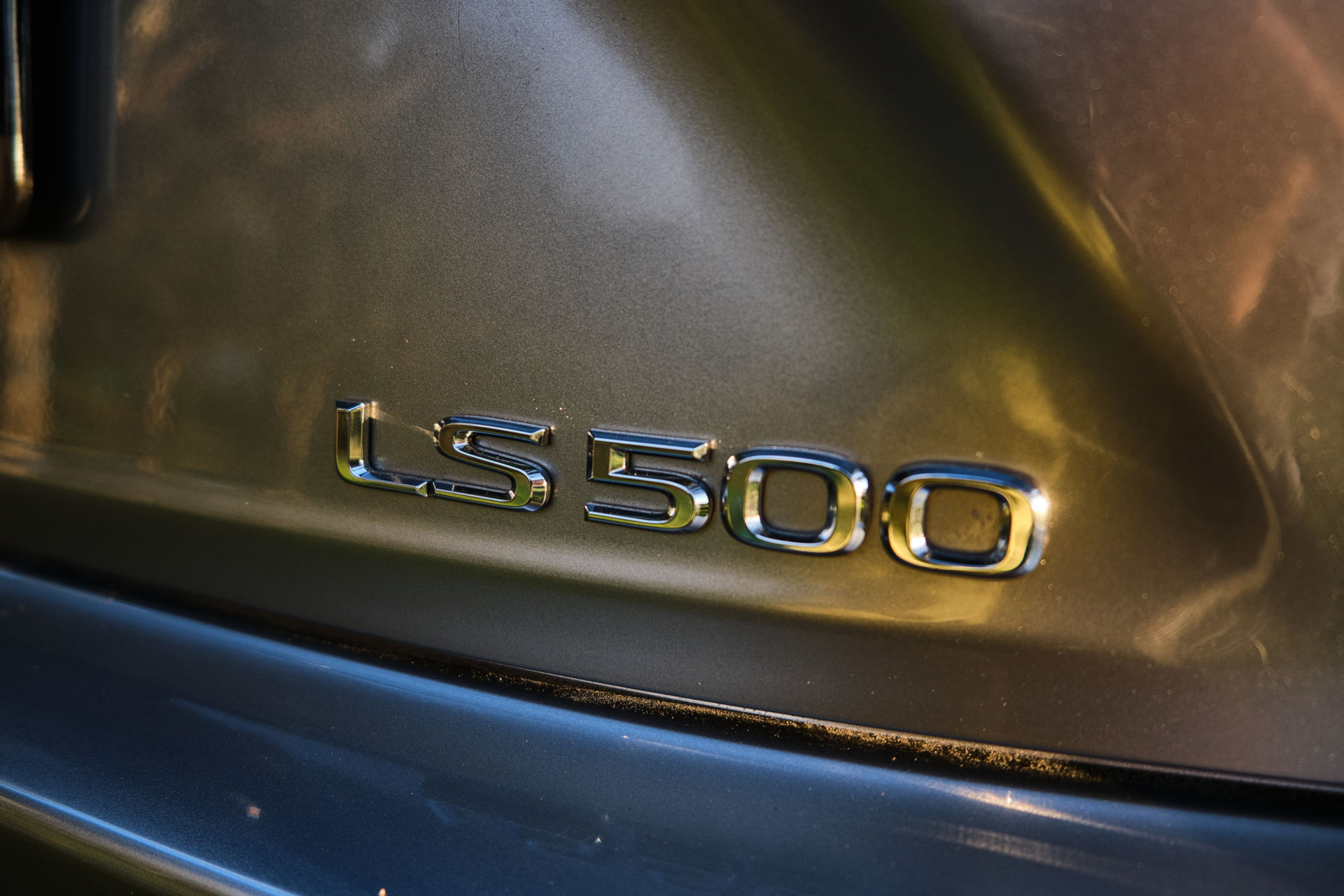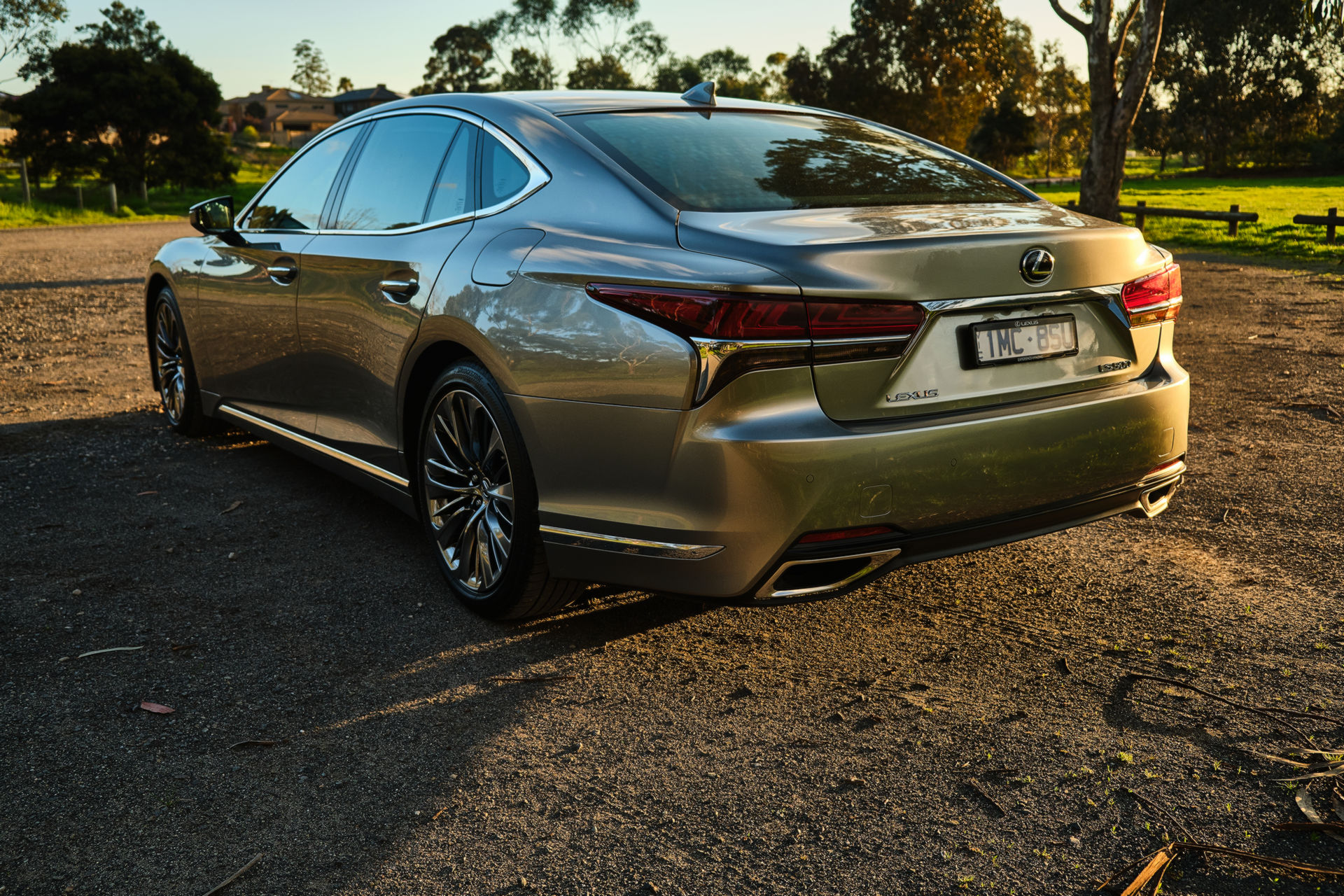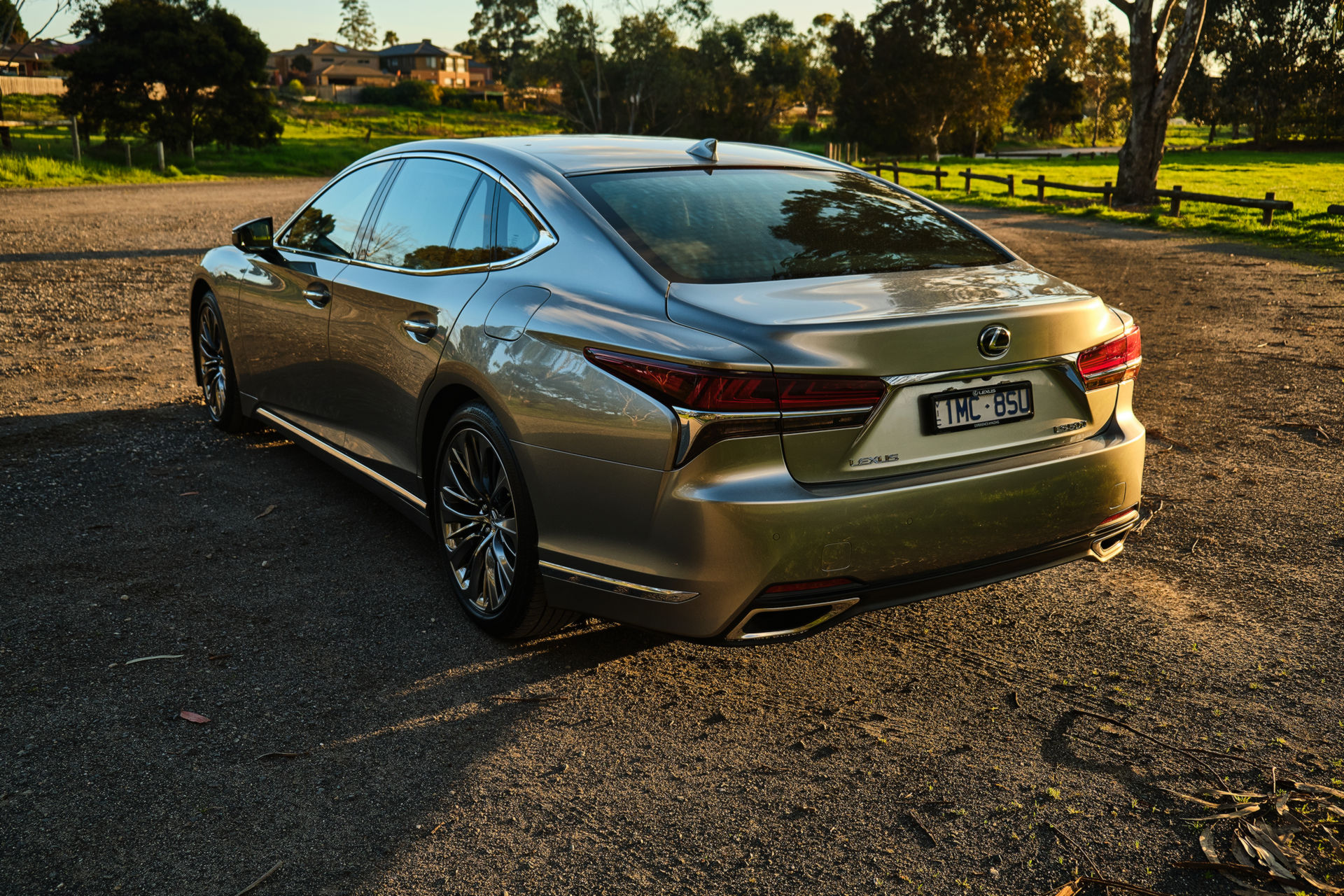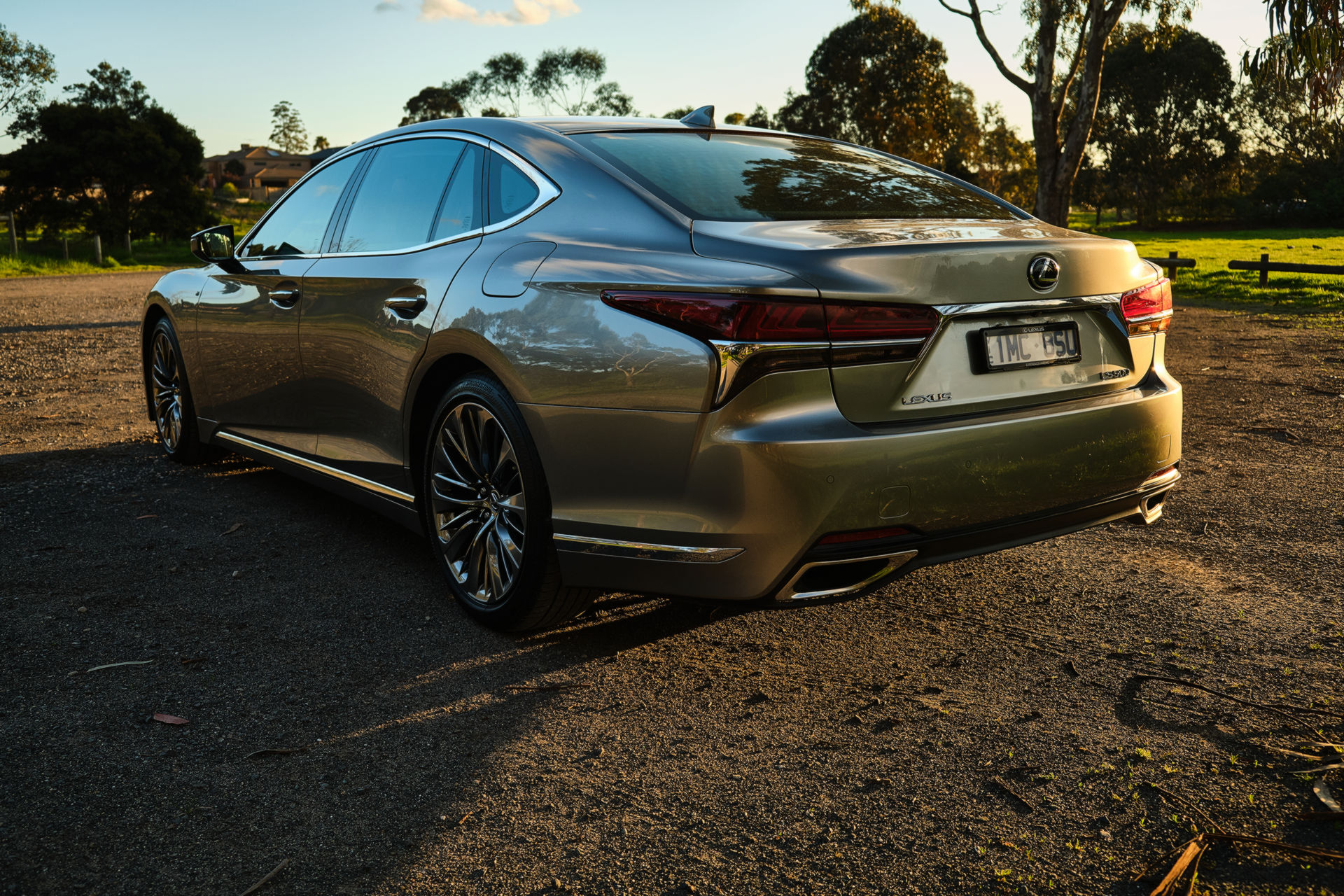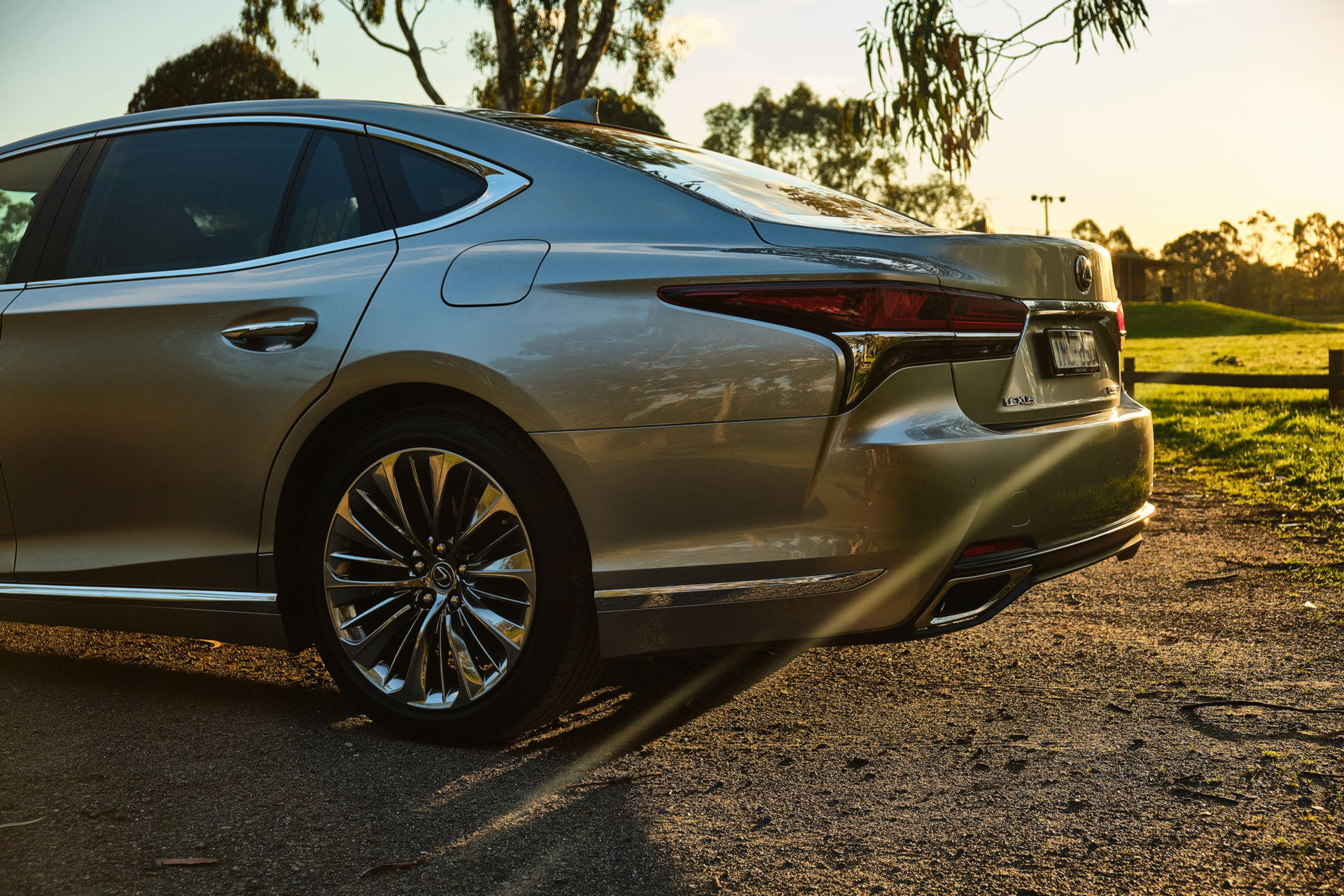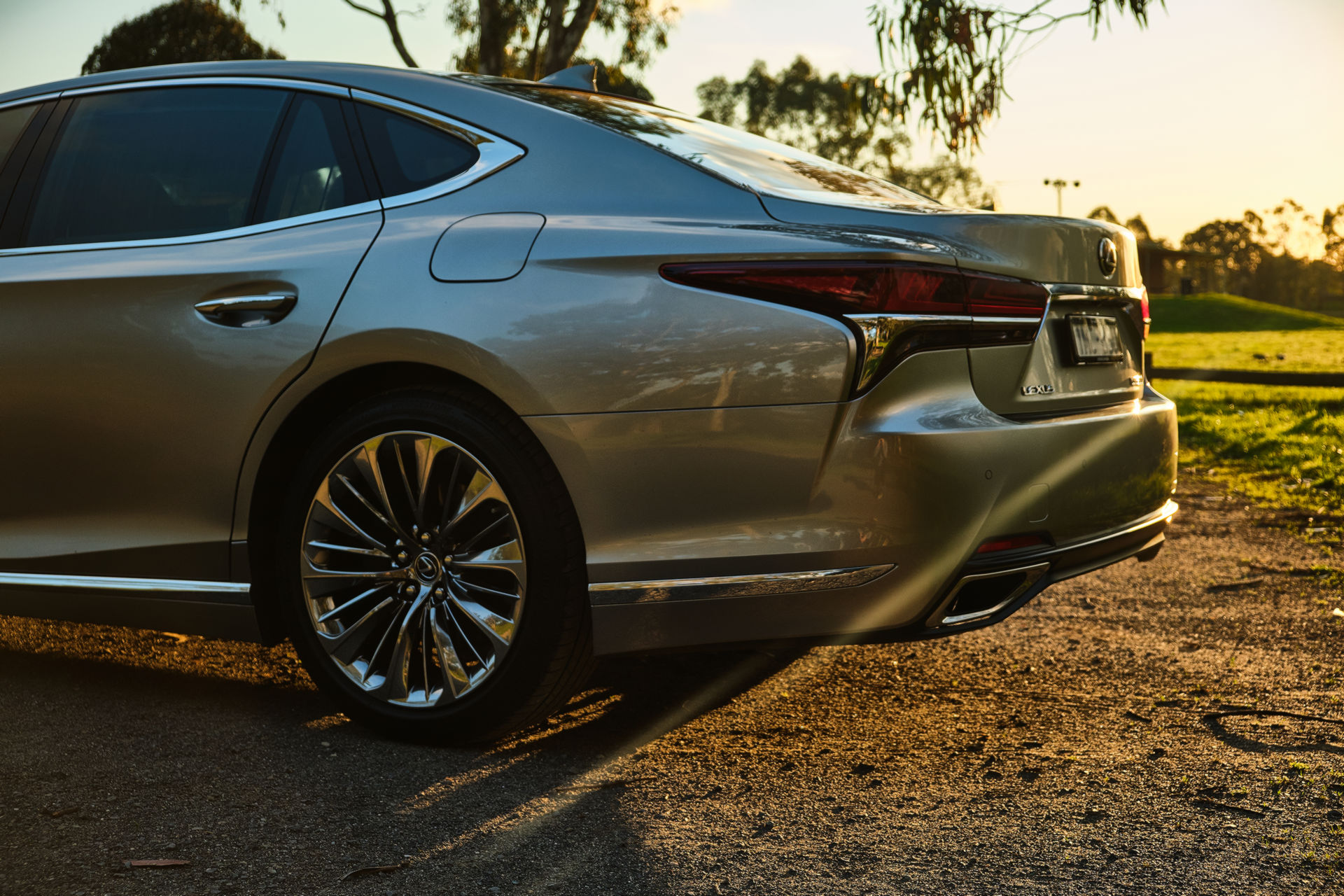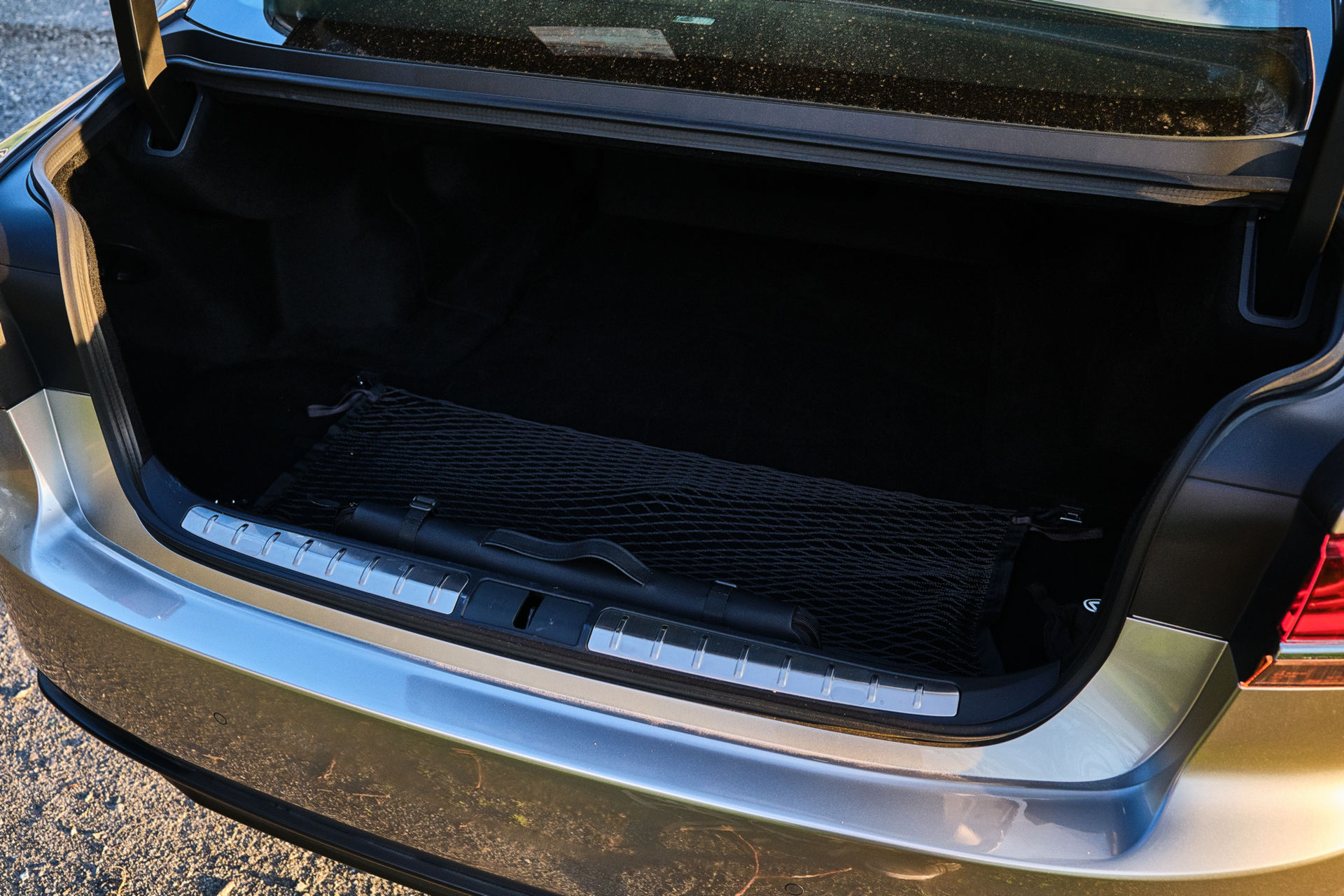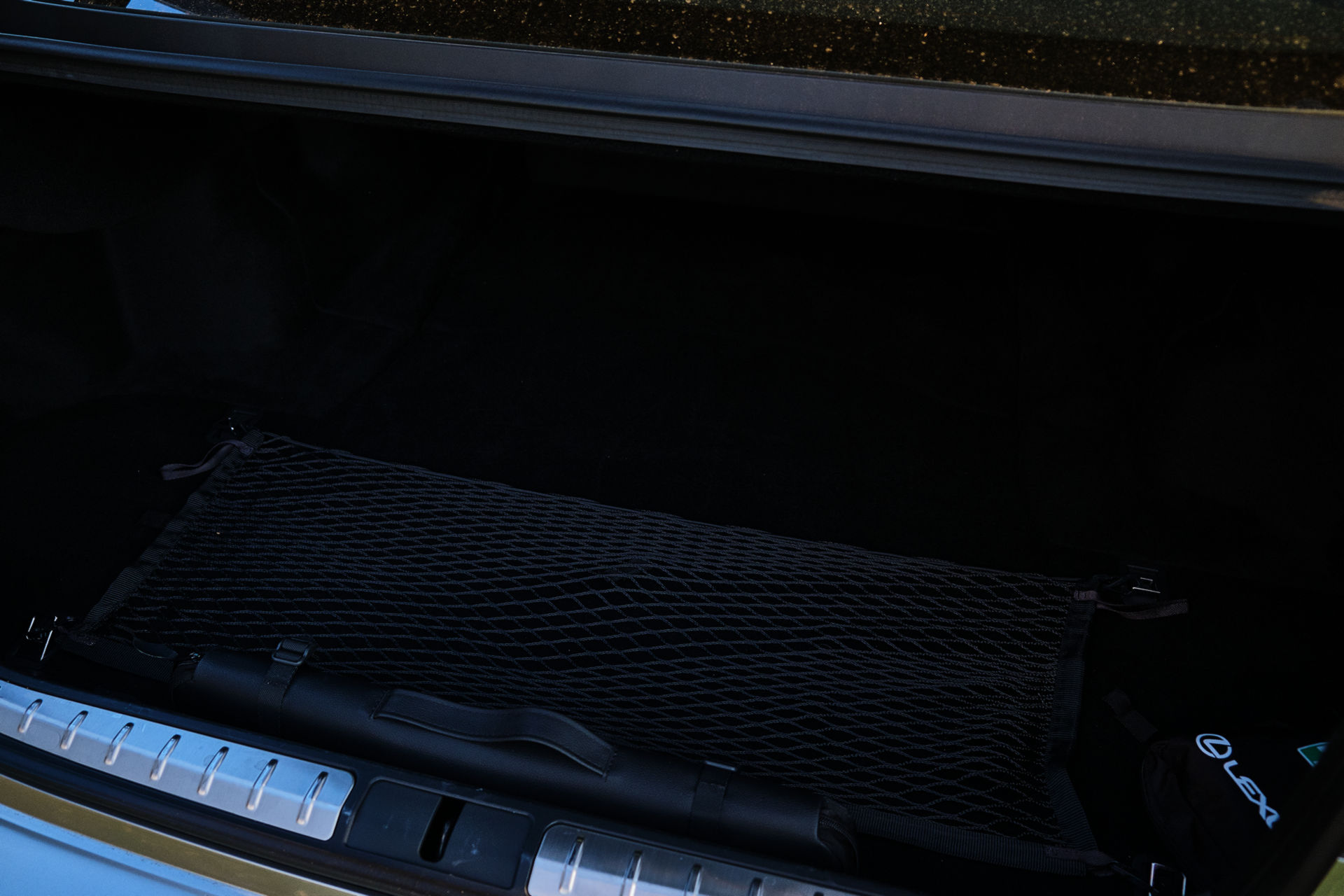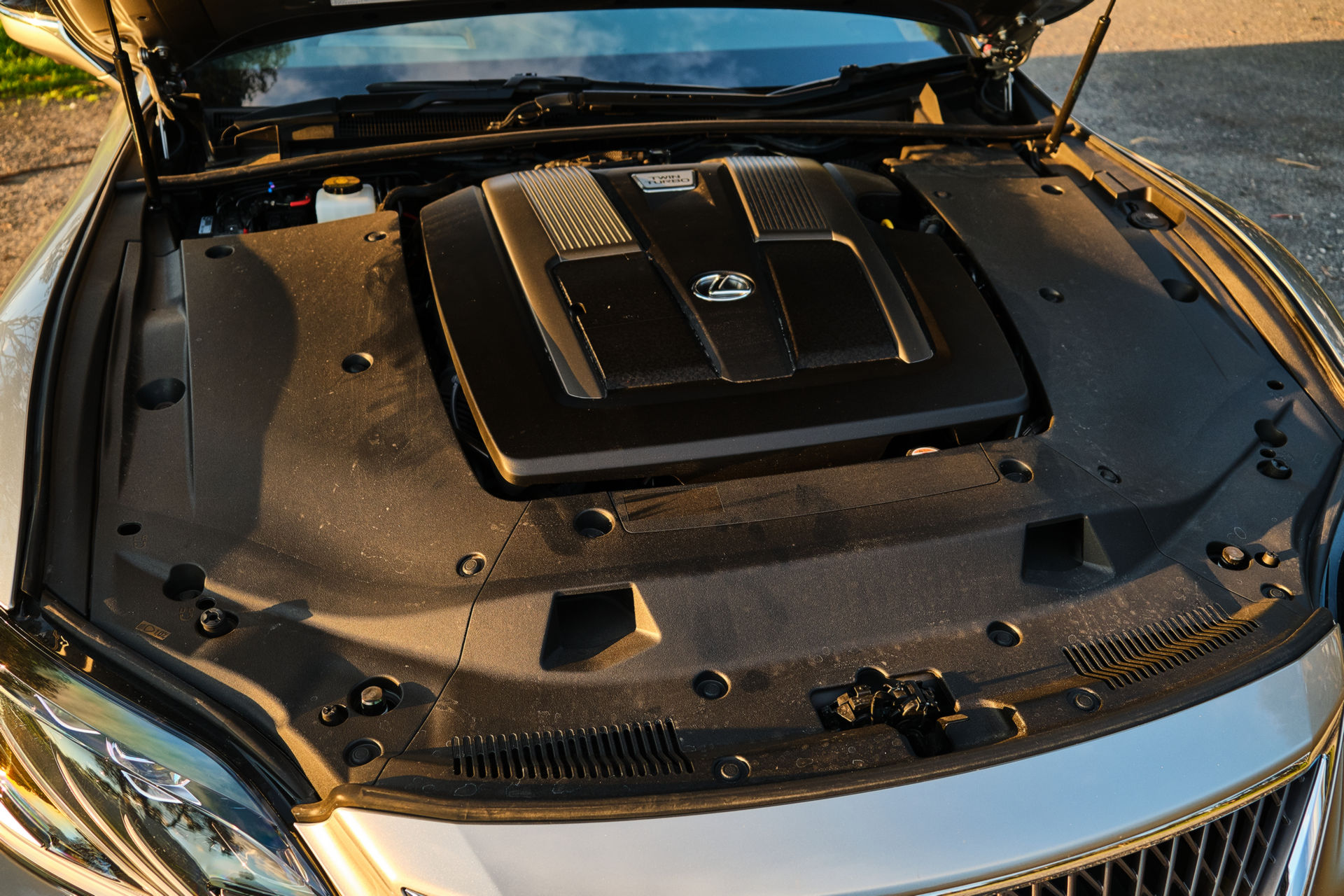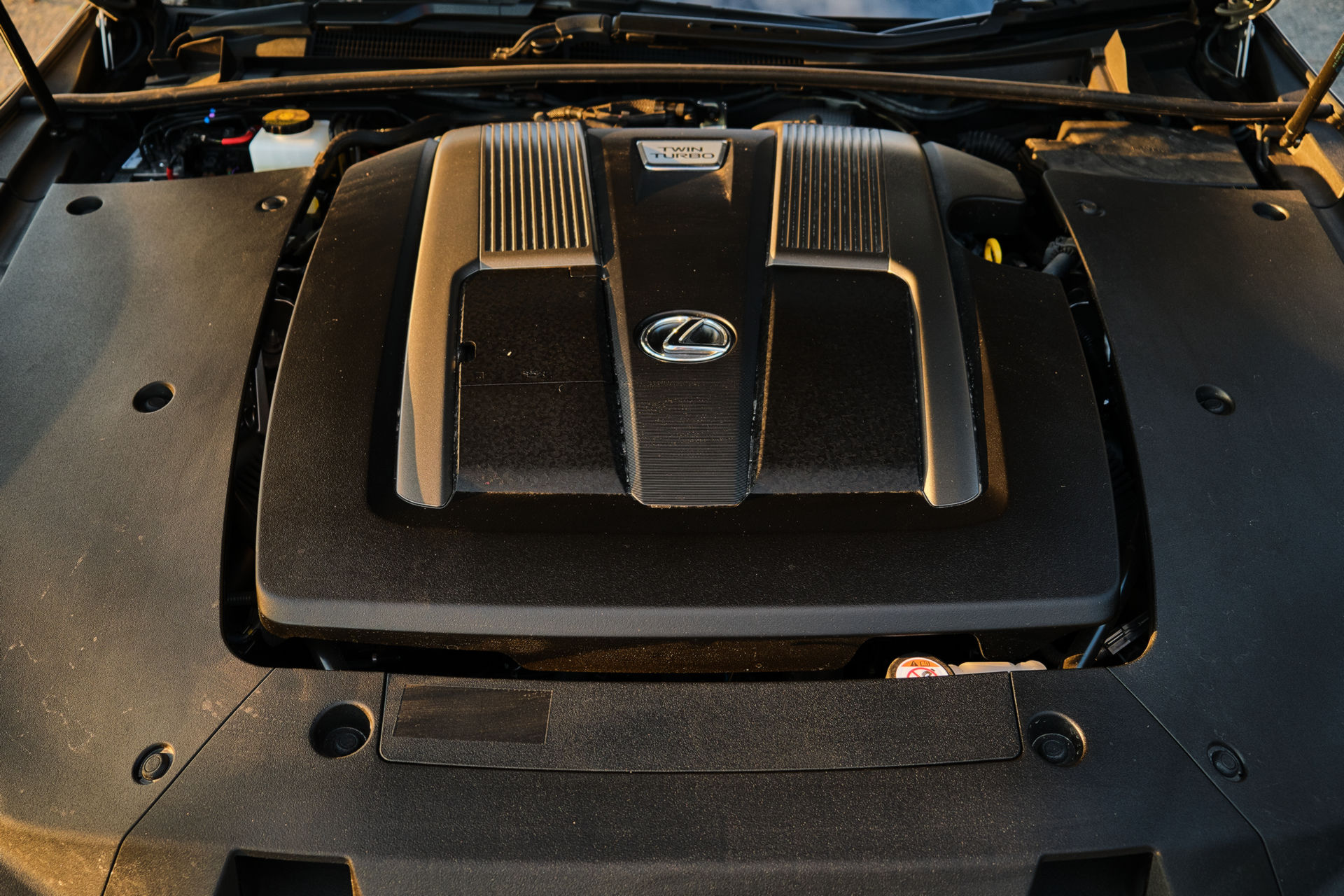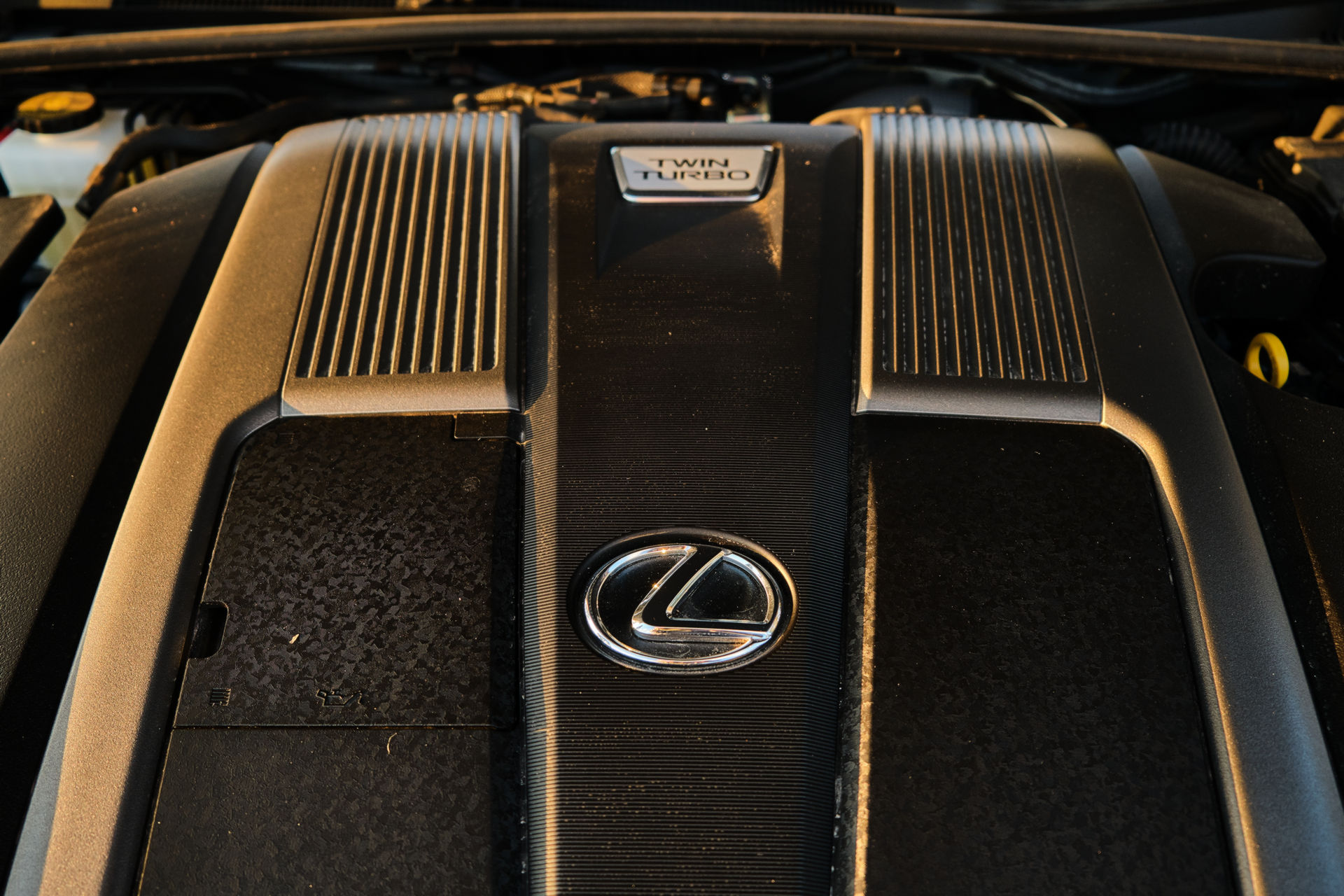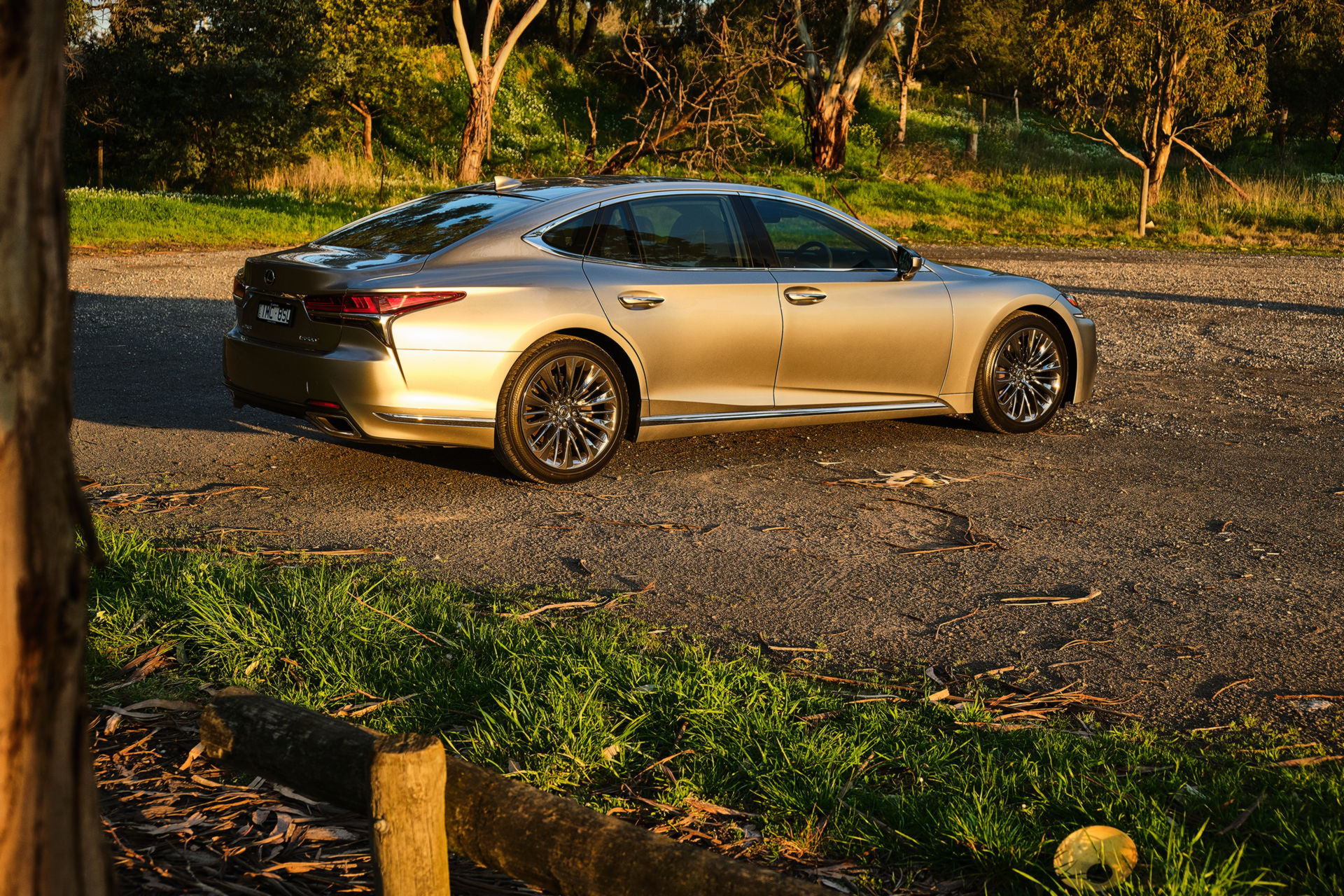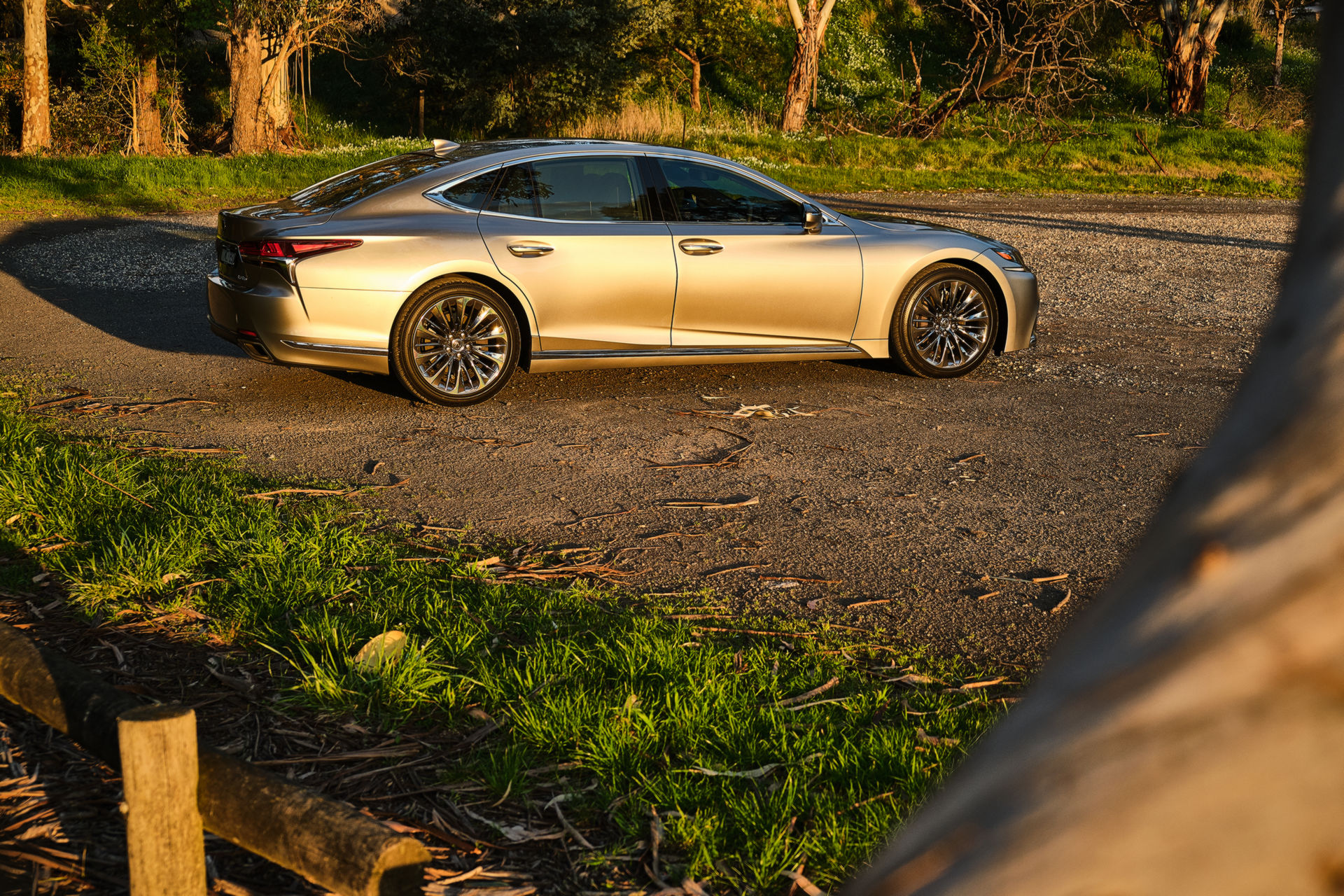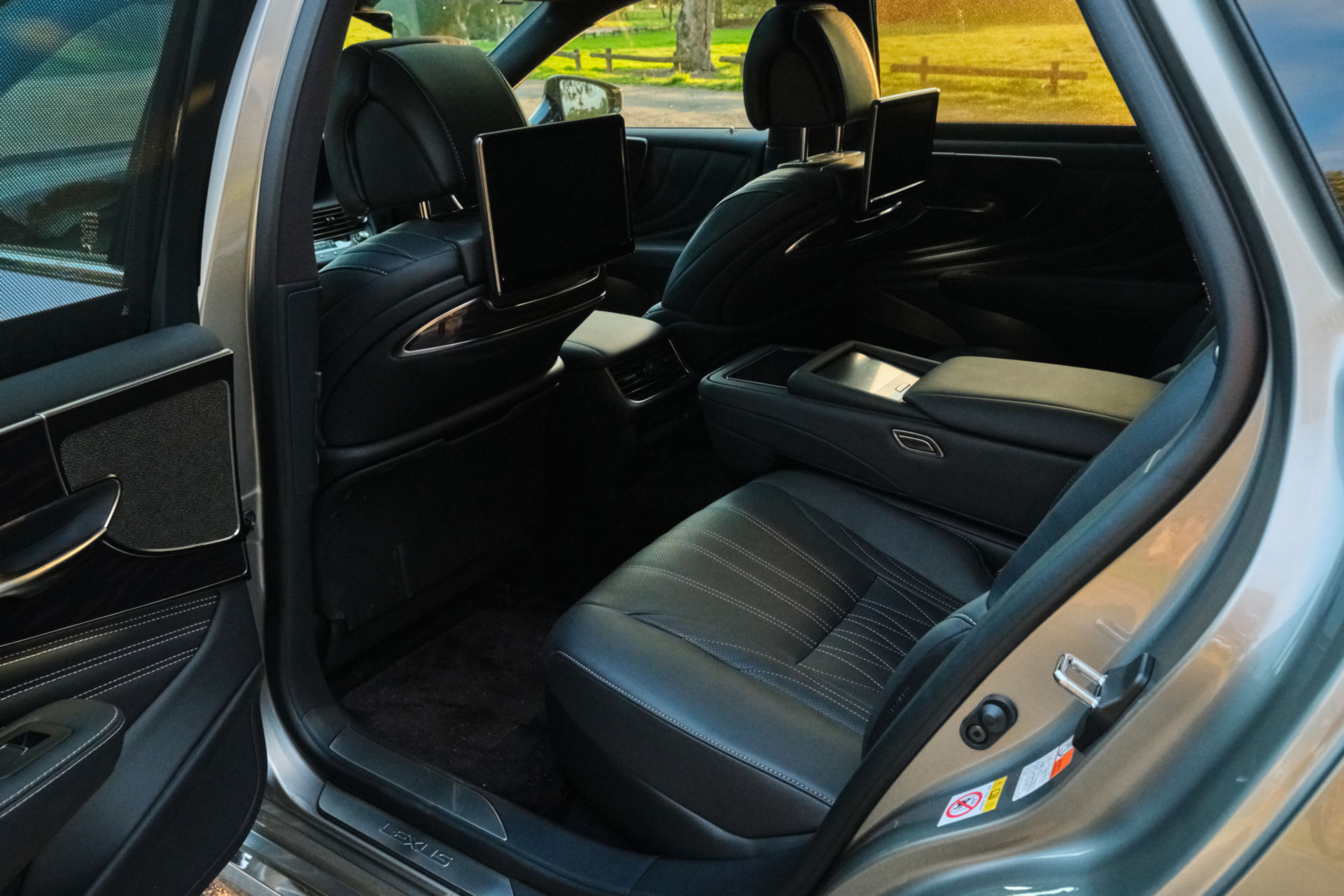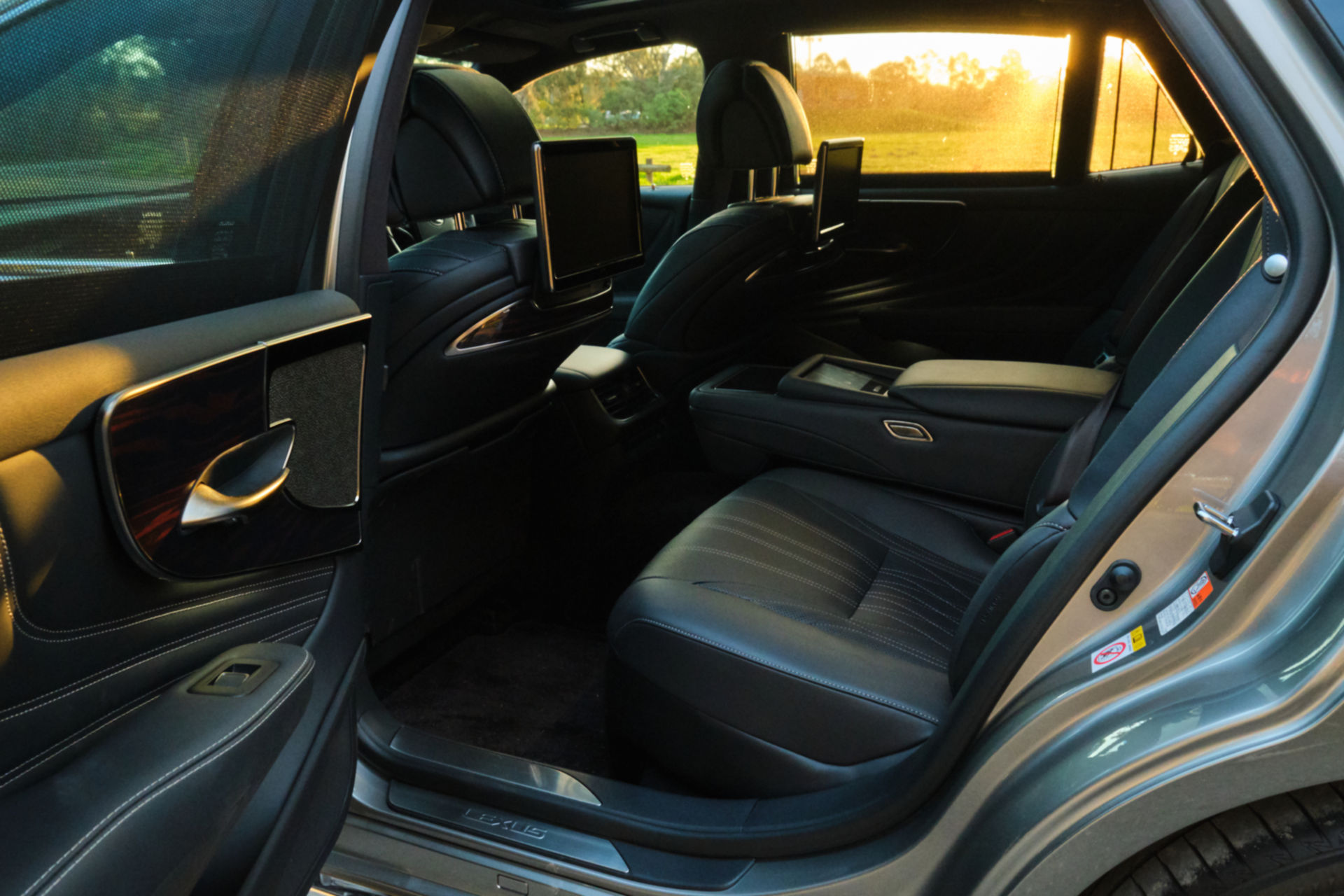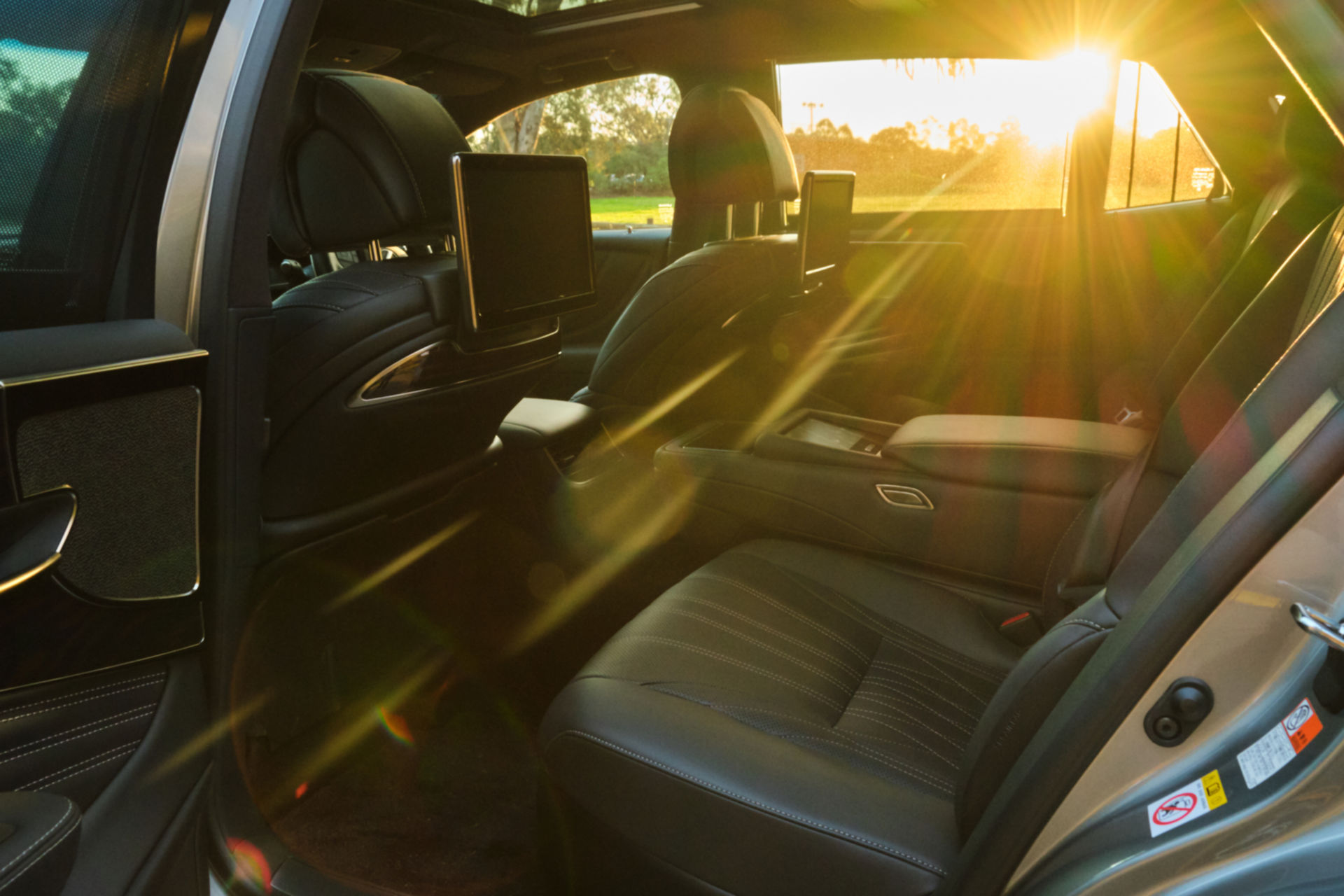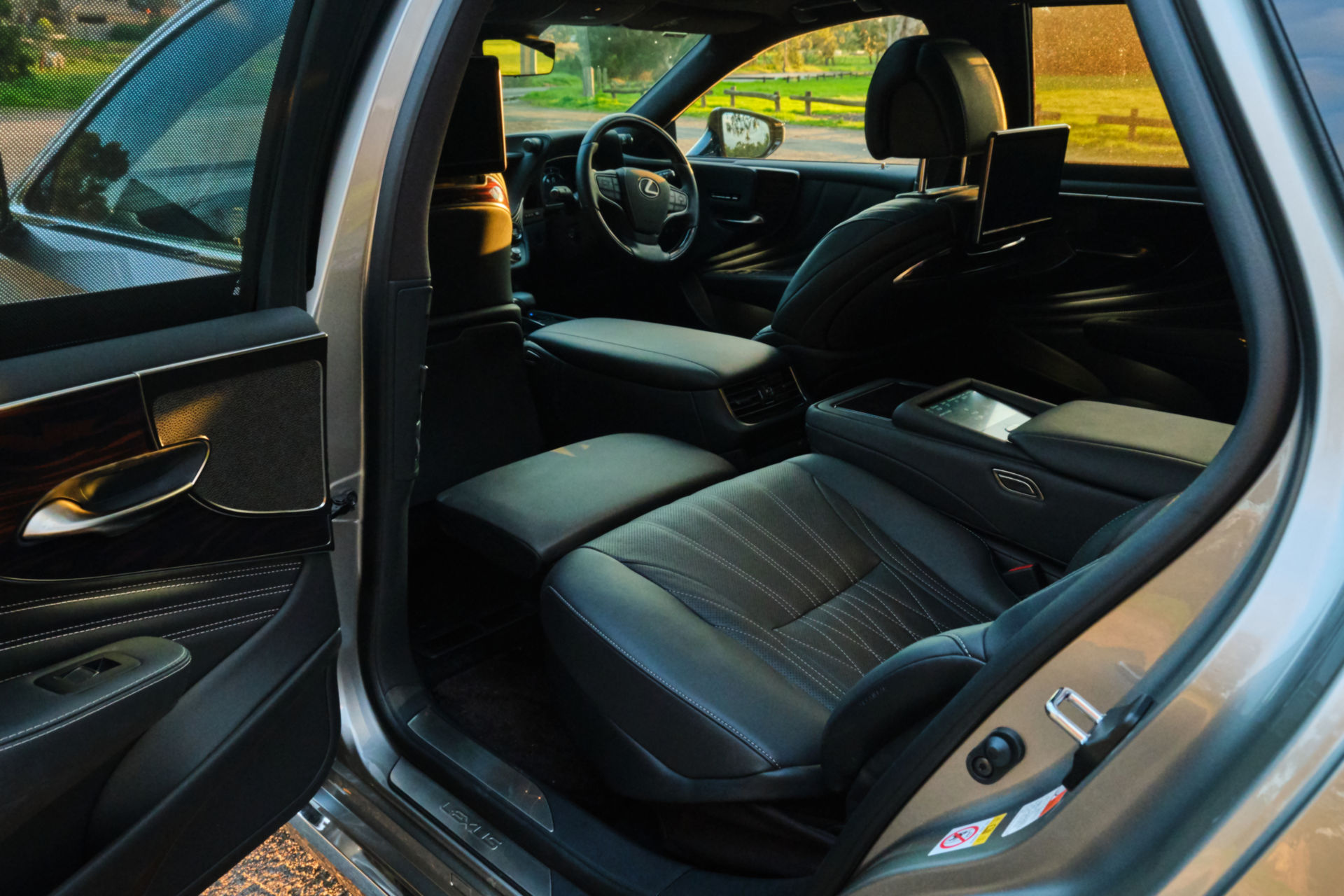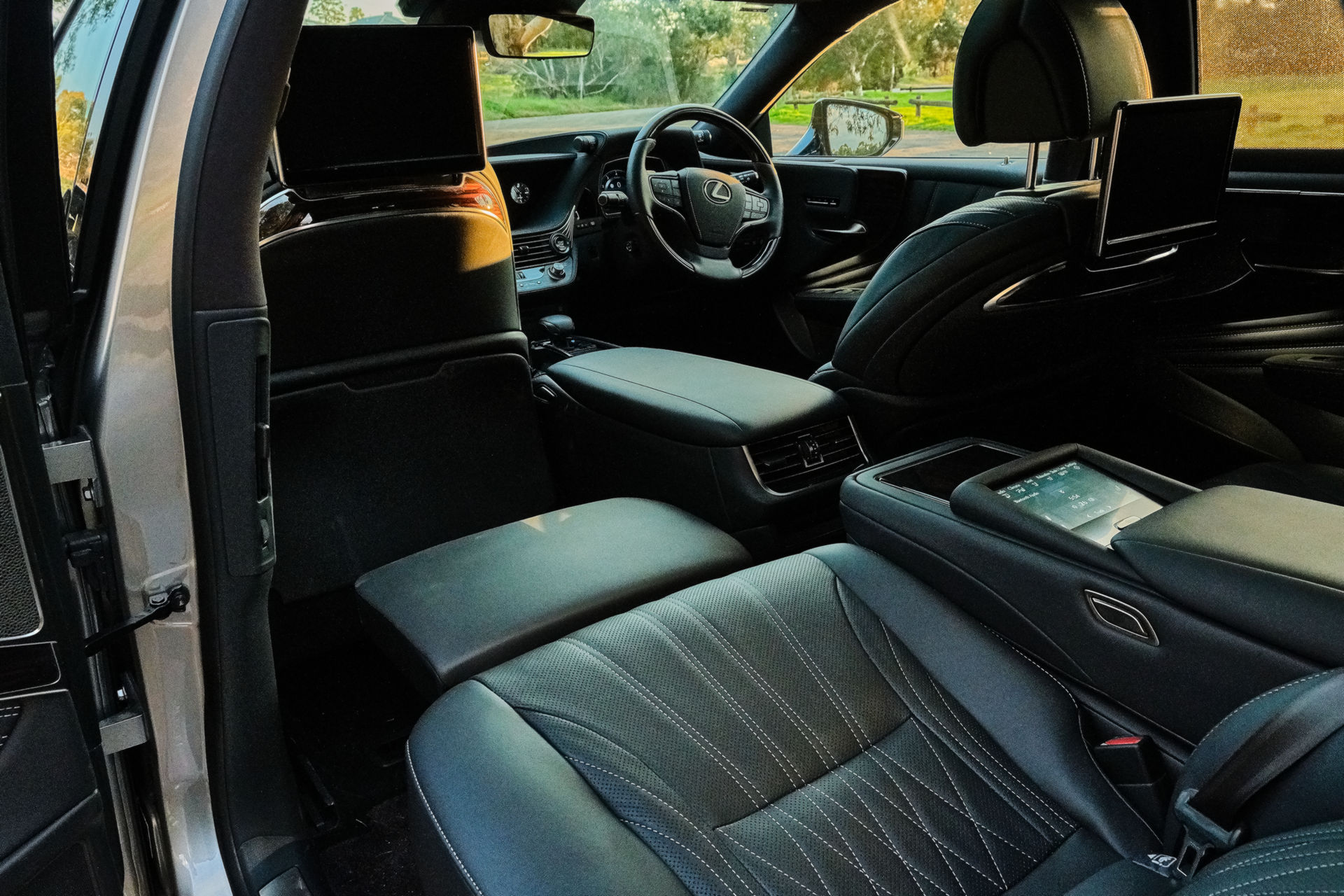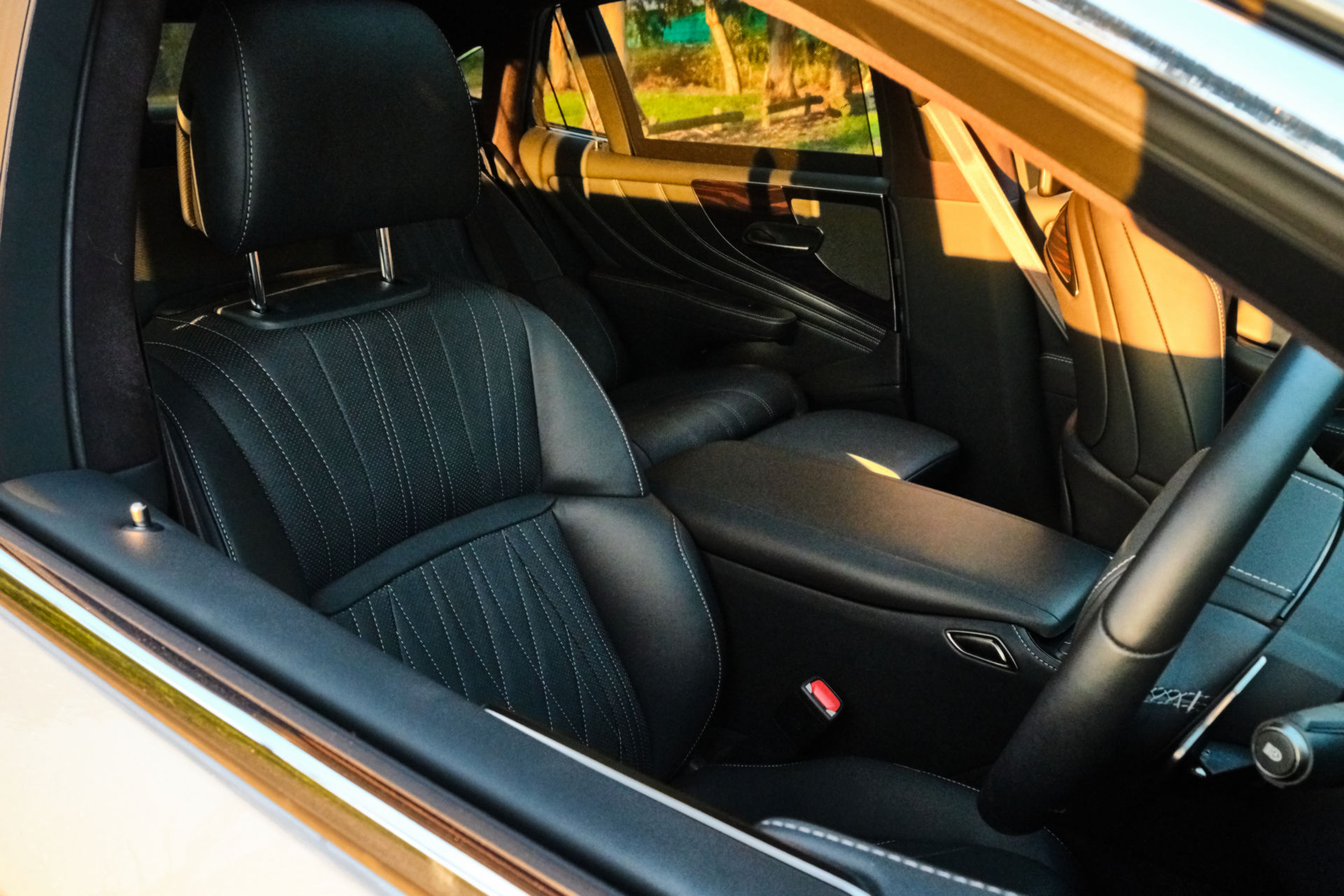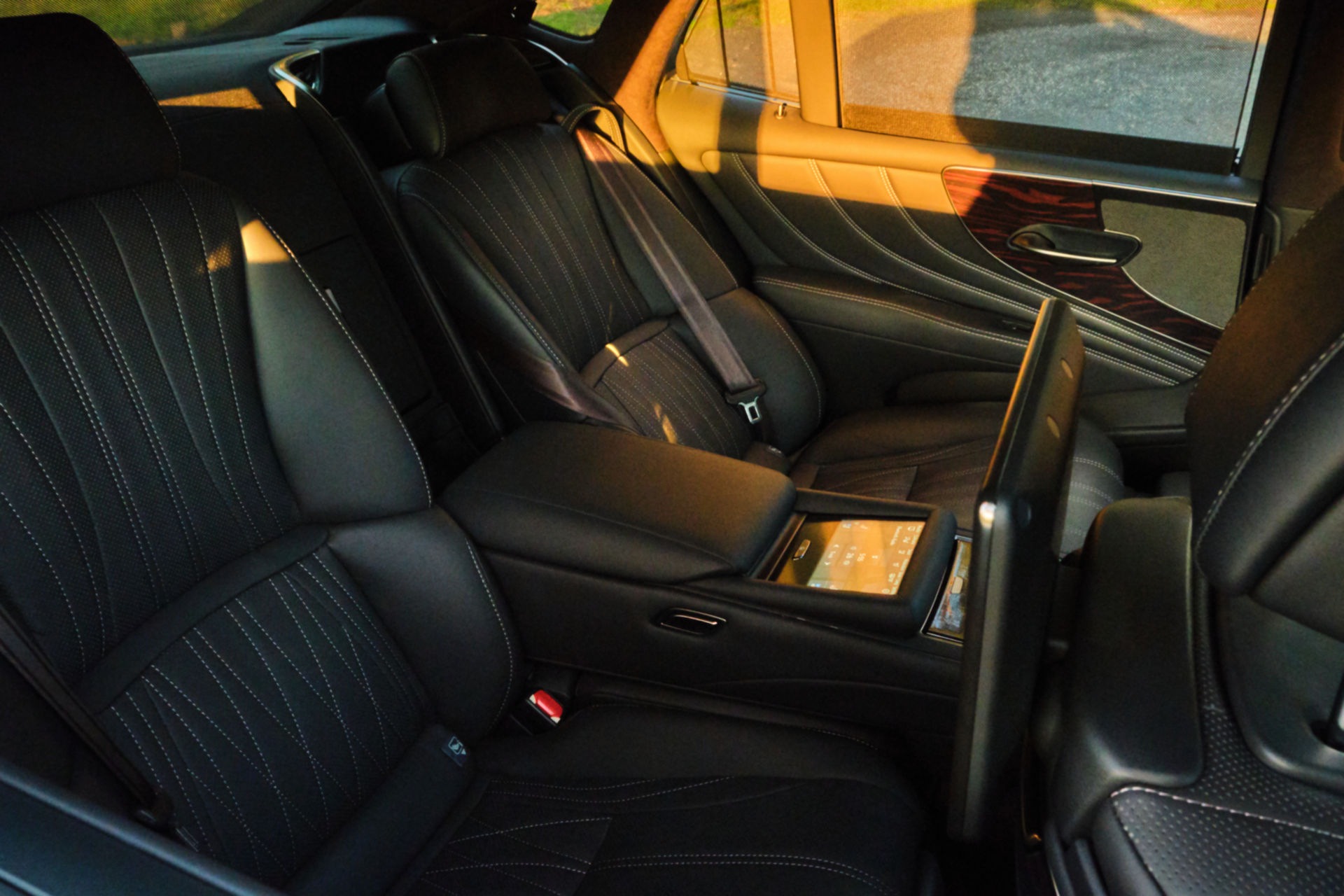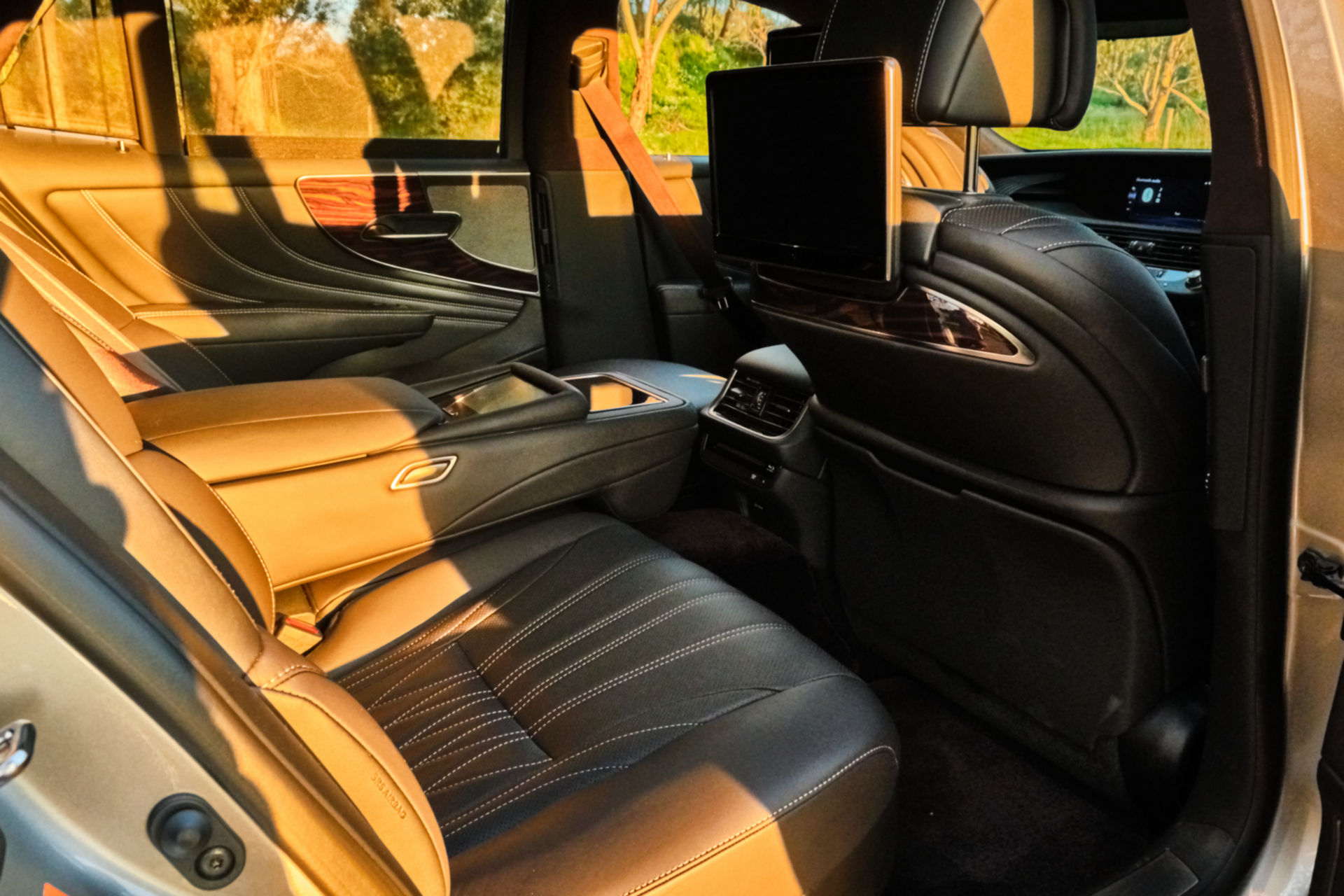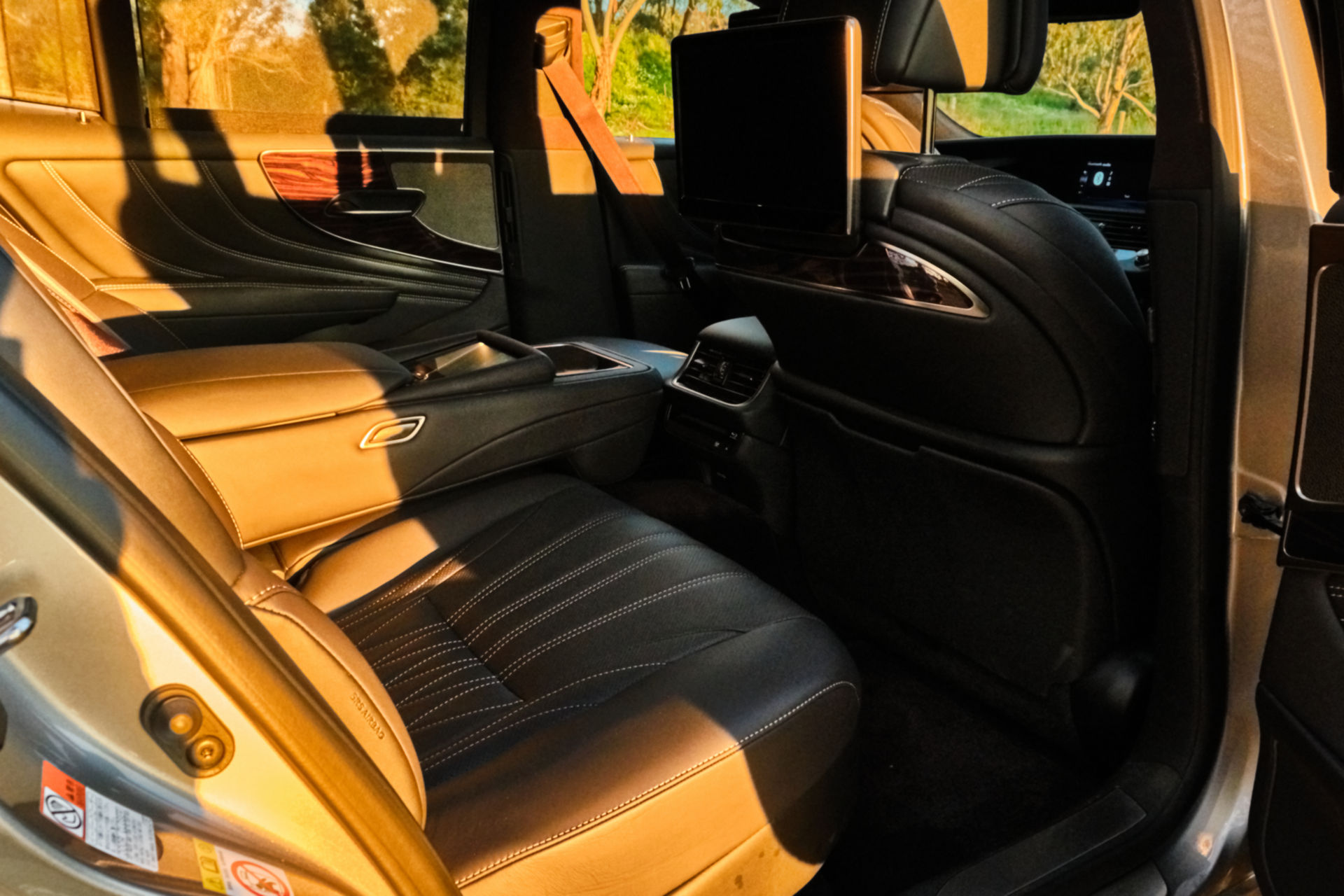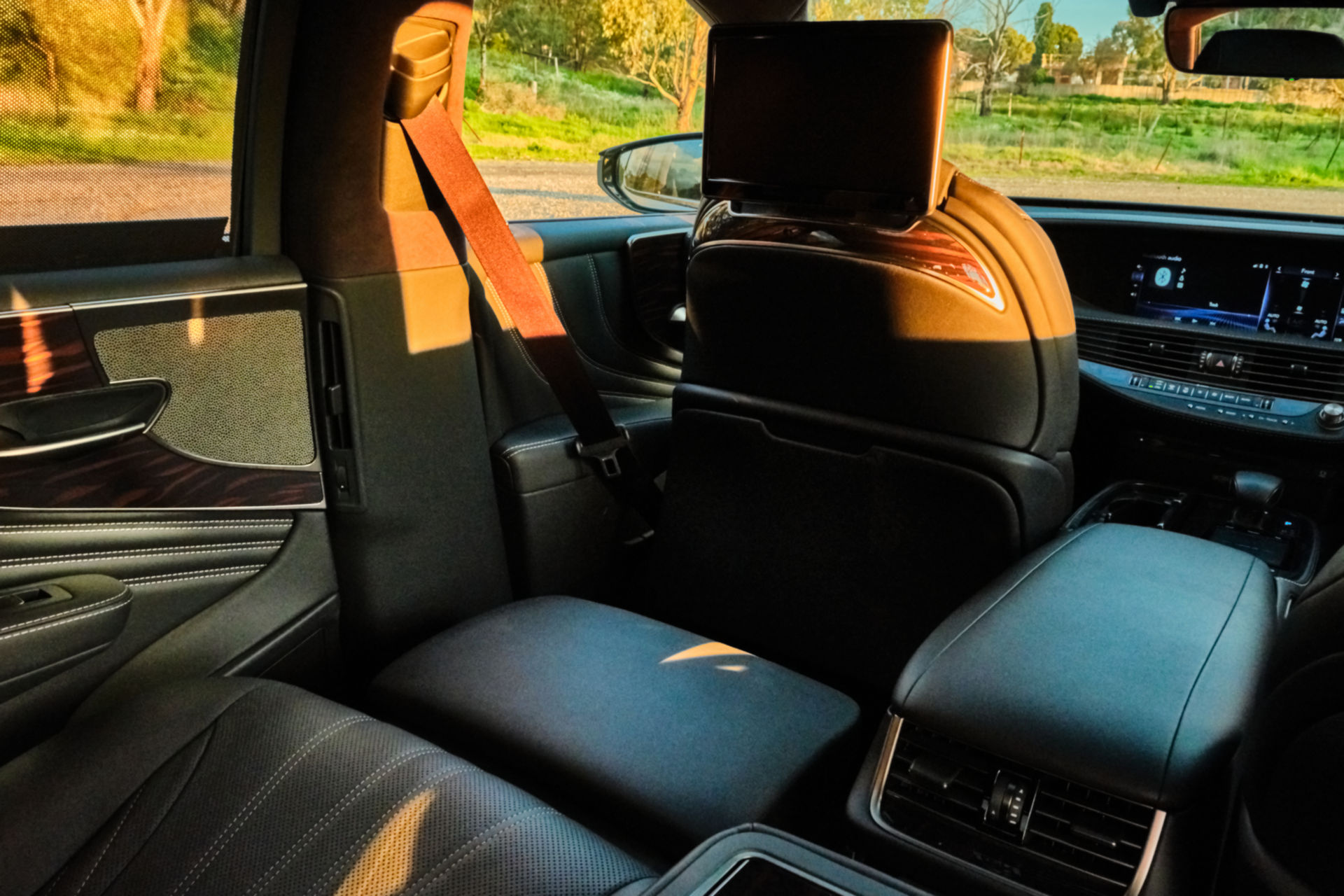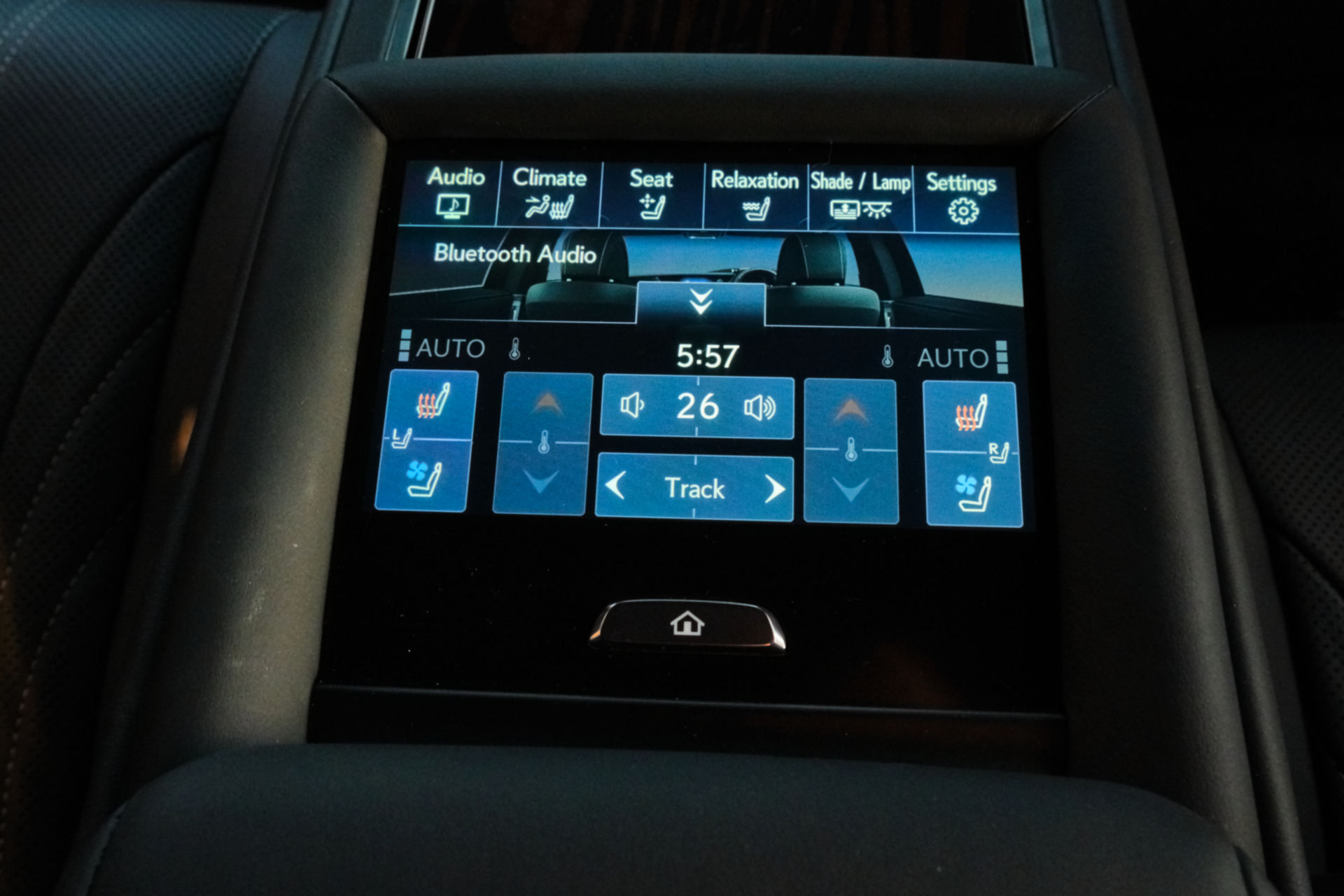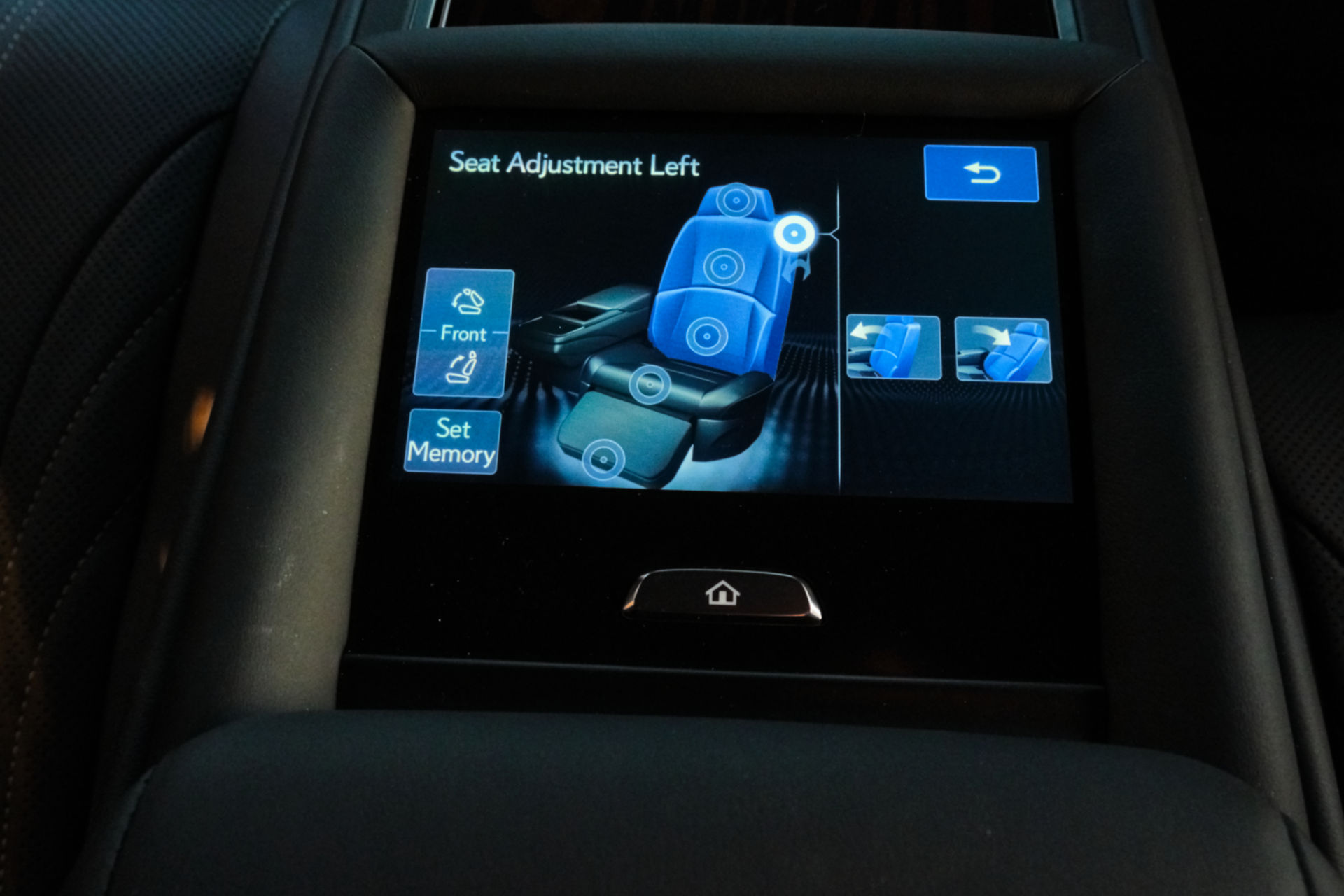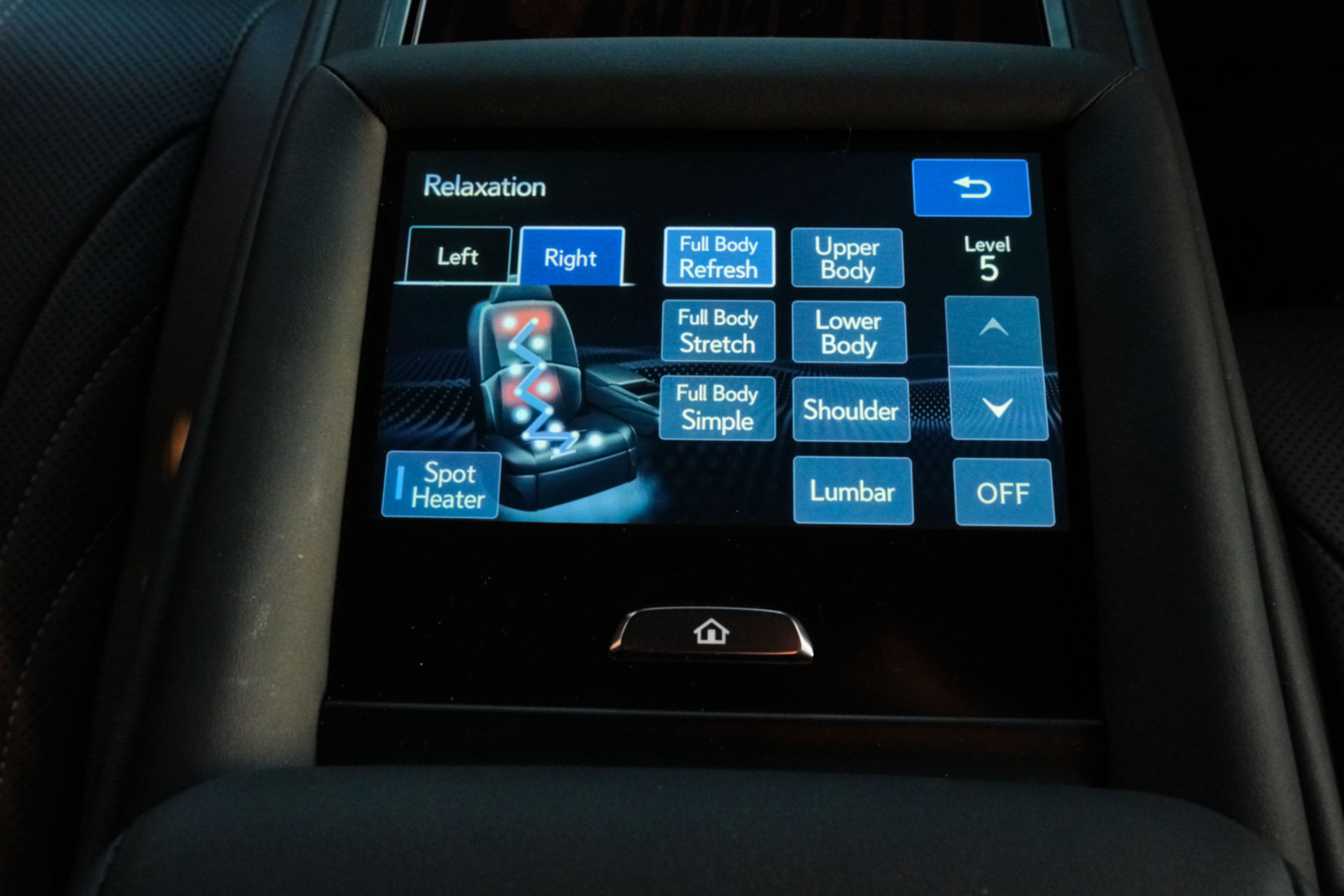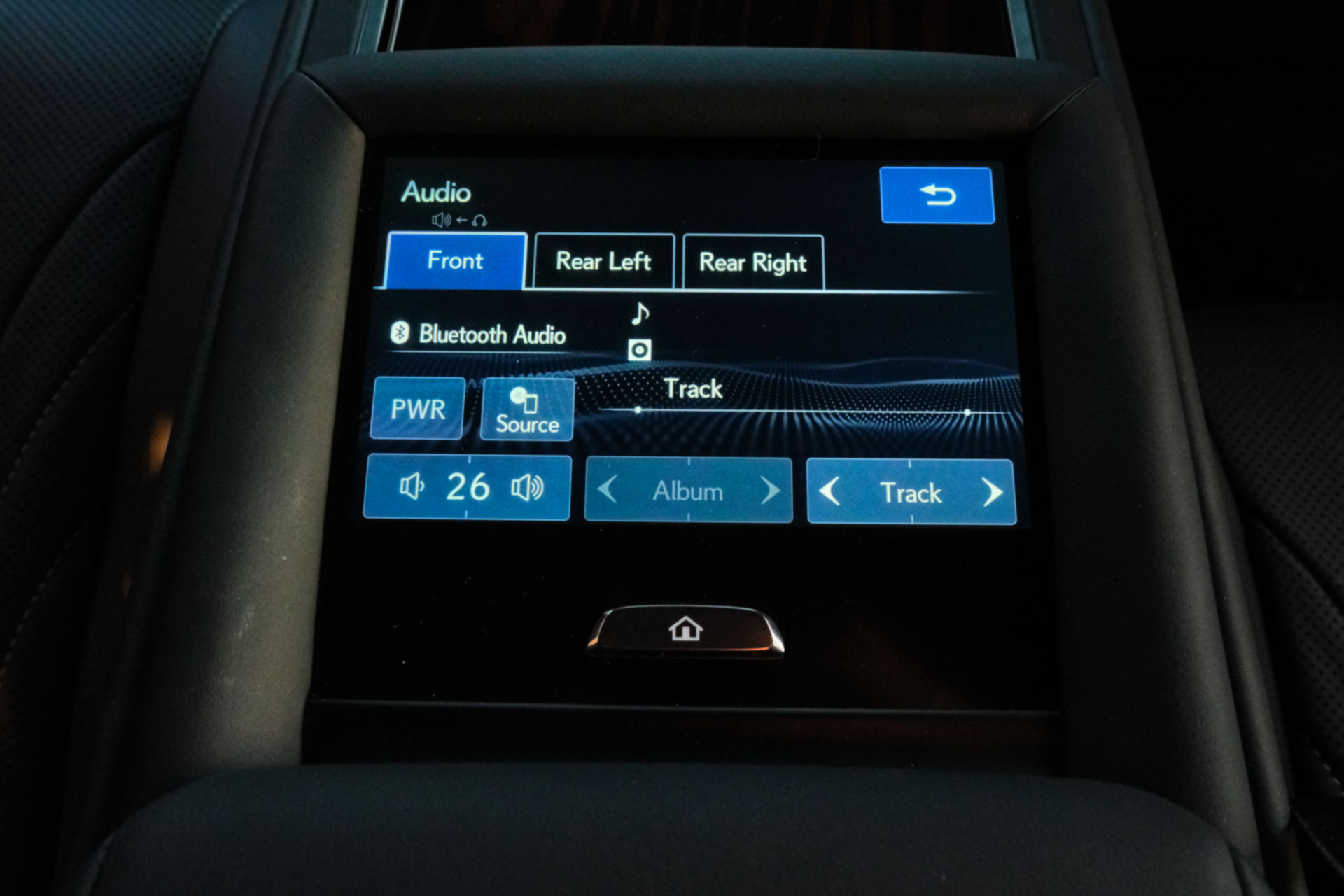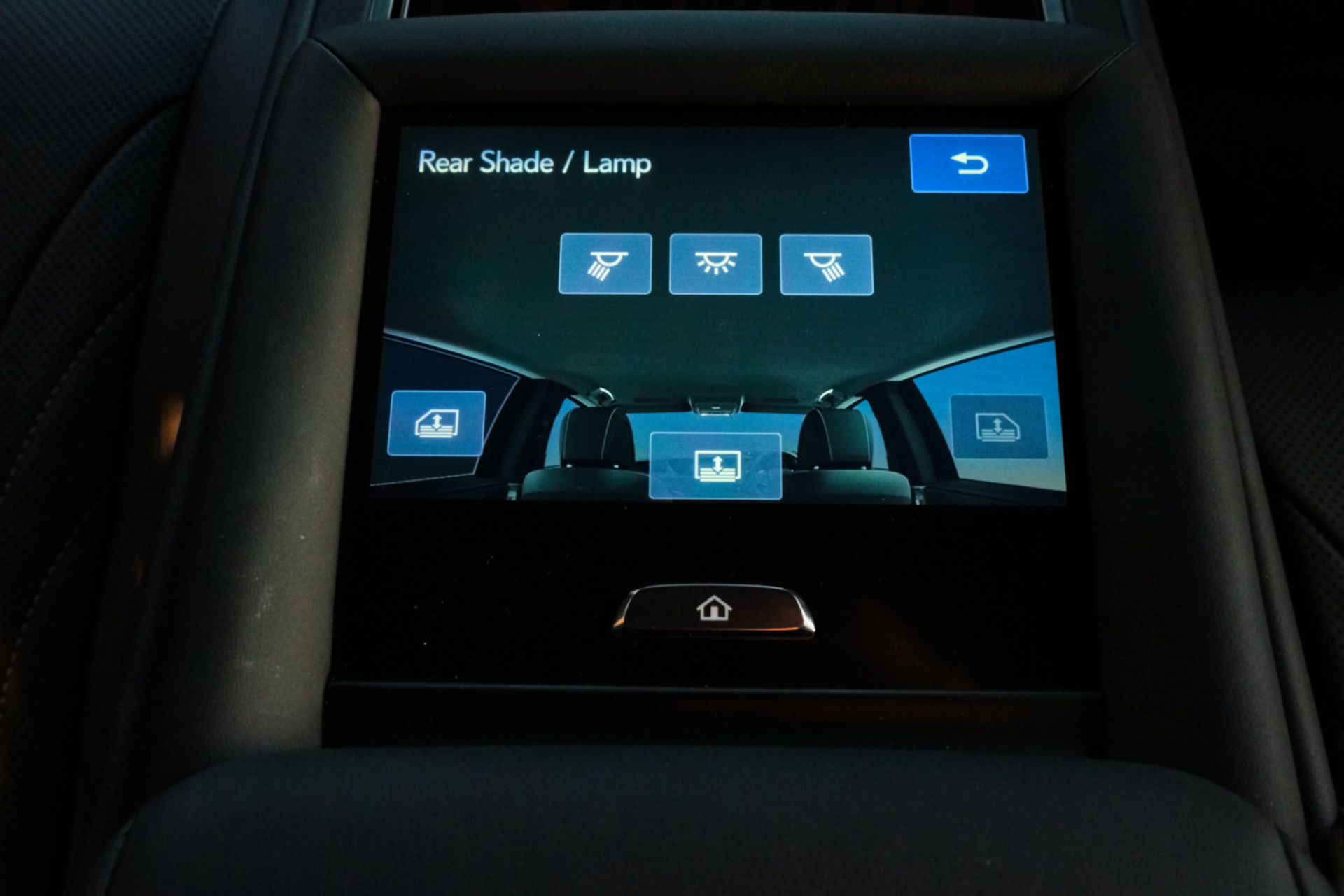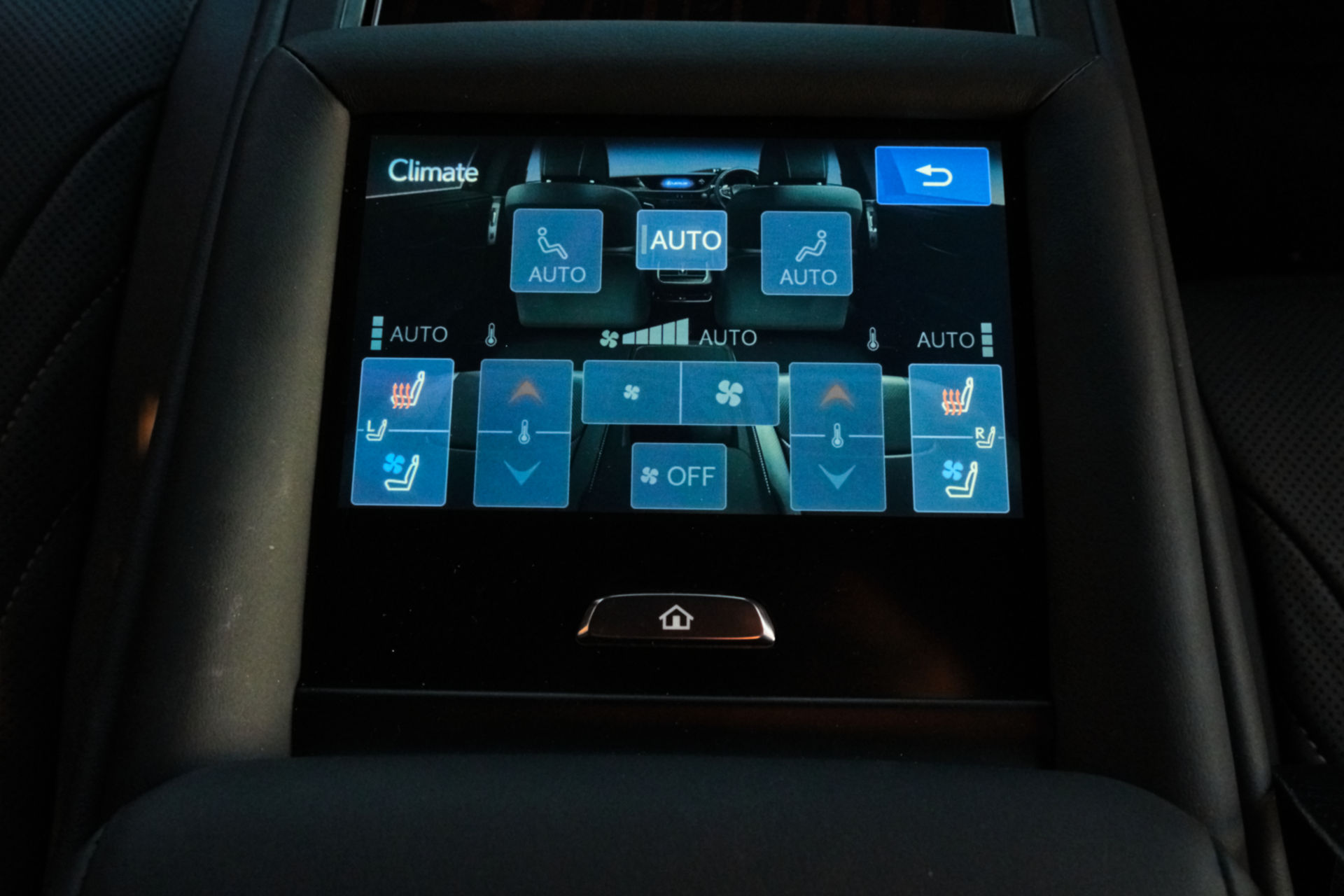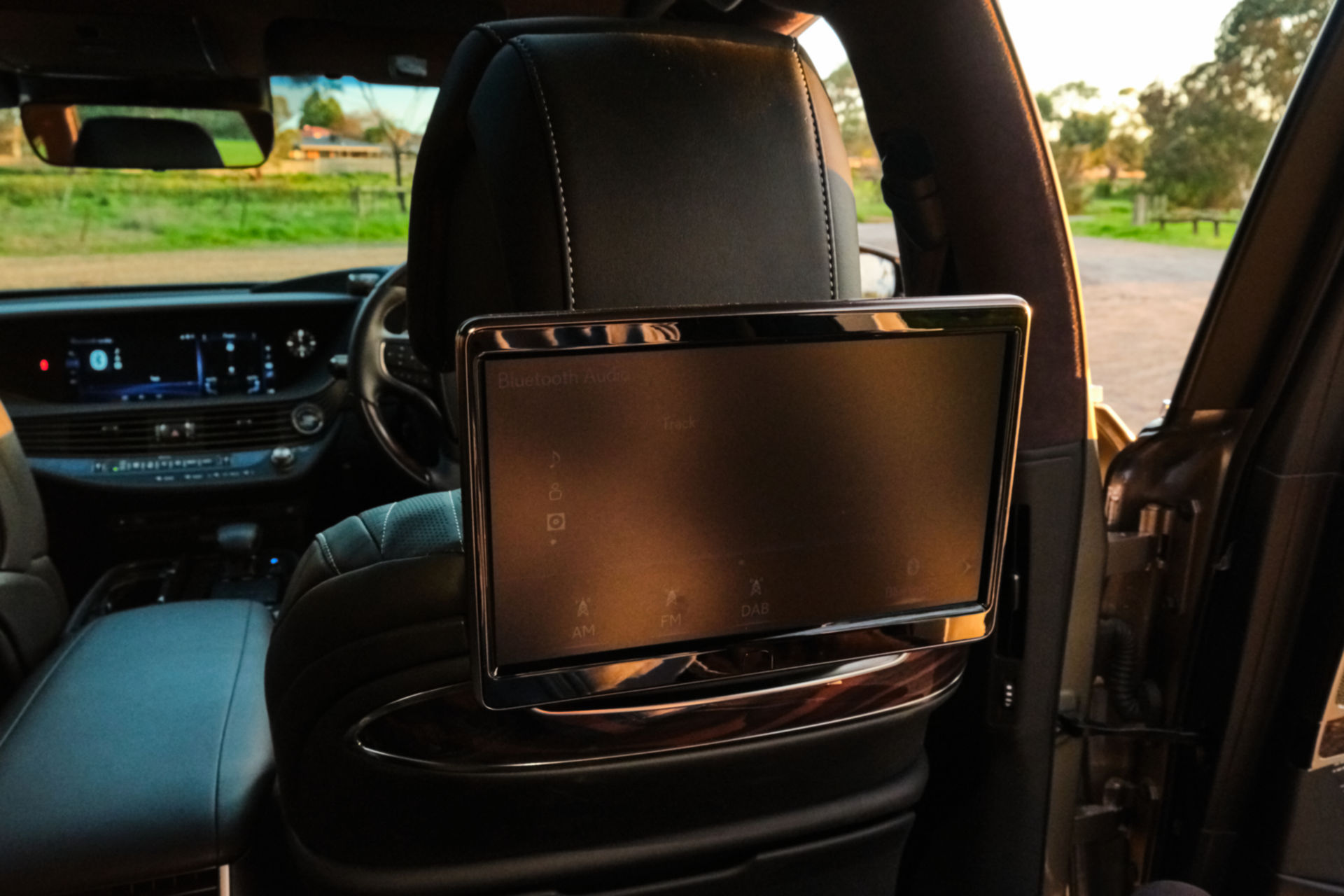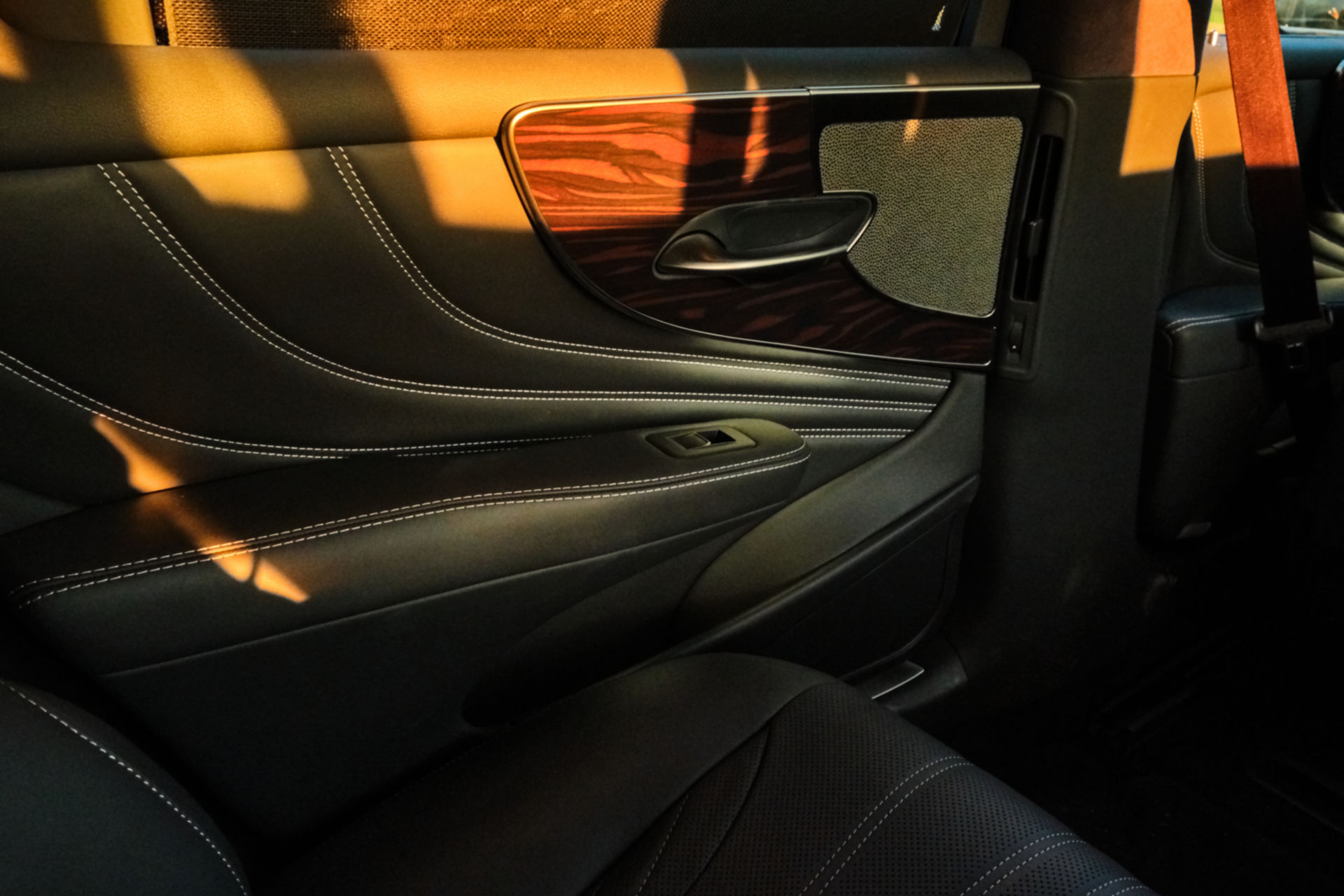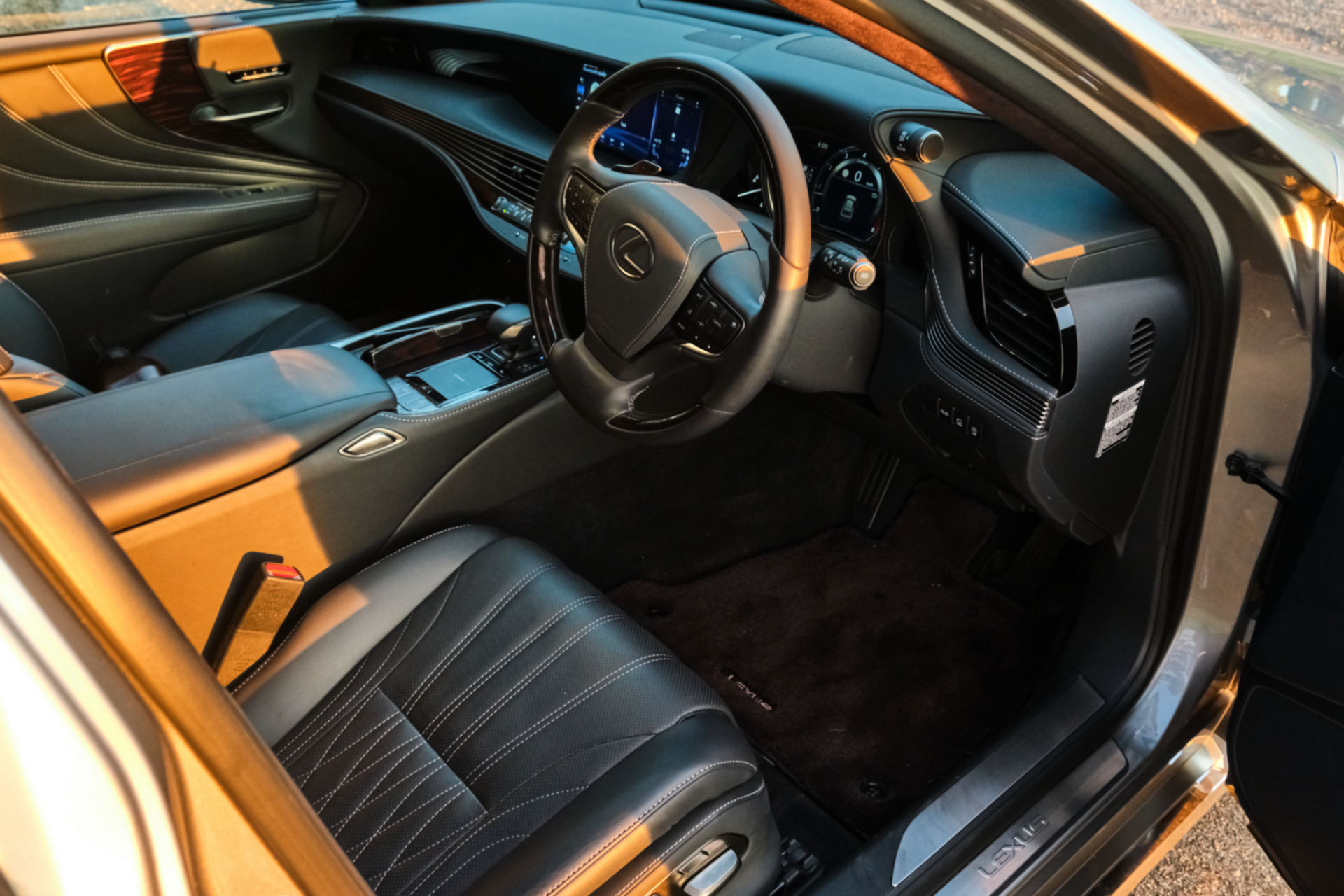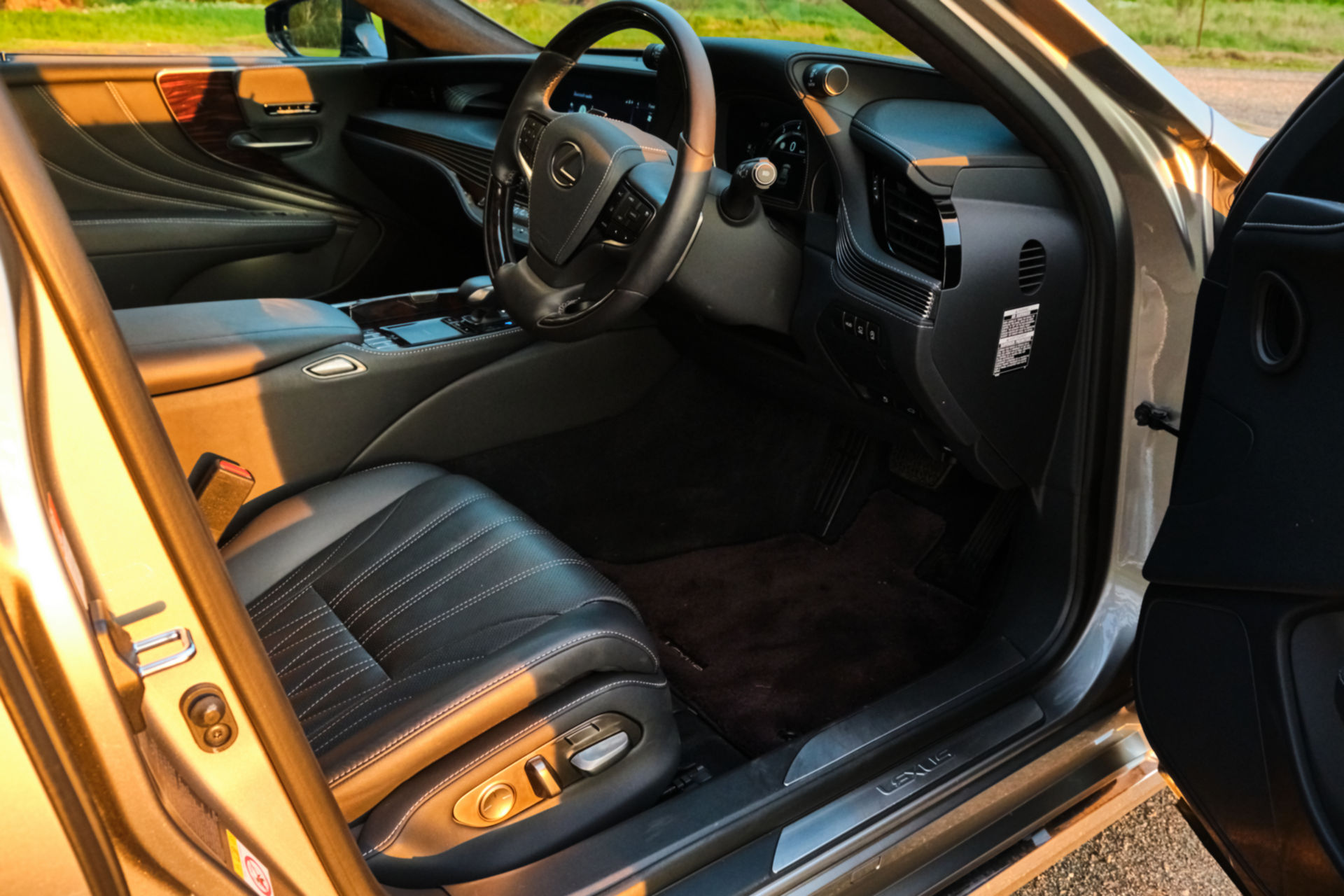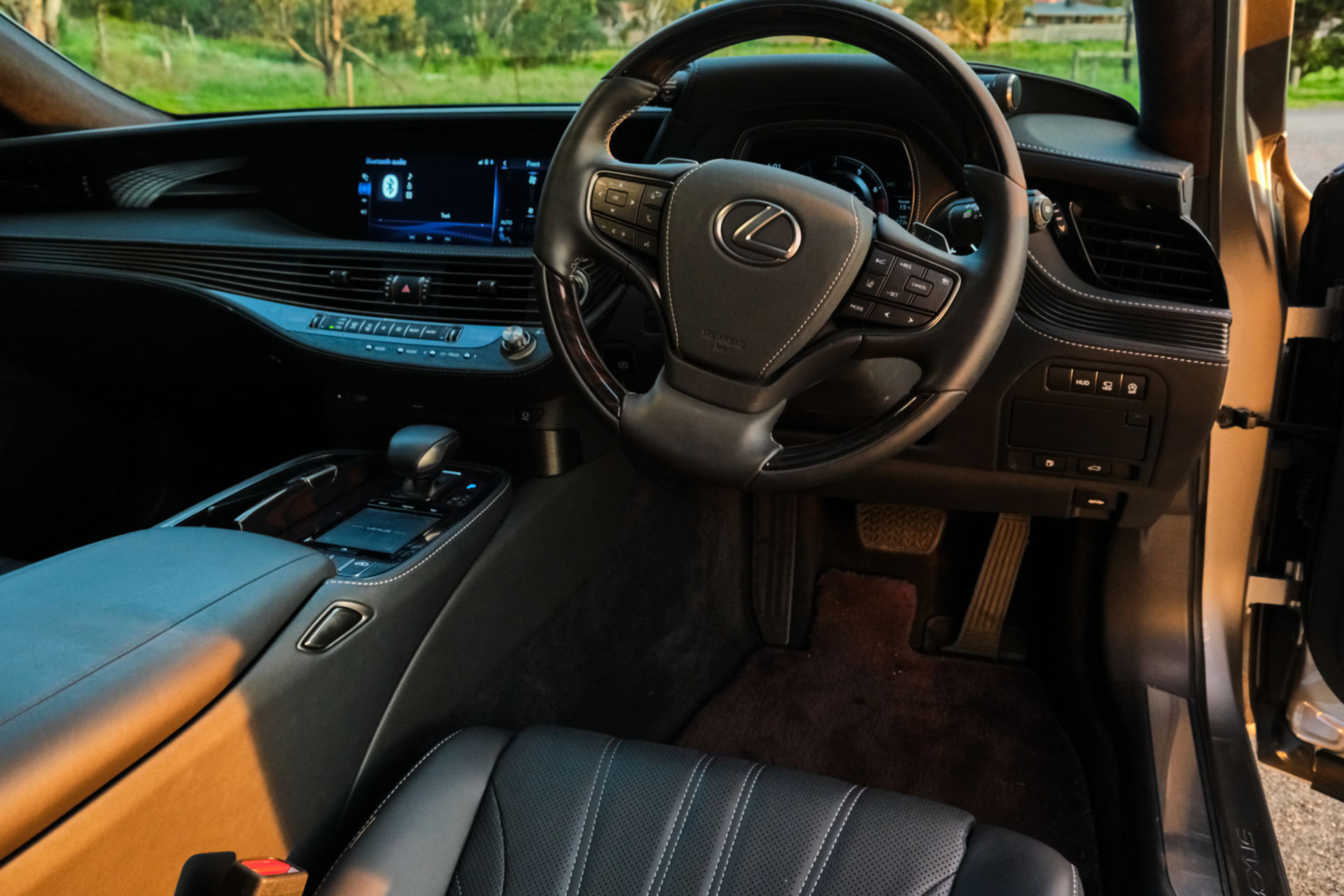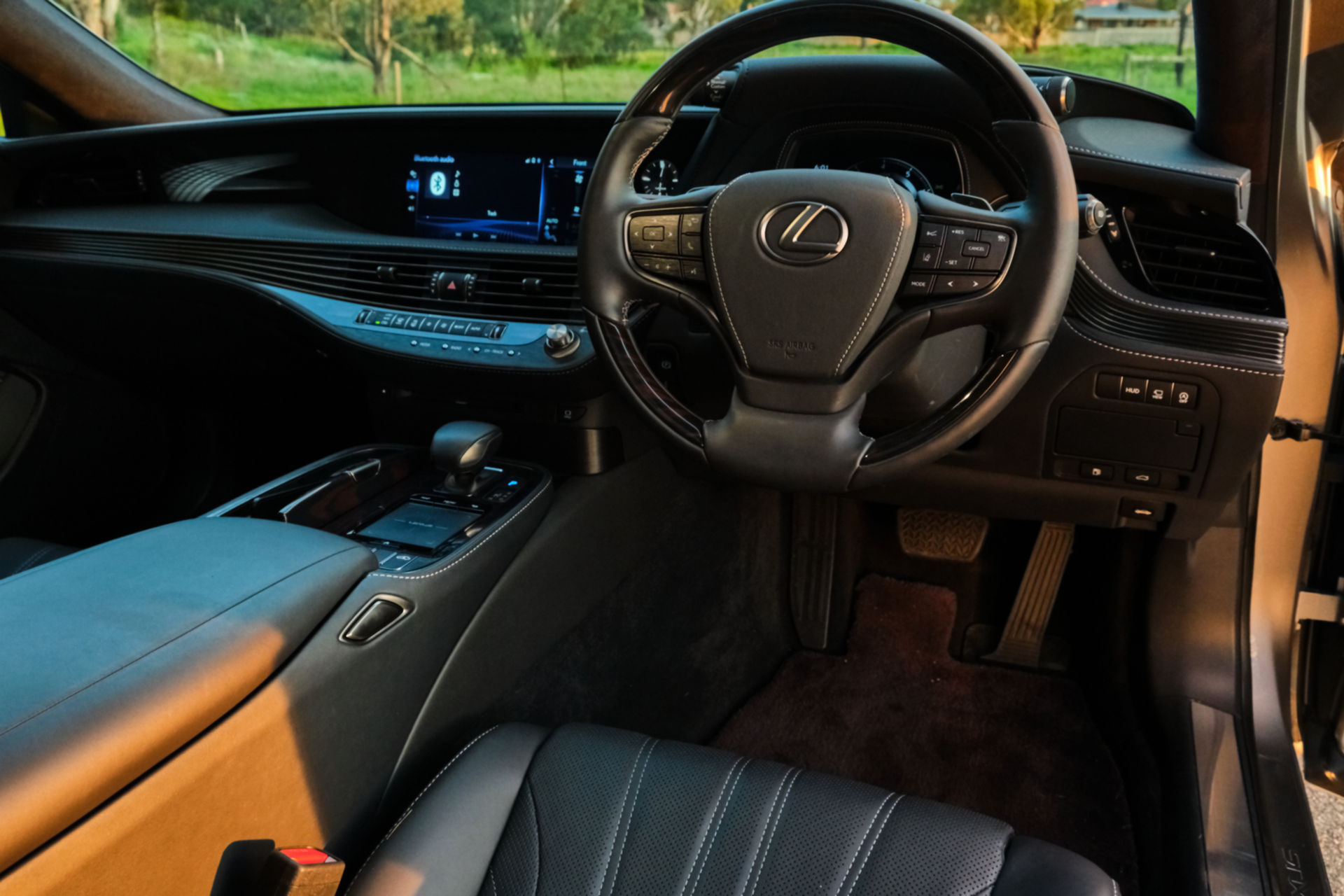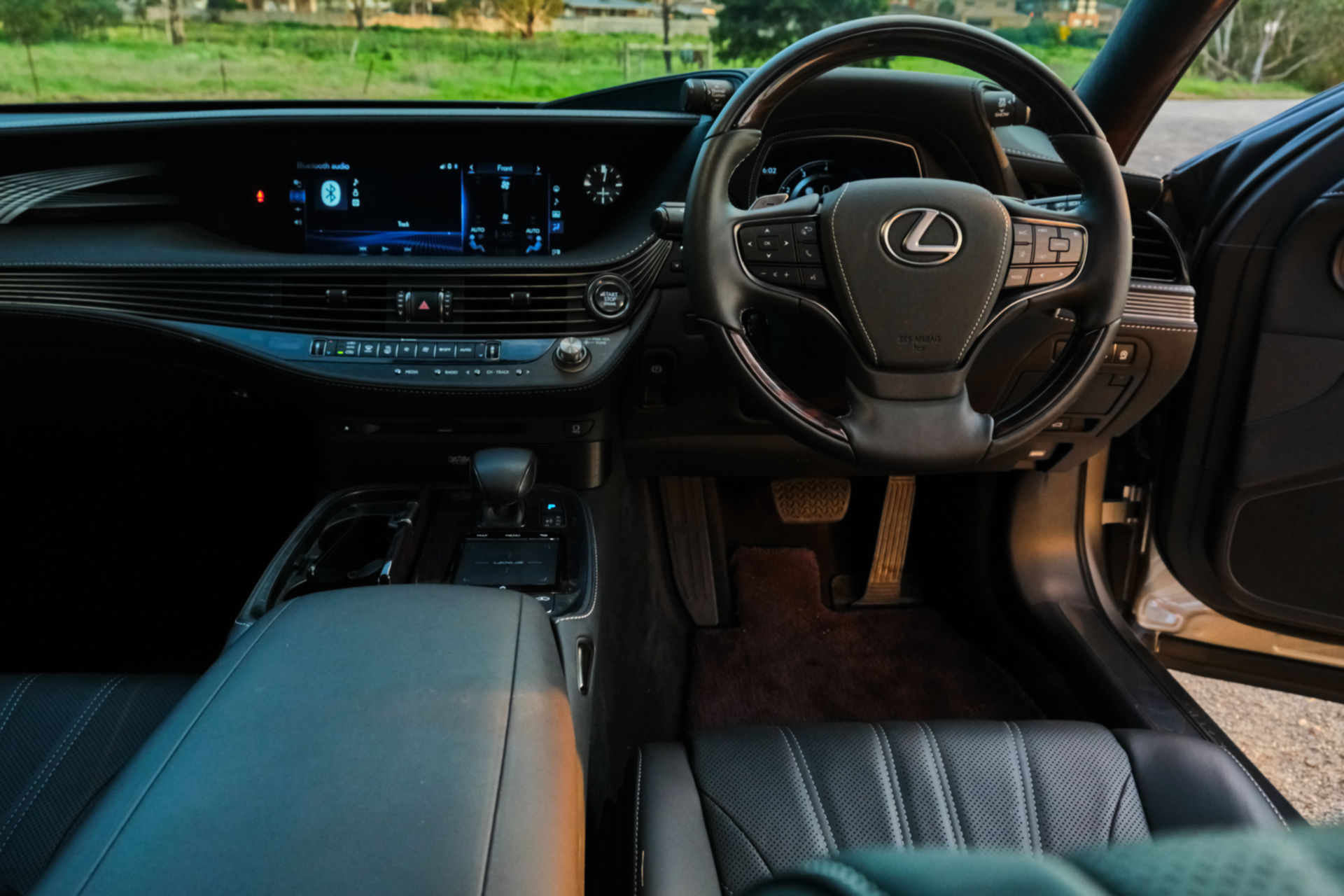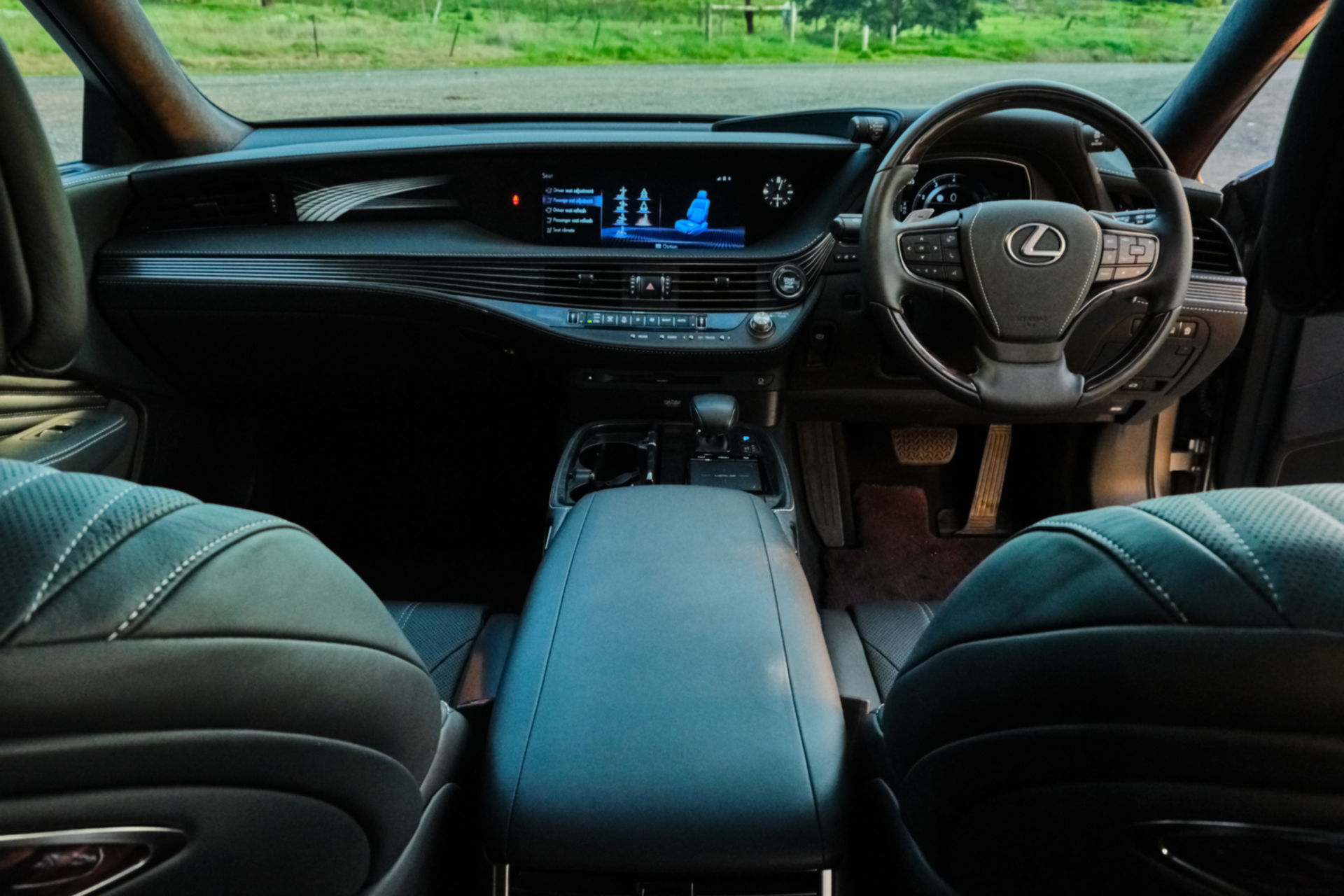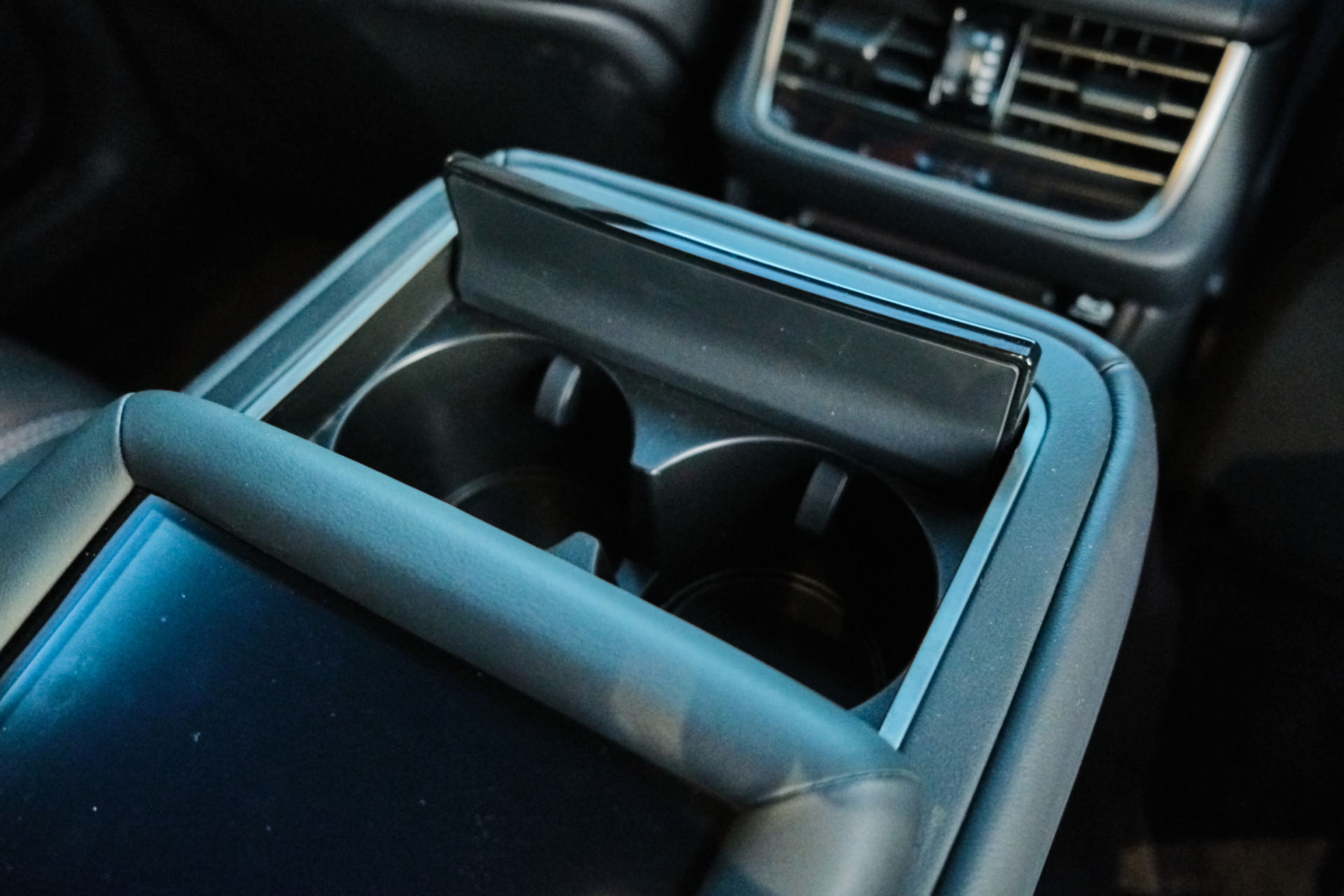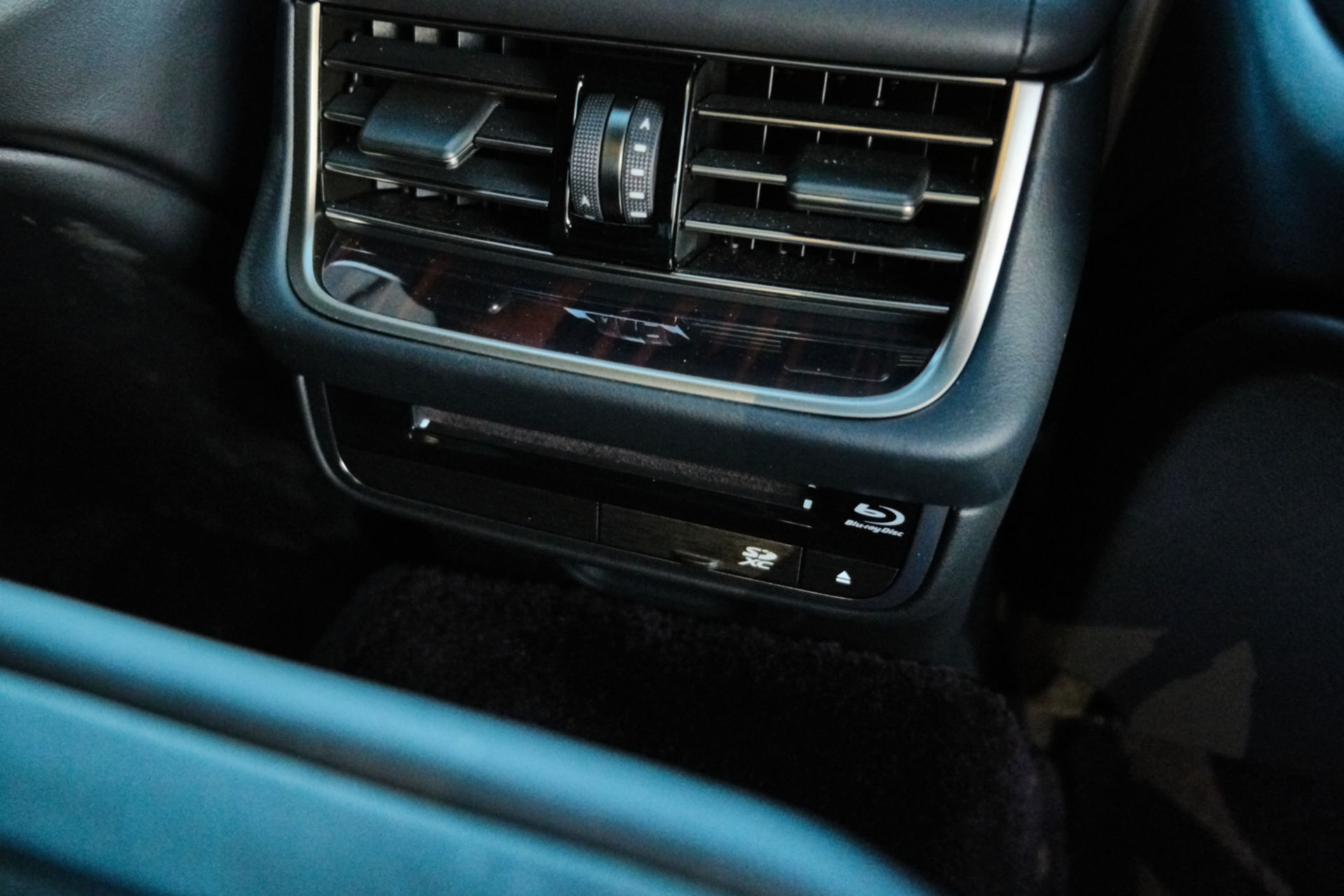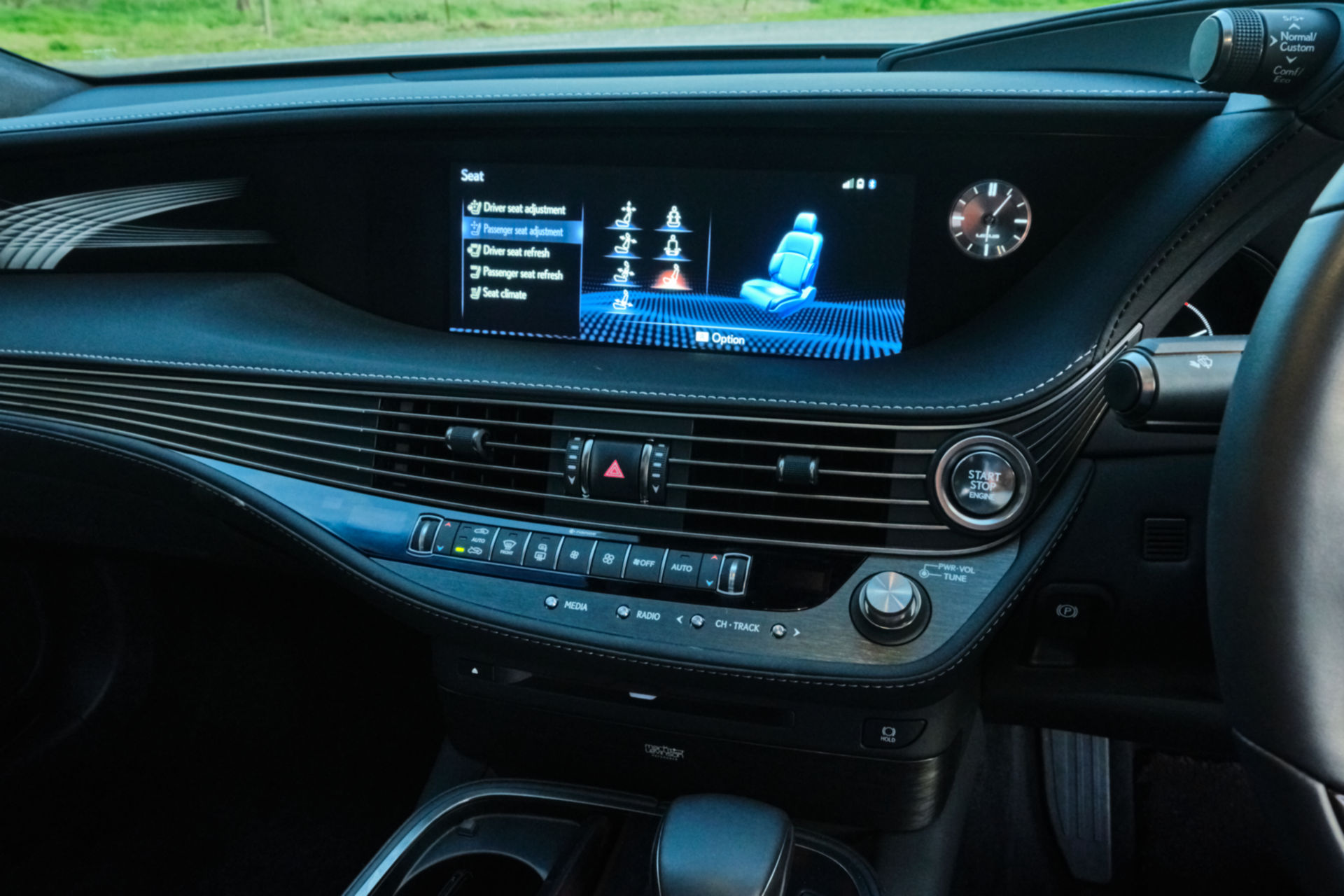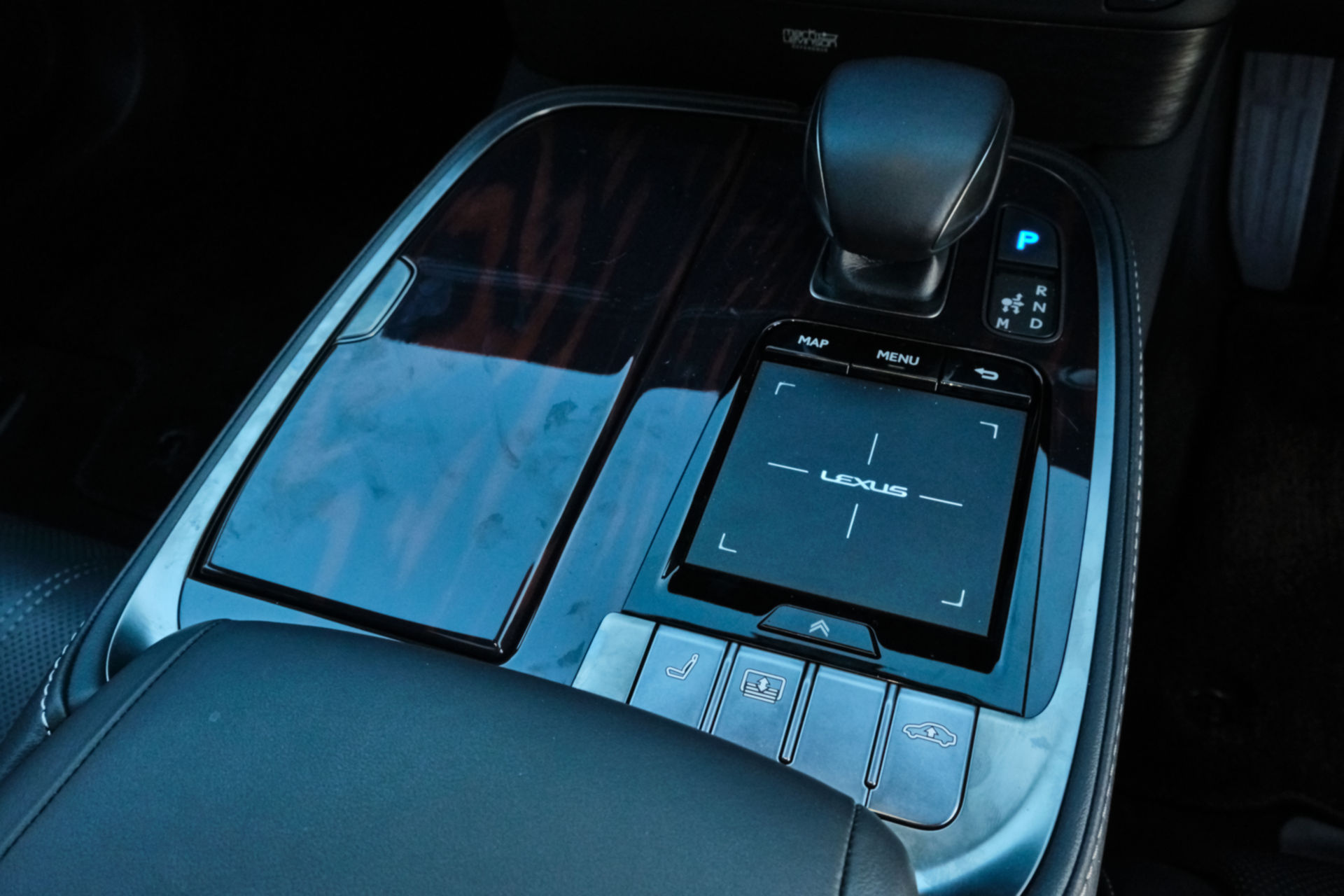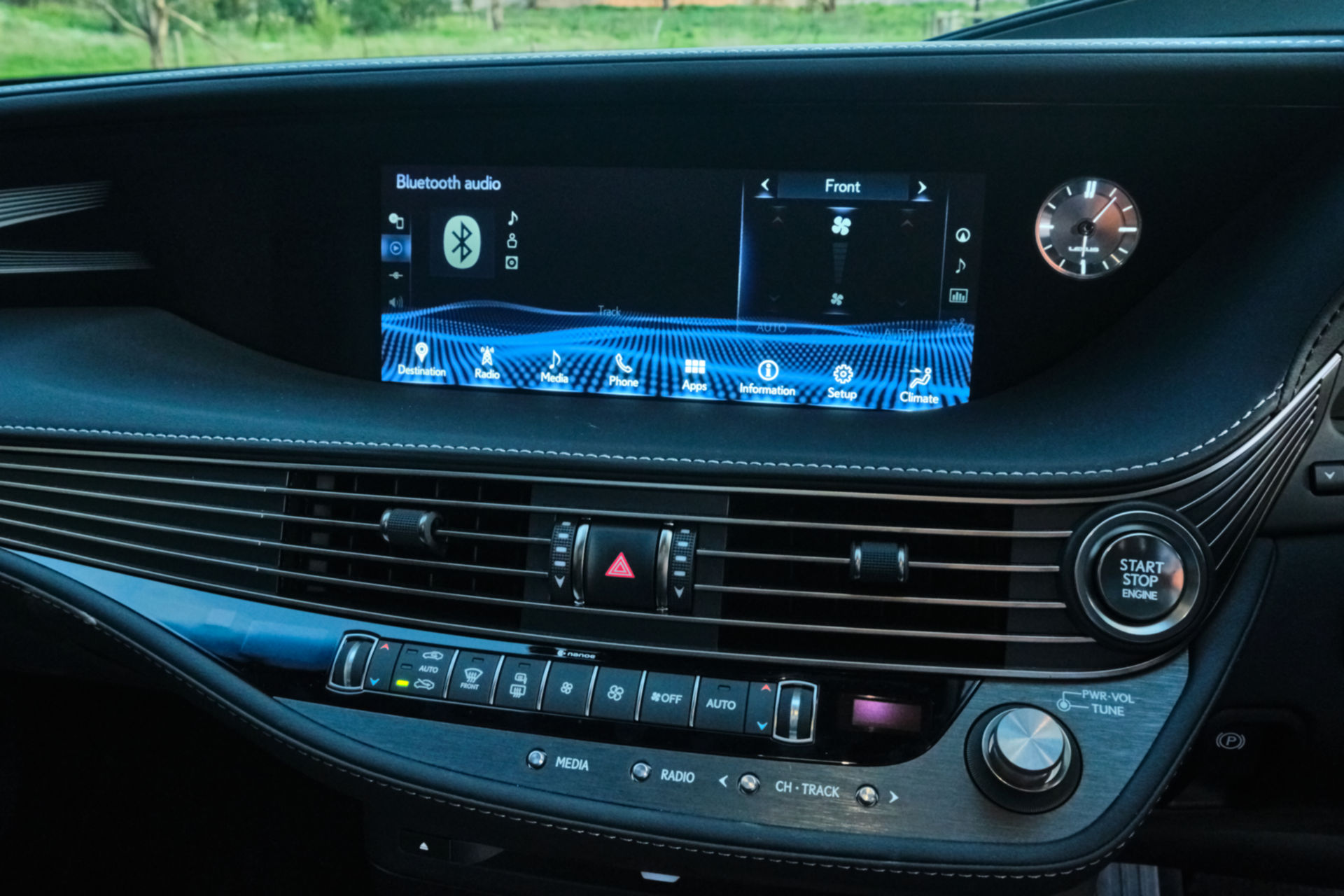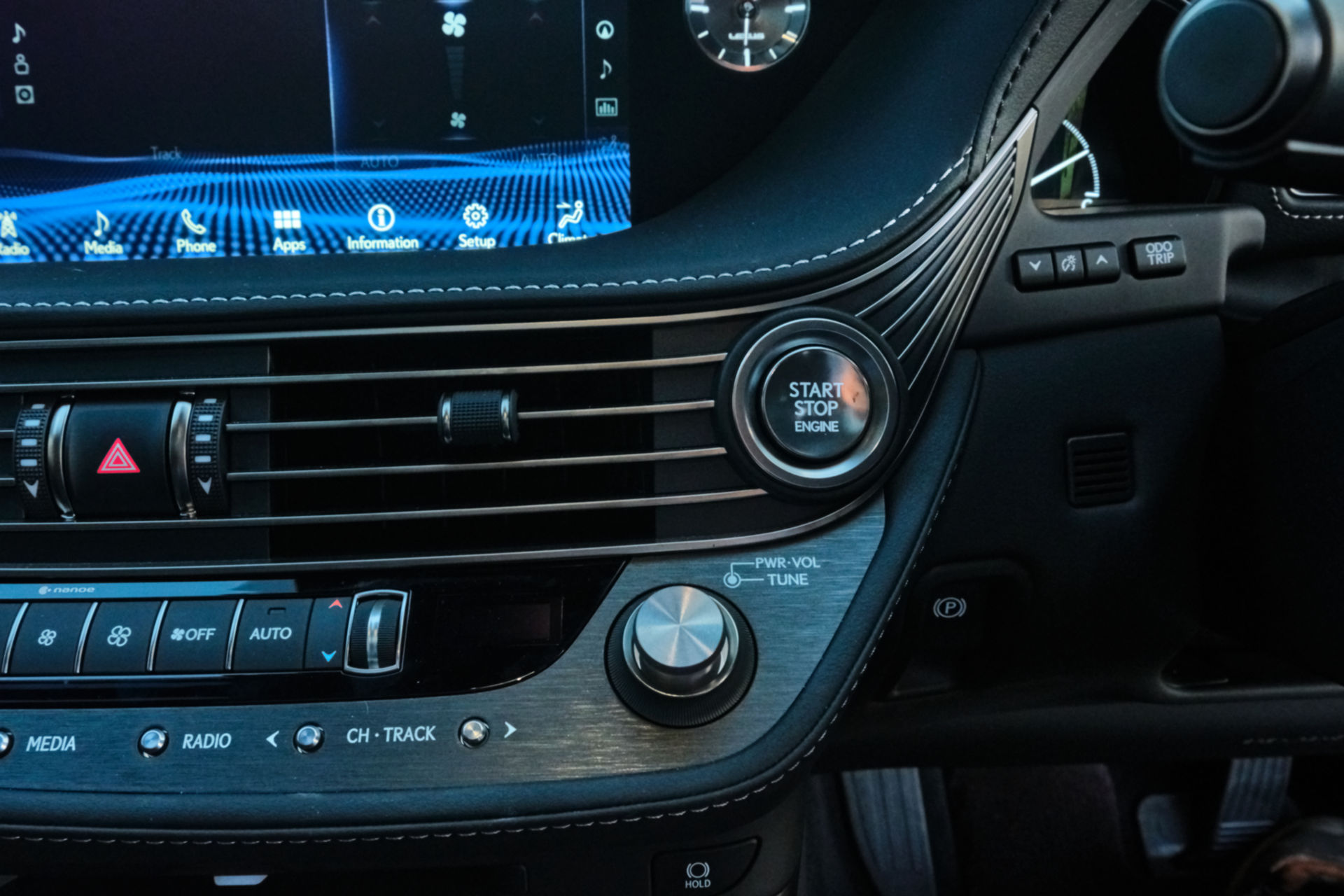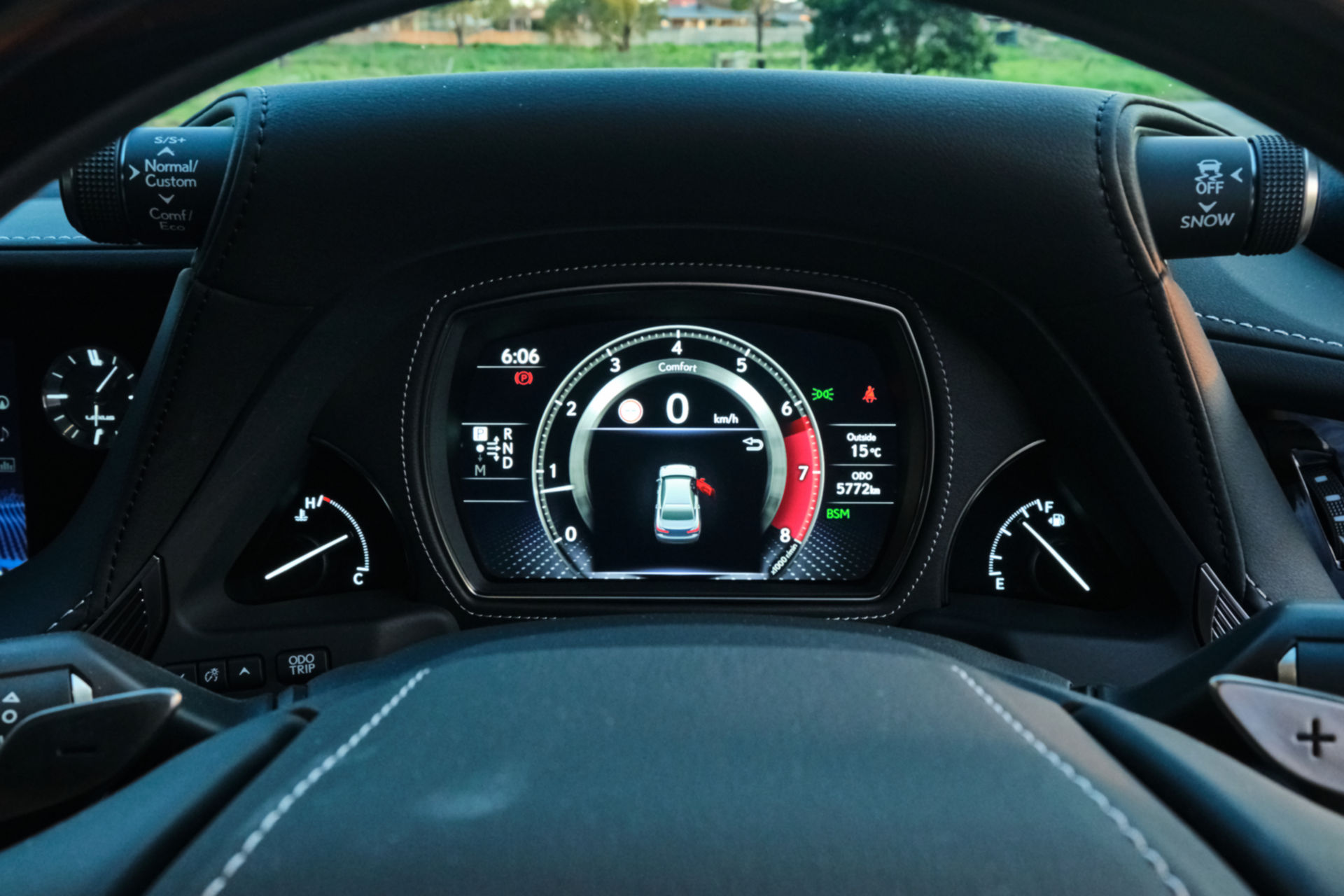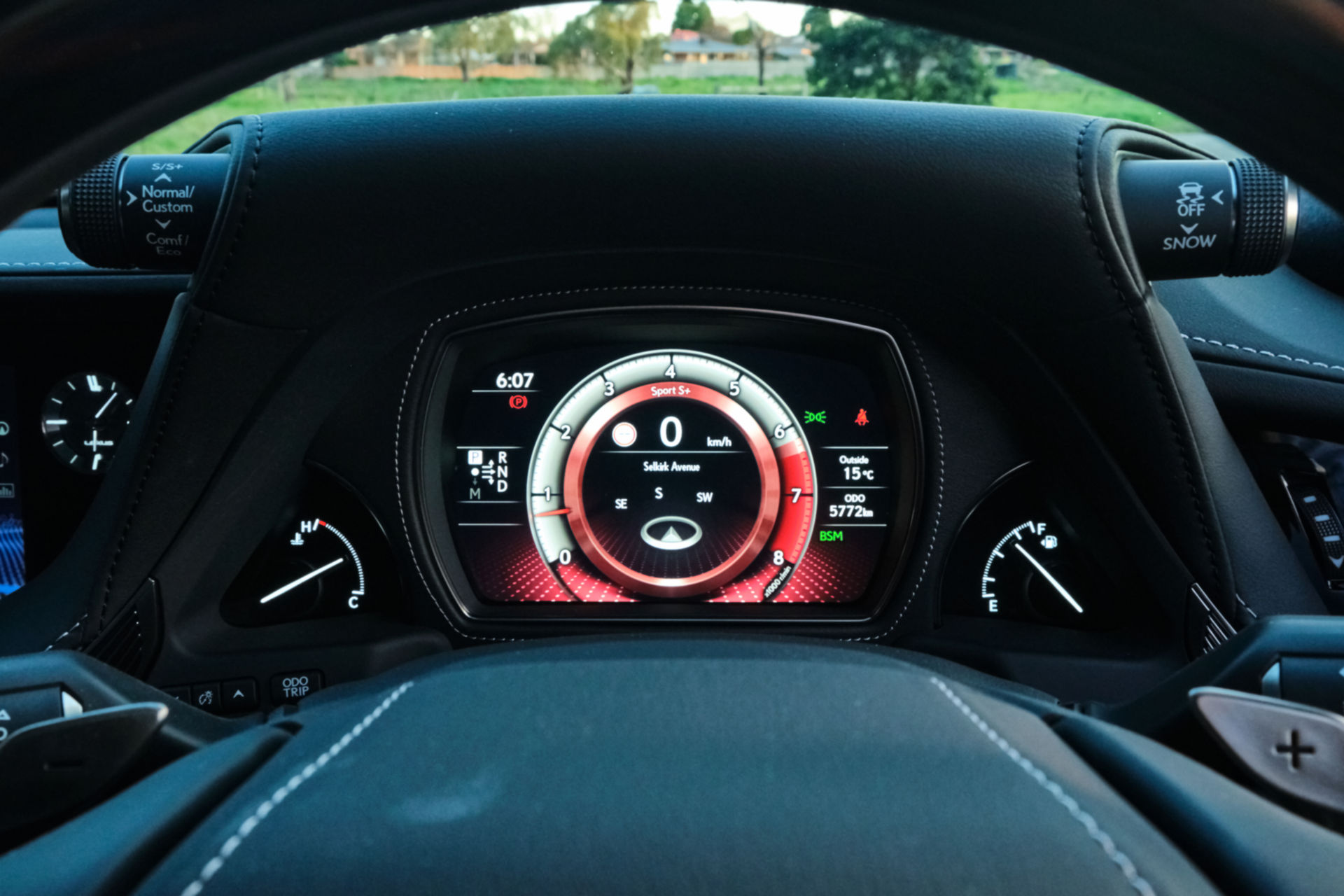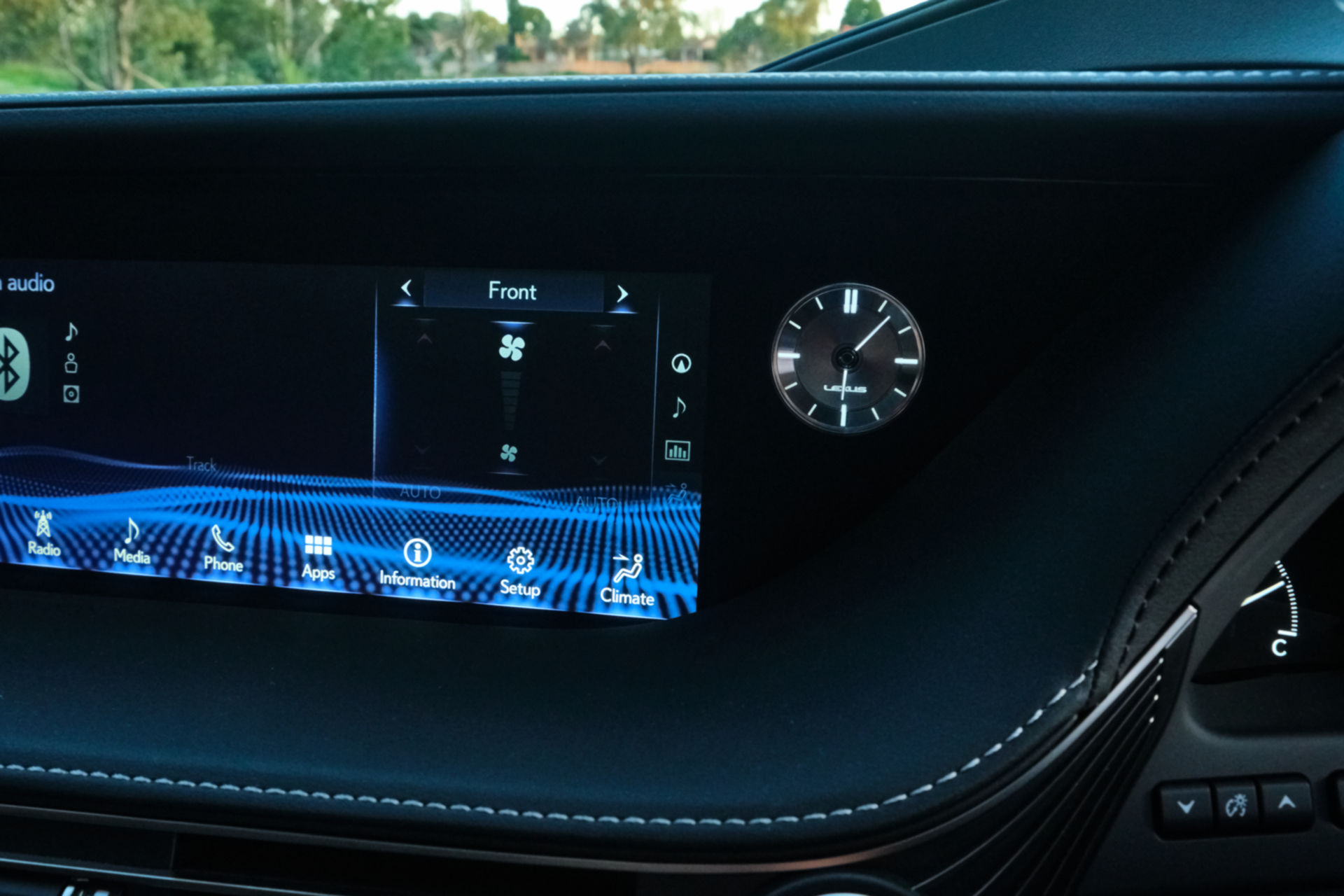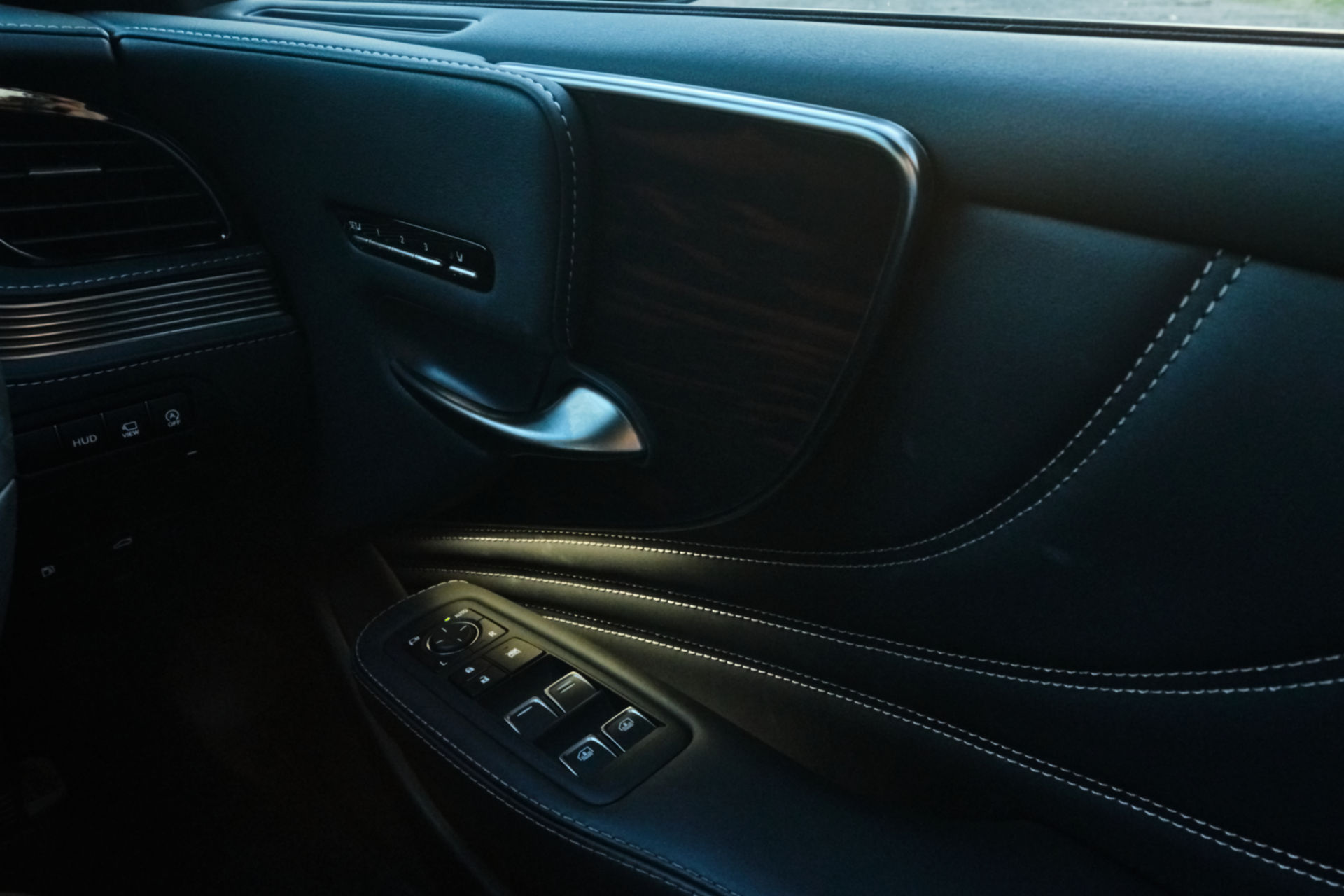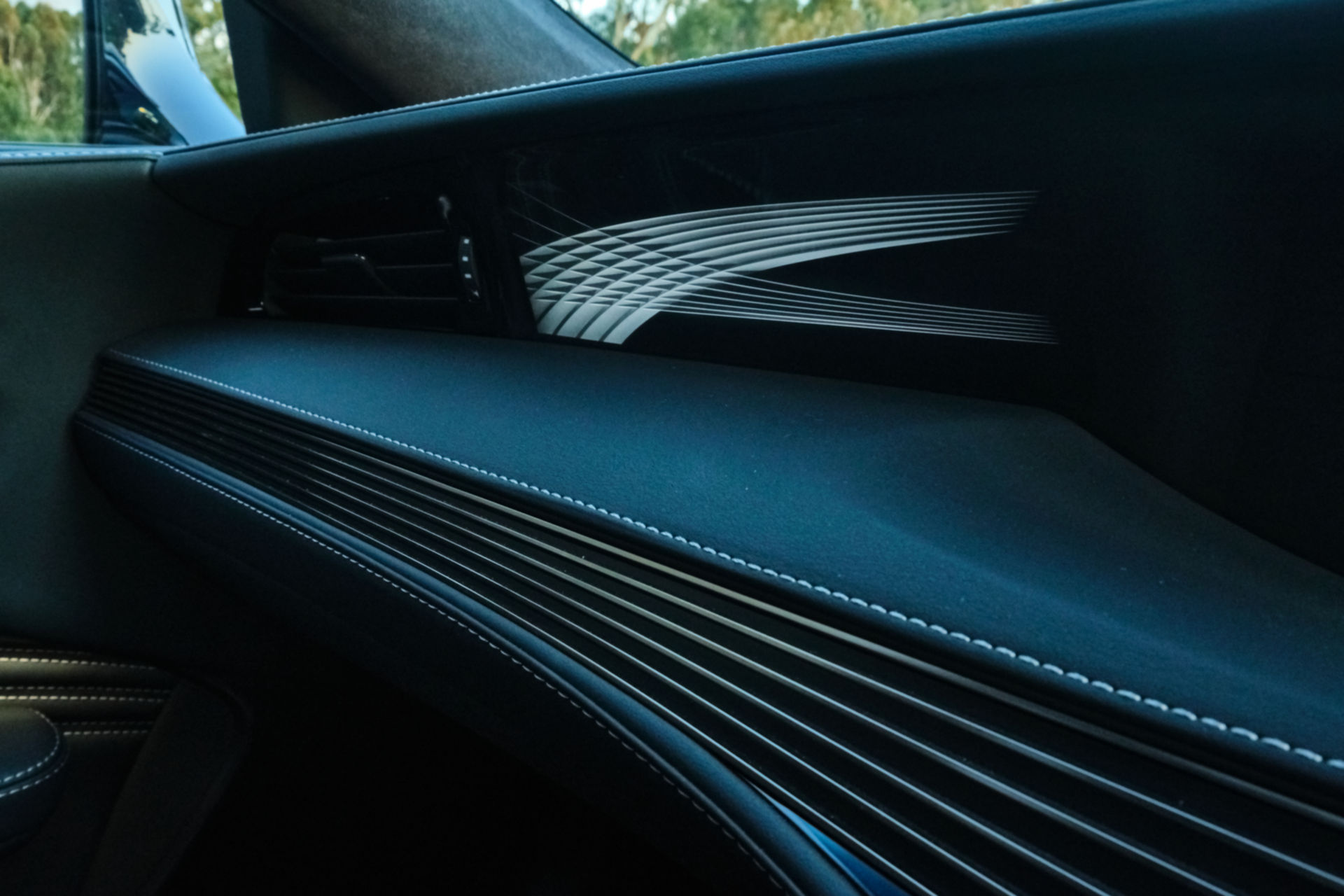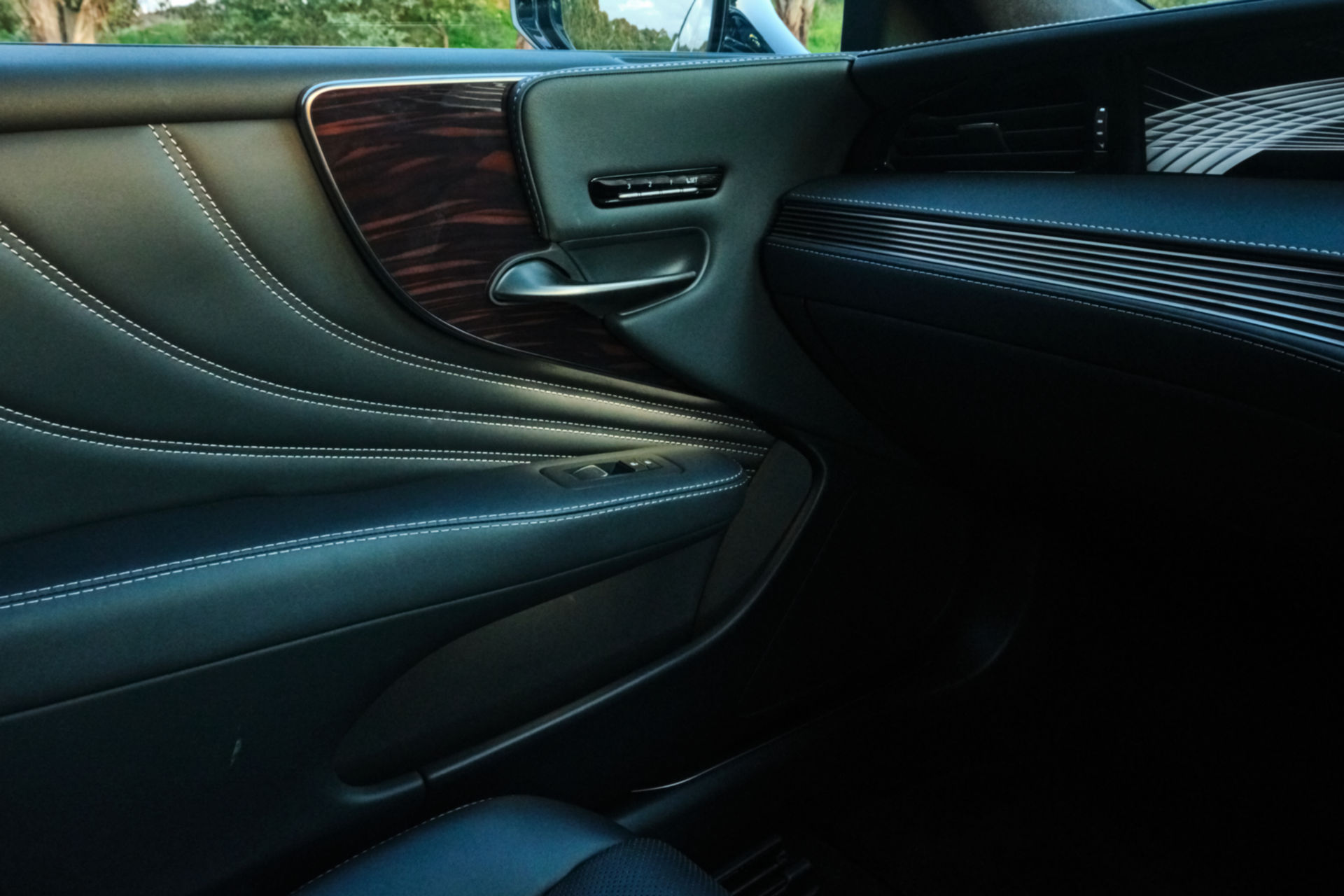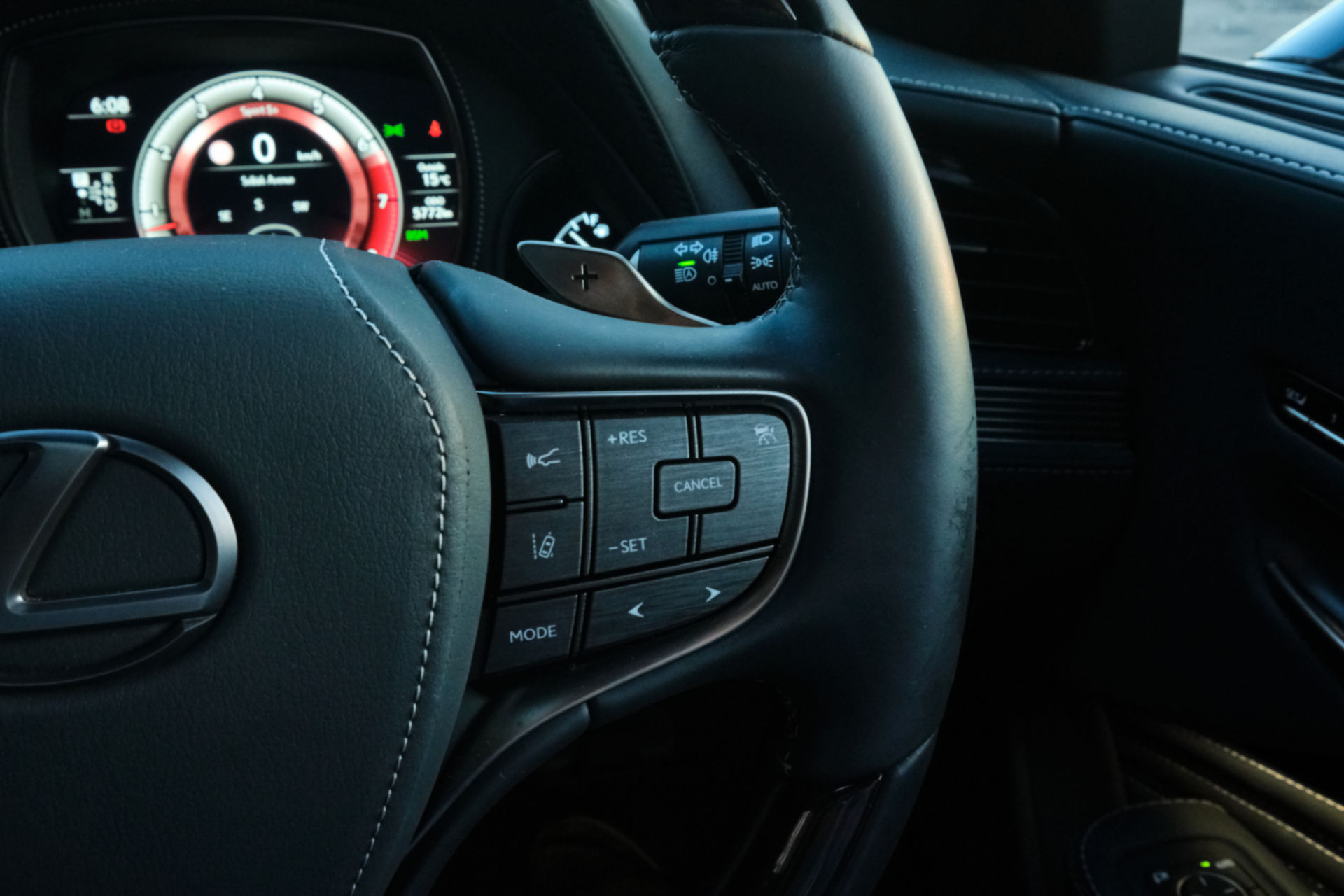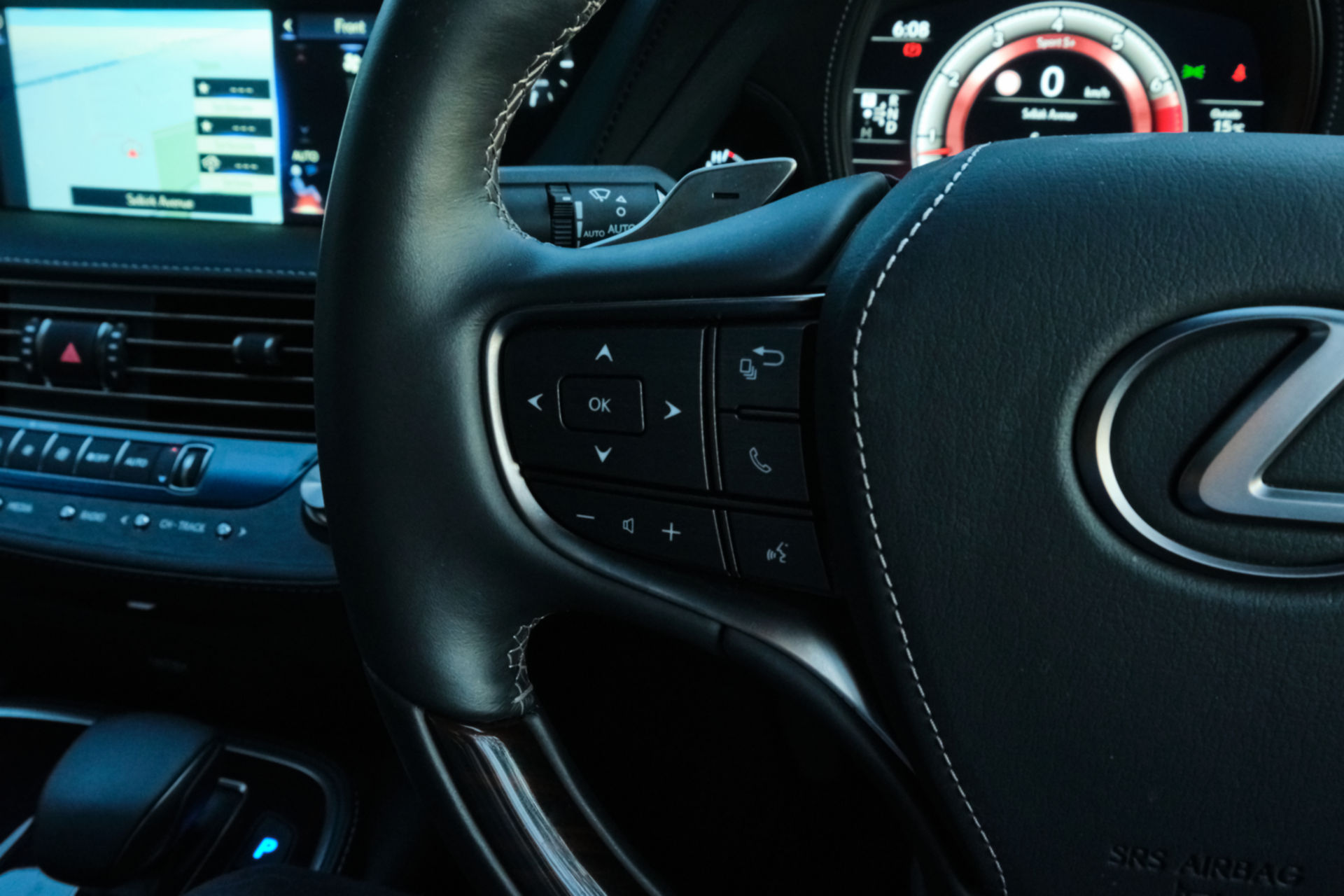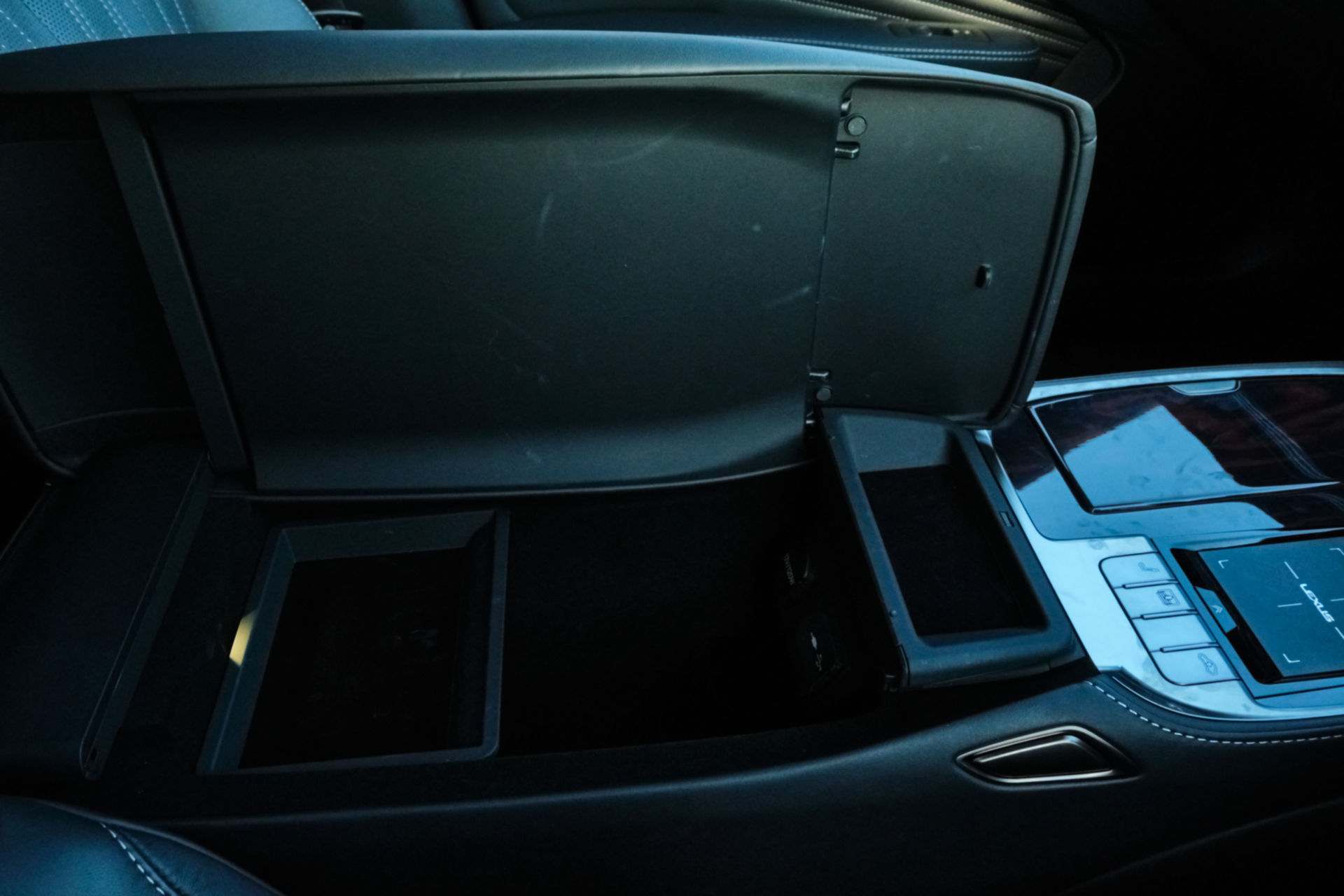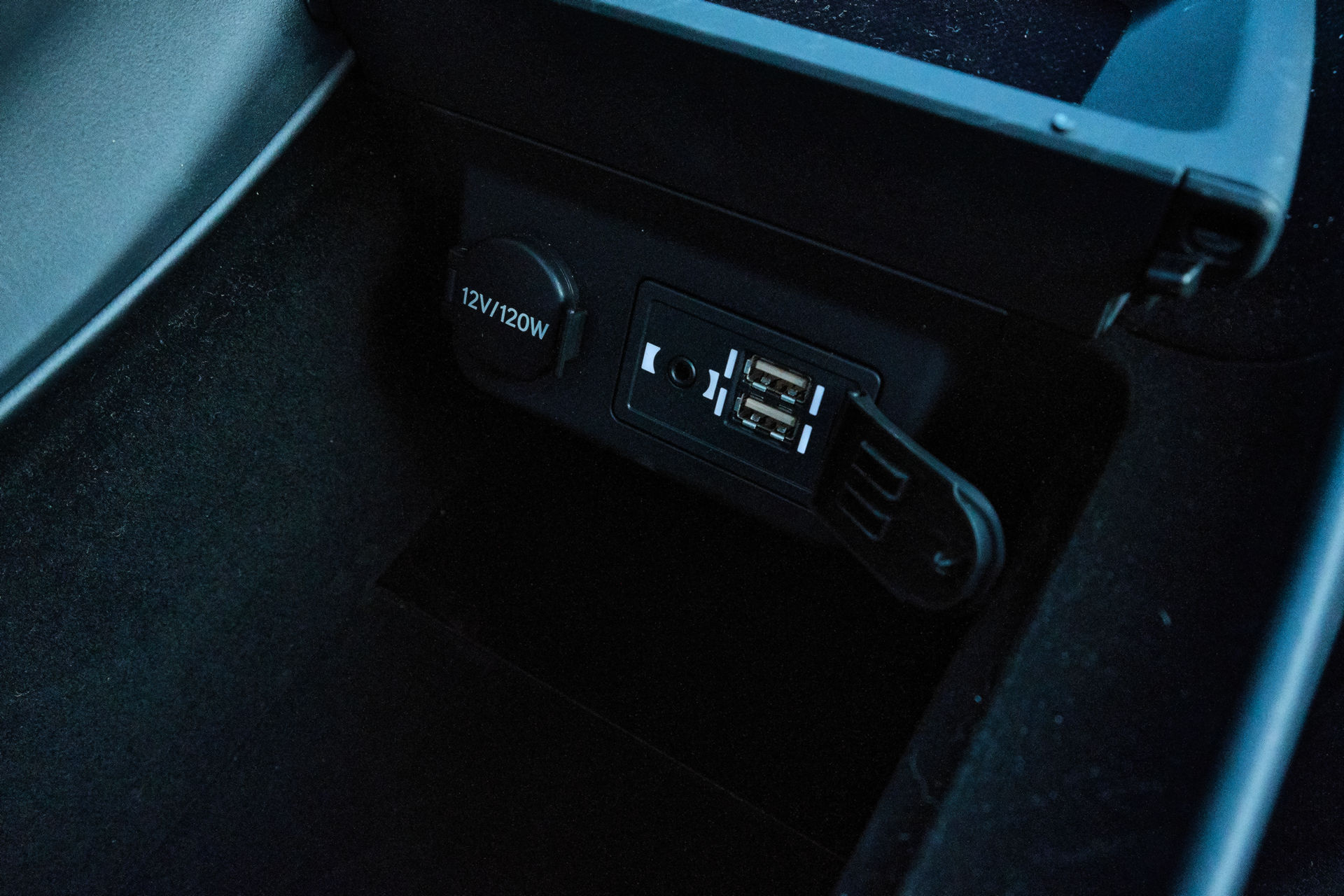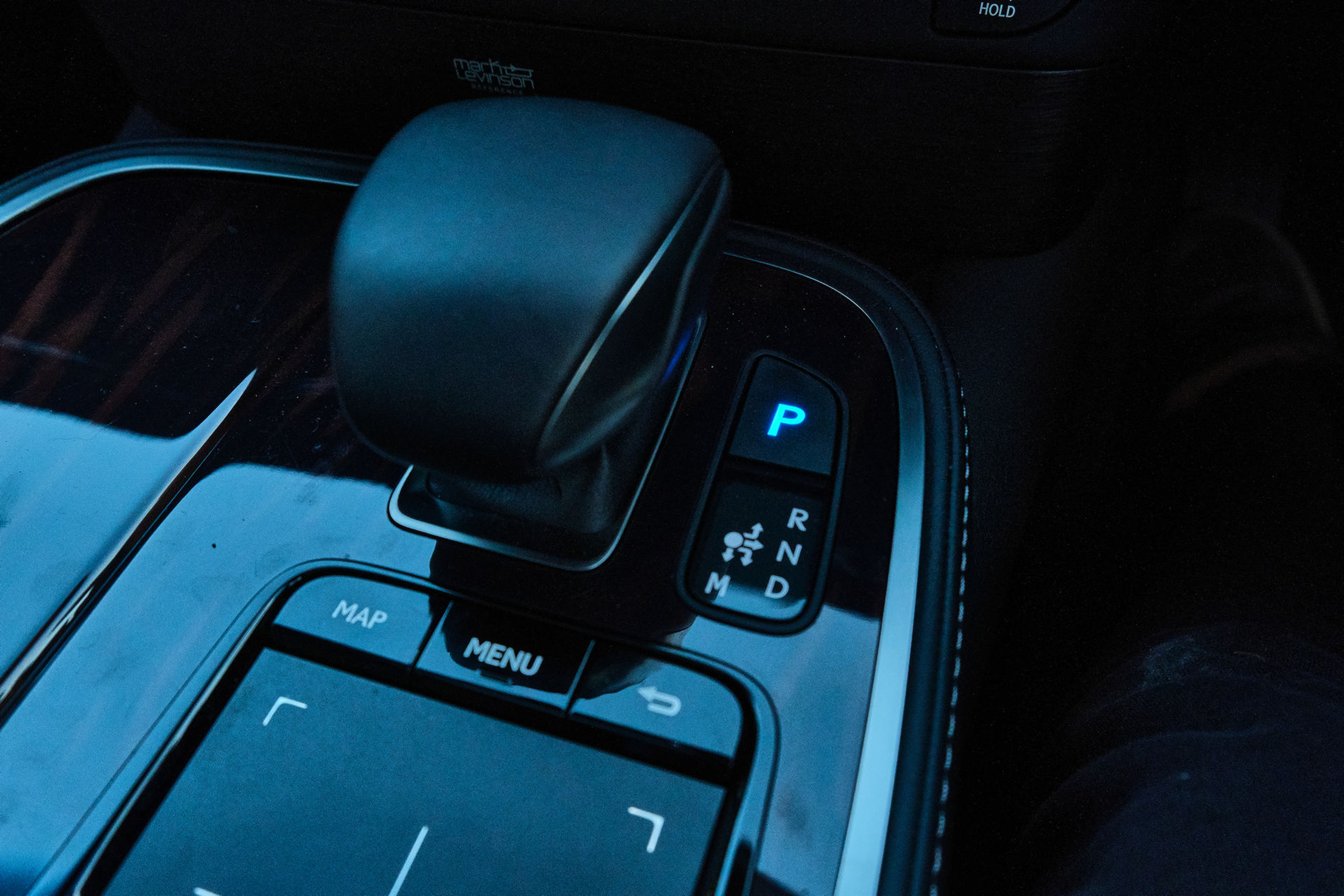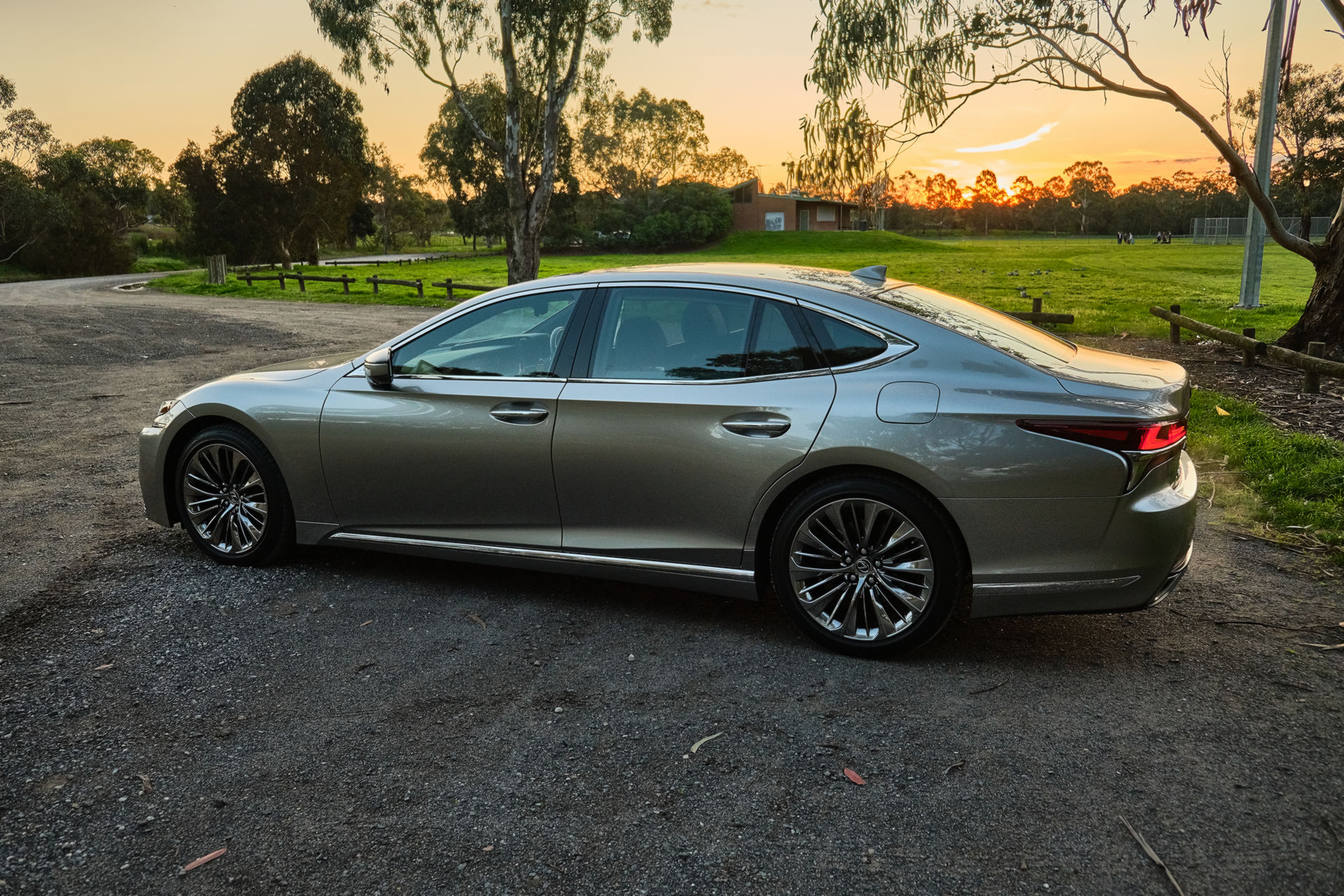The Mercedes-Benz S-Class, BMW 7-Series, and Audi A8 are the leaders of the pack when it comes to full-size luxury sedans and yet, in 1989, Lexus encroached on their turf with its flagship LS sedan which, for the time, was a game-changer.
That was long ago, though, and Lexus launched the all-new, fifth-generation LS in early 2017. It is vastly improved over its predecessors and we recently spent a week with the LS 500 Sports Luxury, which is priced a bit over AU$210,000 (US$141,708), to see what a thoroughly-modern flagship sedan from the Japanese luxury brand is all about and to determine if it is a legitimate rival to the Germans.
Underpinning the new LS is Toyota’s Global Architecture for Luxury vehicles (GA-L) that is part of the wider family of Toyota New Global Architecture (TNGA) platforms. The seductive LC 500 was the first Lexus to be based on this platform, and the parallels between the two are immediately apparent.
Striking is an understatement
It’s impossible to talk about the LS without mentioning its design. Much like the LC, the sedan has concept car-inspired looks and is extremely striking. Regardless of whether you like the look of the LS or not, it’s hard to deny that it looks sportier and is much more evocative in its design than the S-Class, A8, and 7-Series, which are more conservatively styled. The LS is a breath of fresh air in a segment of the market that’s traditionally focused on technologies as opposed to cars that actually appeal to the eye.
Dominating the front of the LS 500 is the company’s signature, and somewhat controversial, spindle grille. It’s big, imposing, and has been elegantly incorporated into the LS. Flanking the grille are small air intakes as well as sharp Z-shaped headlights and daytime running lights.
Approaching the LS, perhaps the first thing that strikes you is just how long, sleek, and sporty it looks. On paper, it measures 5,235 mm (106.1-inches) in length, has a 3,125 mm wheelbase (123-inches), is 1,900 mm (74.8-inches) wide and 1,461 mm (57.5-inches tall). These measurements are similar to the current S-Class although the LS is slightly longer and slighter lower. In person, it looks even lower than it really is.
Roughly a decade ago, Toyota president and chief executive Akio Toyoda vowed that cars from the Japanese manufacturer would no longer be considered ‘boring’. Toyota and Lexus’s newfound determination to make cars that are exciting to look at is apparent in the LS. There’s really no mistaking it for anything else on the road.
Like driving on a cloud
Of course, luxury sedans like these are not just about exterior design, but mostly about their interiors, so let’s see what the Lexus brings to the table.
Similarities with the LC 500 are striking when you take a look inside. There are the same ‘floating’ door handles, a similar dashboard layout, and the same perfect driving position. Occupants sitting up front have a set of 28-way power-adjustable seats to enjoy. You can tweak the seats using the manual controls or alternatively, dive into the seat menu in the infotainment system for further customization, such as adjusting the lumbar support, how tight the bolsters squeeze your butt and ribs, and the height and angle of the headrest. Heated and cooled functions are present as are a number of massage options. There really is nothing like driving a car while getting a warm massage.
The LS 500 I drove was the Sports Luxury model, which comes with a AU$5000 (US$3374) premium over the F Sport and adds four-zone climate control, a rear drinks cooler, powered side and rear sunshades, as well as cooled and massaged seats.
Supple leather adorns most of the interior surfaces, including the steering wheel, gauge cluster surround and dashboard. That gauge cluster, by the way, includes a configurable digital display, as well as a superb Head-Up Display. Not everything is sunshine and rainbows, however, as Lexus insists on still using its flawed infotainment system that’s accessible exclusively via a touchpad directly behind the gear selector. If the screen wasn’t as recessed in the dashboard as it is, Lexus could update it with a touchscreen that would solve all the issues. Keeping the touchpad as a secondary control option wouldn’t be a bad idea, but a touchscreen is, nowadays, a must.
A car made to be driven in
The LS 500’s interior is taken up another notch at the rear, as one would expect from a vehicle that prioritizes rear-seat passengers over those at the front. The two main seats are just as comfortable as those up front and controlled exclusively through a responsive touchscreen in the center divider (which also doubles as a third seat). Both rear seats can be reclined, but the passenger-side rear seat is the place you want to be. With a simple touch of a button on the central display, the front passenger seat slides forward and the rear seat steadily reclines, allowing you to stretch out like in a business class seat on an airliner. It’s funny that rear seat passenger have a great touchscreen to use but those at the front don’t…
Also Read: 2020 LS 500 Is First Lexus Sedan To Get The Inspiration Series Treatment
Numerous massage functions are available at the rear including what Lexus dubs a ‘Full Body Fresh’, ‘Full Body Stretch’, and ‘Full Body Simple.’ There are also TV screens for both passengers yet, curiously, they are not touchscreens and only display information and any BluRay discs you may insert. No matter where you sit, though, you get to enjoy a stunning, 23-speaker Mark Levinson audio system.
You don’t really notice the heft
Power for the LS 500 comes from a 3.5-liter twin-turbocharged V6 delivering 415 HP and 600 Nm (440 lb-ft) of torque. This engine is mated to the same 10-speed transmission as the LC, which is incredibly smooth and does a good job of mimicking the refinement of a dual-clutch when driven in a calm manner. Push it, though, and it can be a little slow to respond.
There are six driving modes (Normal, Eco, Comfort, Sport, Sport+ and Custom) that allow you to match your driving style with the right setup. In Comfort, which is the one we presume the majority of owners will select for most of the time, the suspension is supple and soaks up bumps precisely and with little fuss. Turn things up to Sport+ and everything stiffens up providing the driver with a similar feeling to what you’ll find in the LC 500. For a vehicle of this size that weighs roughly 2,300 kg (5,070 lbs), that’s a big compliment. Dare I say it, it feels certifiably sporty up until the moment you turn a little too aggressively into a corner and the car’s weight reveals itself.
The Germans can’t make a sedan look this good
Lexus says the car sips 9.5-liters per 100 km (24.7 U.S. mpg). In our time with it, that figure exceeded 12 l/100 km (19 mpg) on average, and we suspect achieving the claimed 9.5 l/100 km would be a challenge, if not impossible.
Among the key safety and driver-assistance technologies that come standard with the LS 500 includes radar cruise control, lane-departure warning, lane-keep assist, fatigue monitoring, and autonomous emergency braking. These systems work superbly on well-marked roads yet aren’t on the same level as those from the Germans, in particular, the latest Audi A8 with its Level 3 partial automation and what we expected from the next-generation Mercedes-Benz S-Class.
It’s hard not to be impressed by the LS. The car oozes class, sophistication, and refinement. It also happens to be very stylish, both inside and out and certainly worthy of being mentioned in the same breath as the S-Class, 7-Series, and A8. It could be made even better with more advanced driver-assistance technologies and a better infotainment system but hey, you can never have it all, can you?



